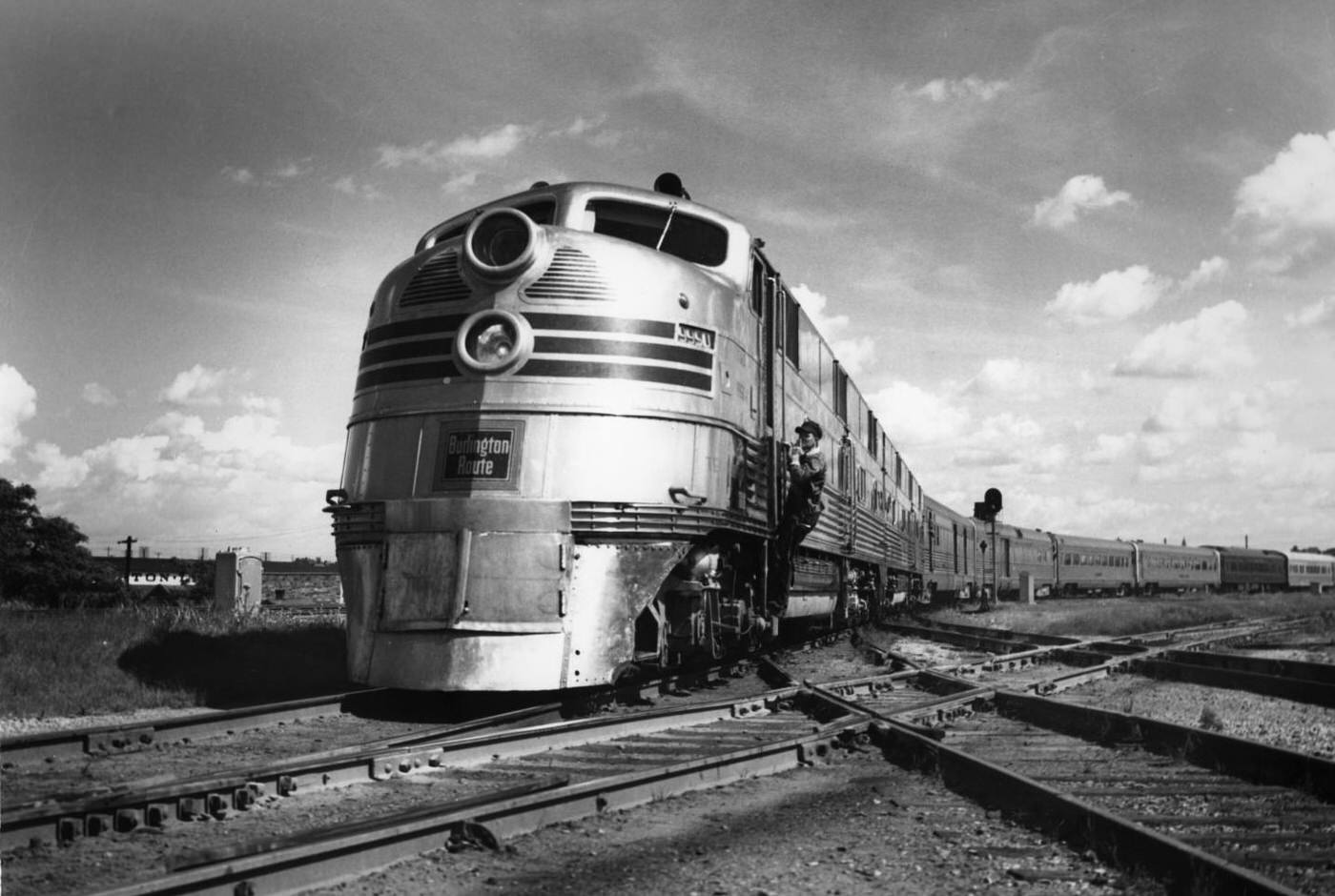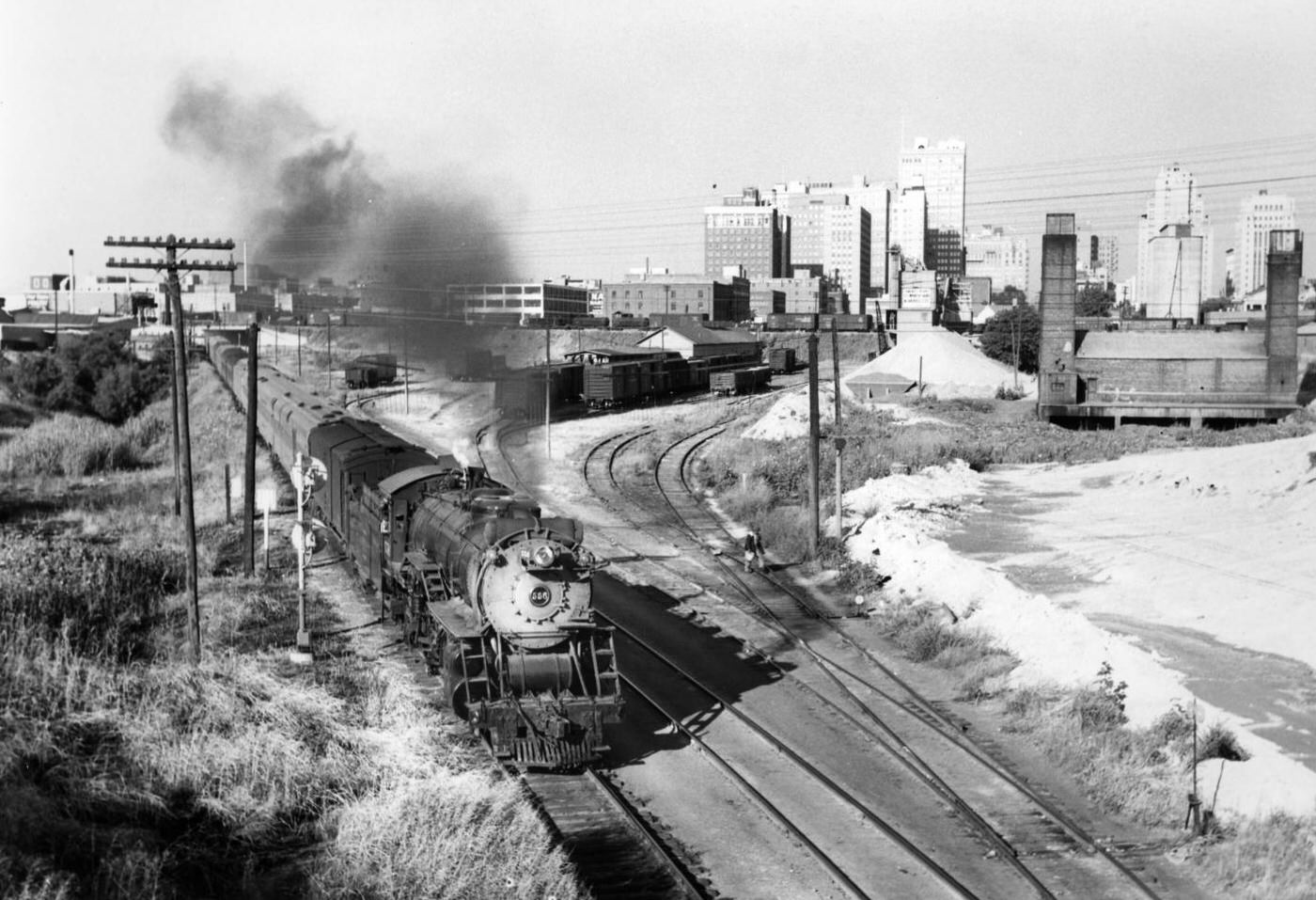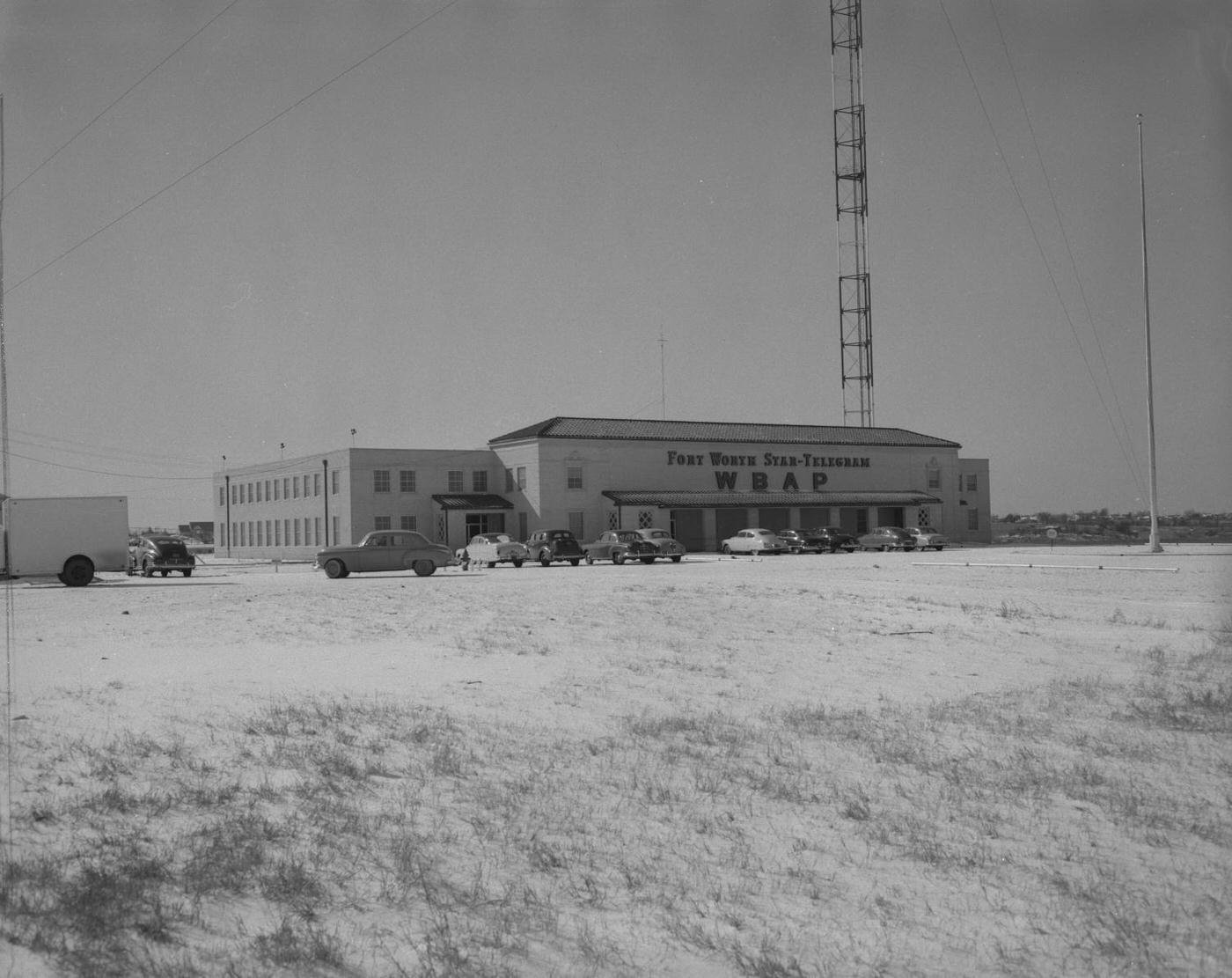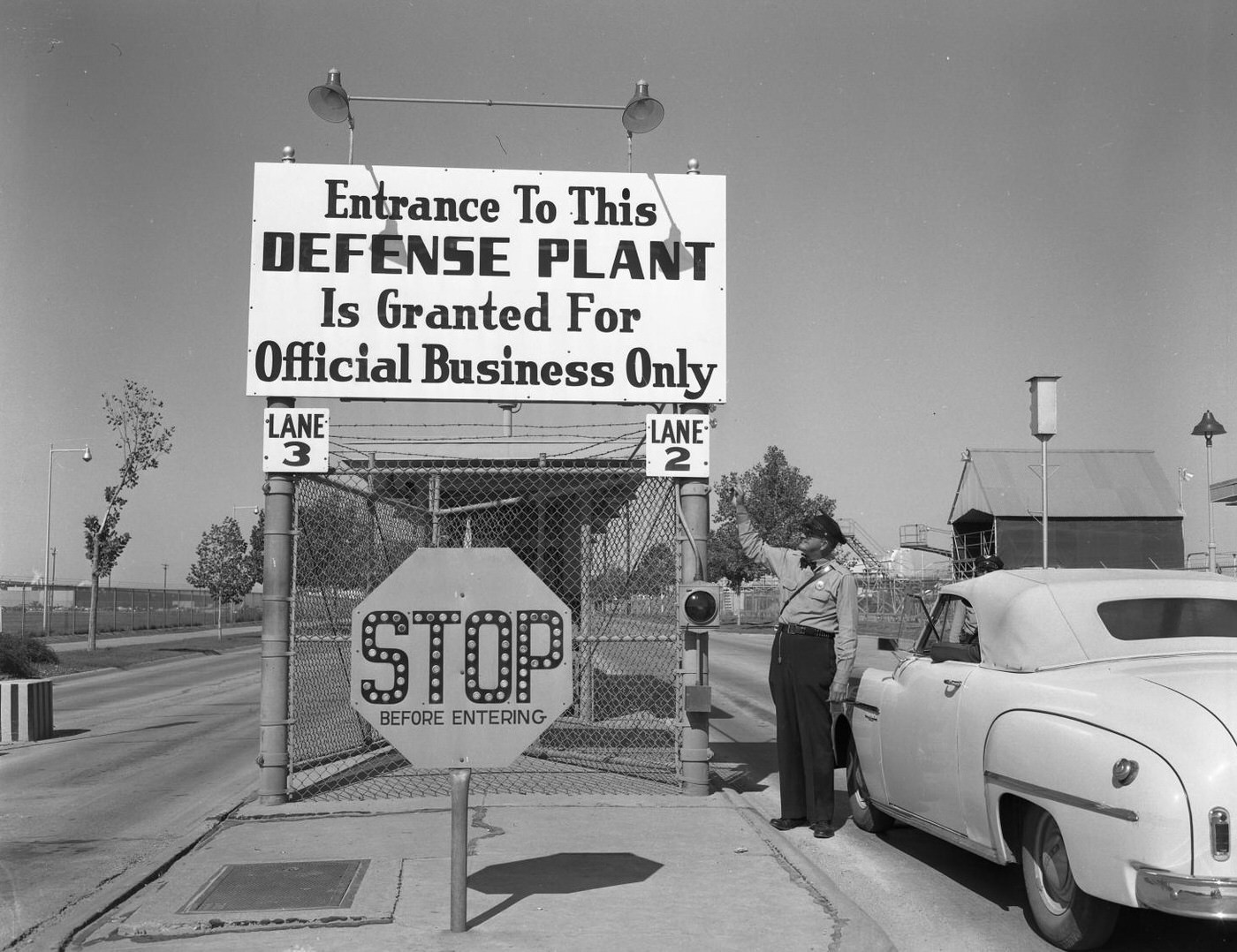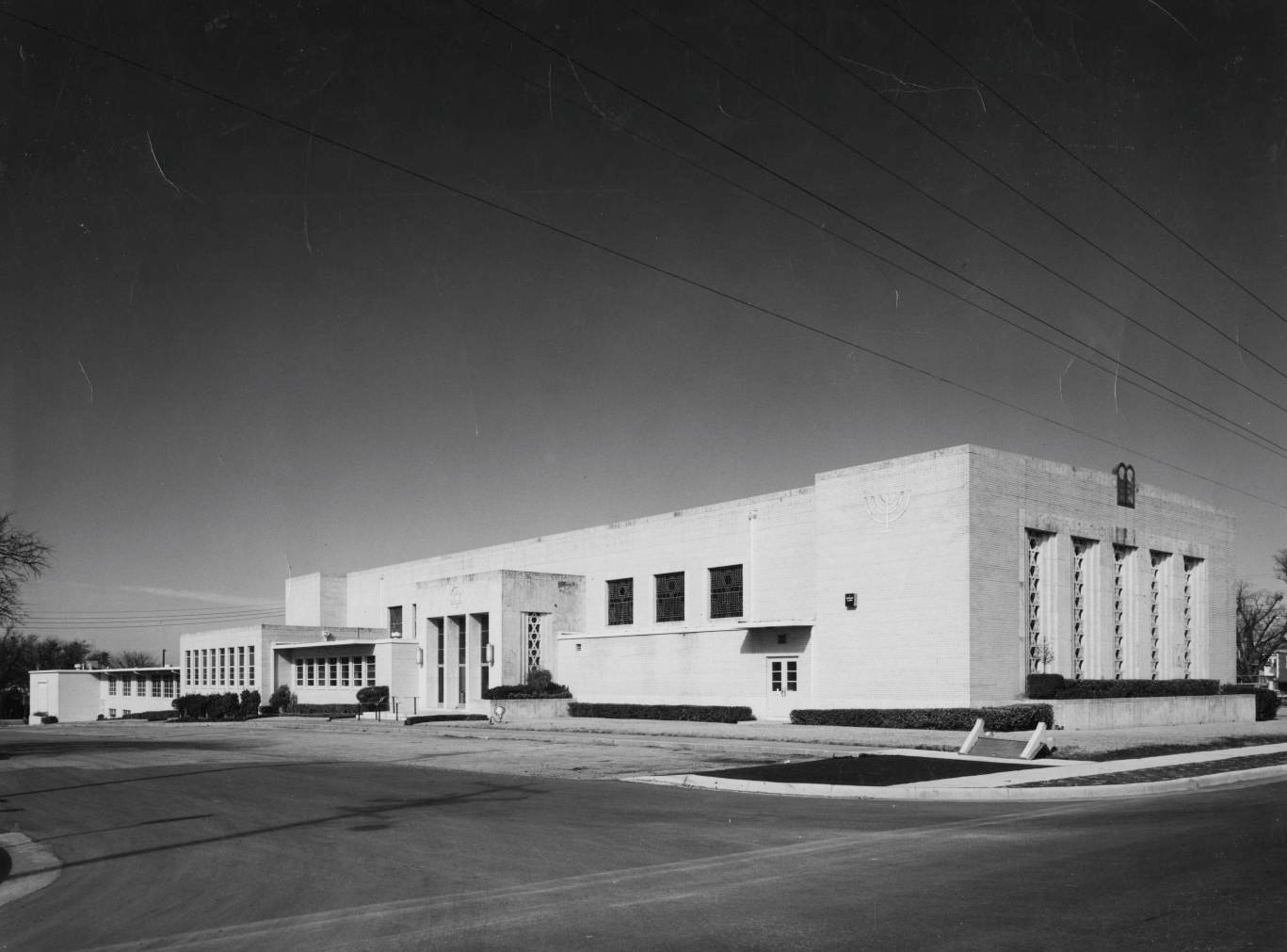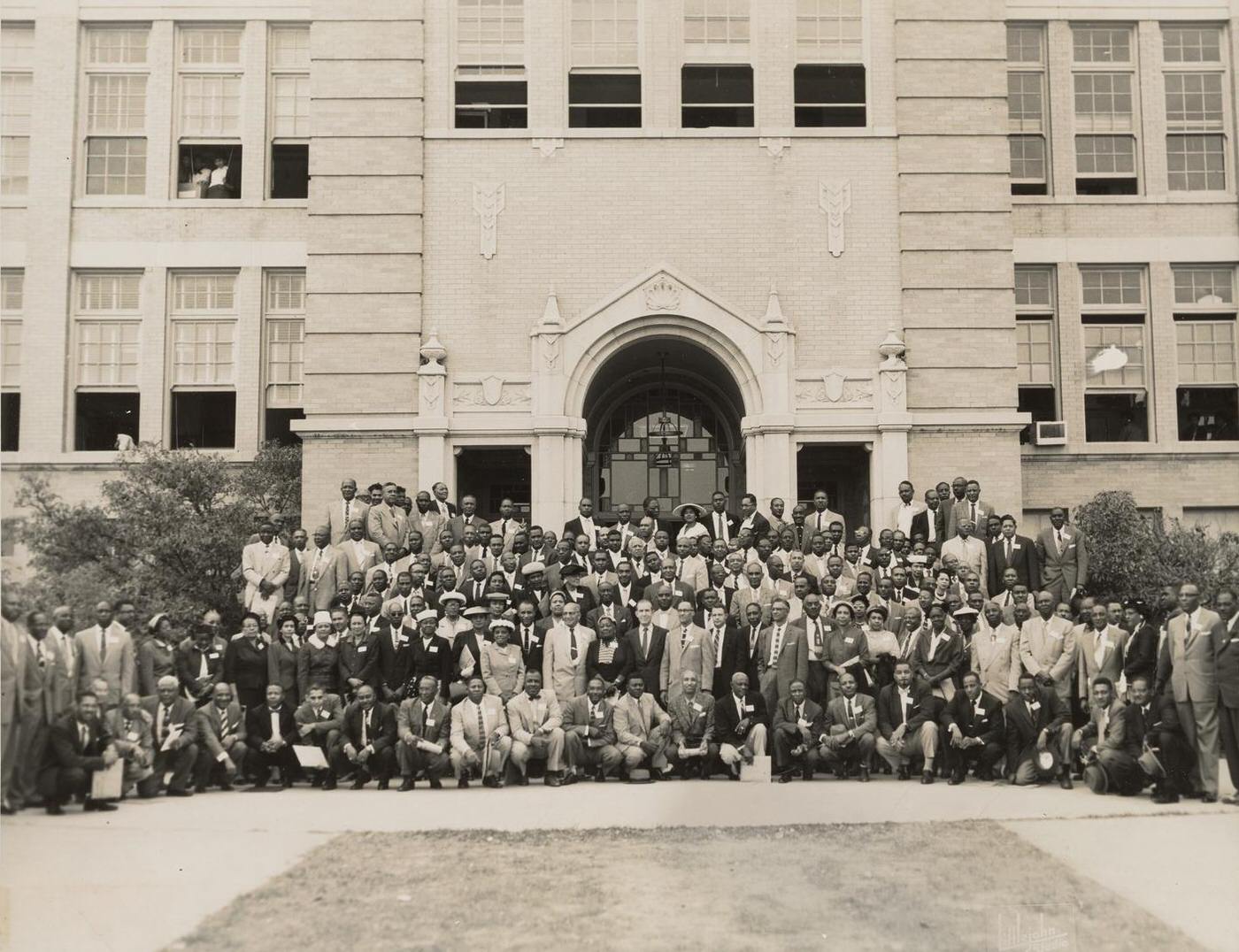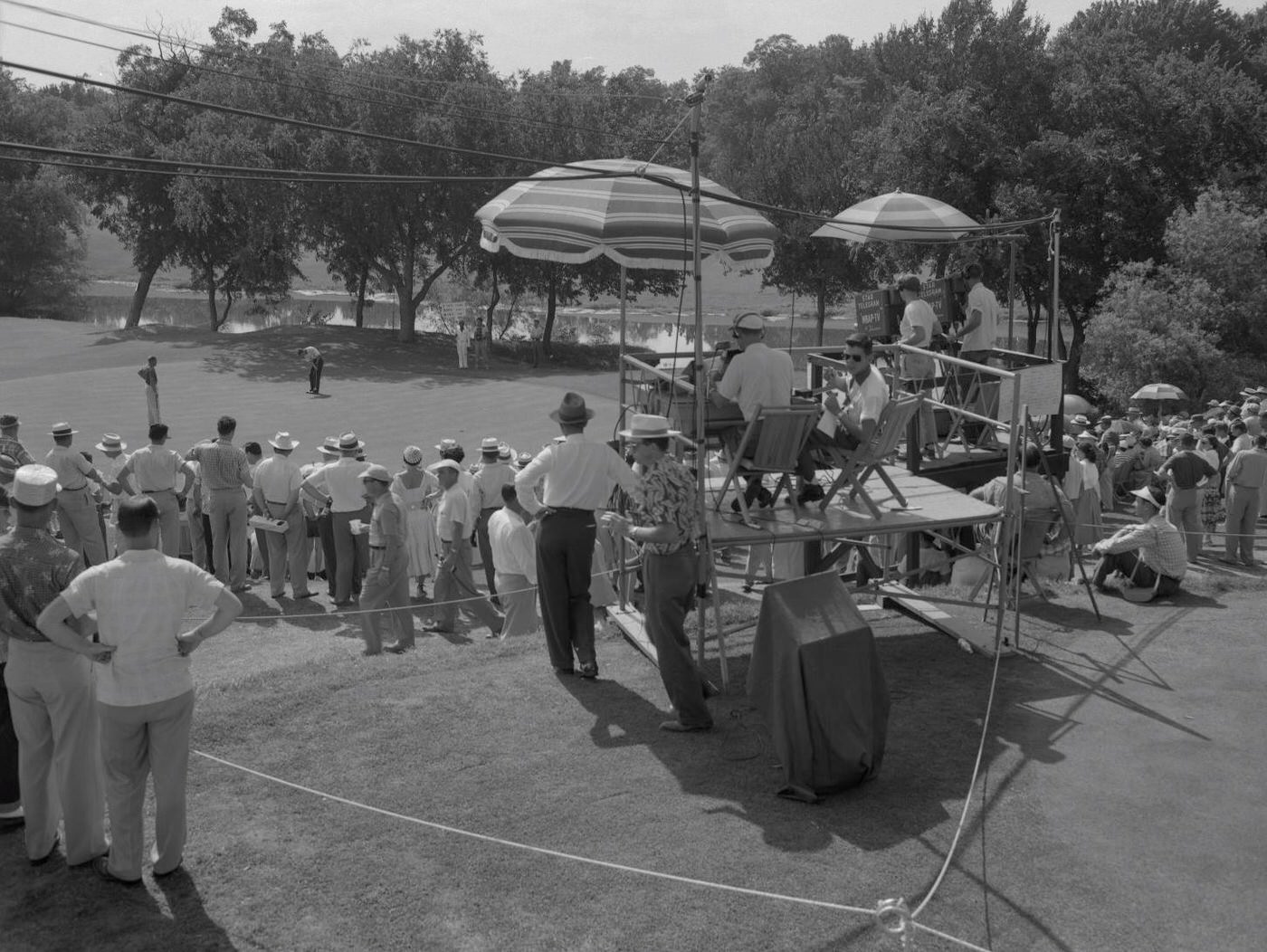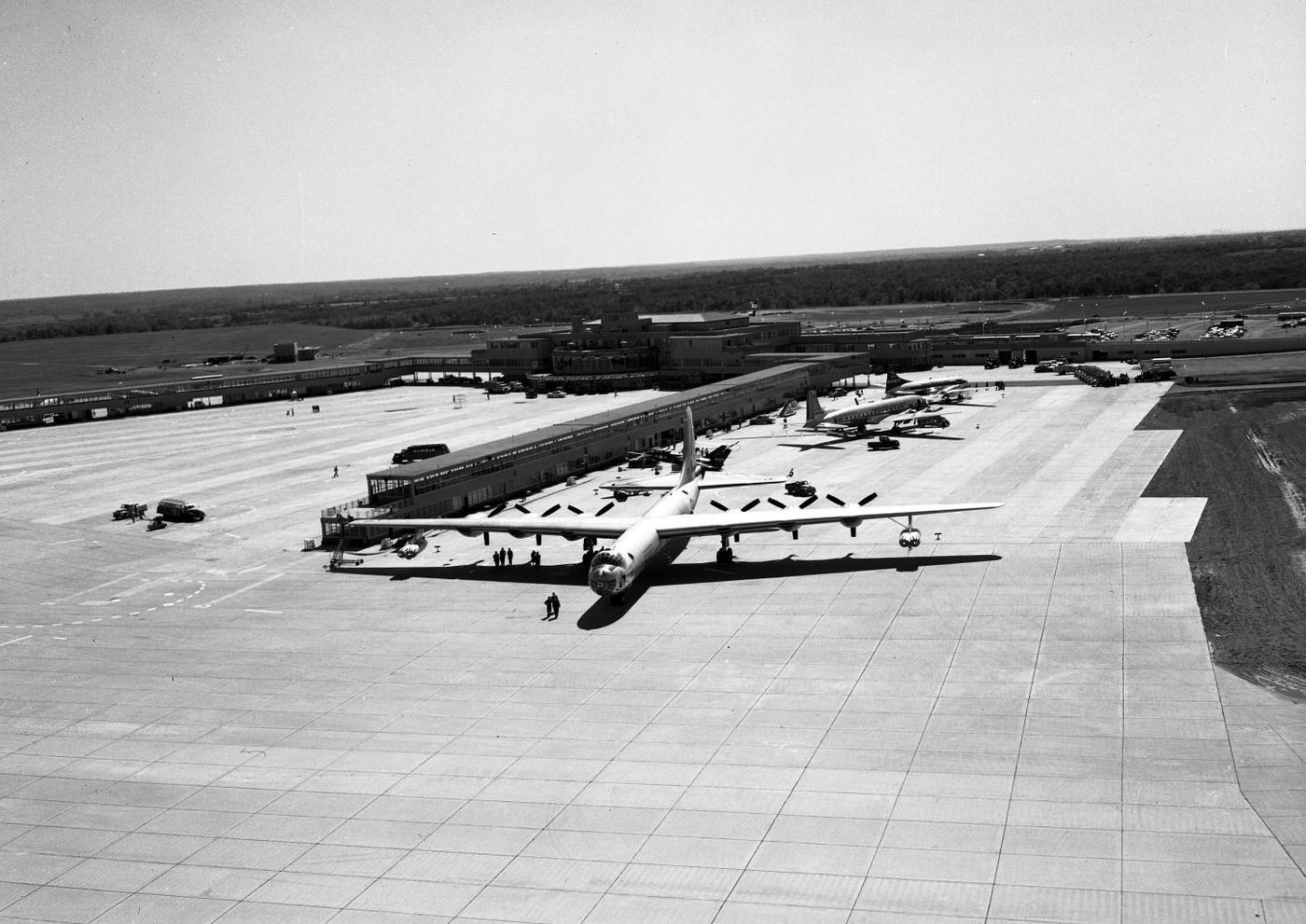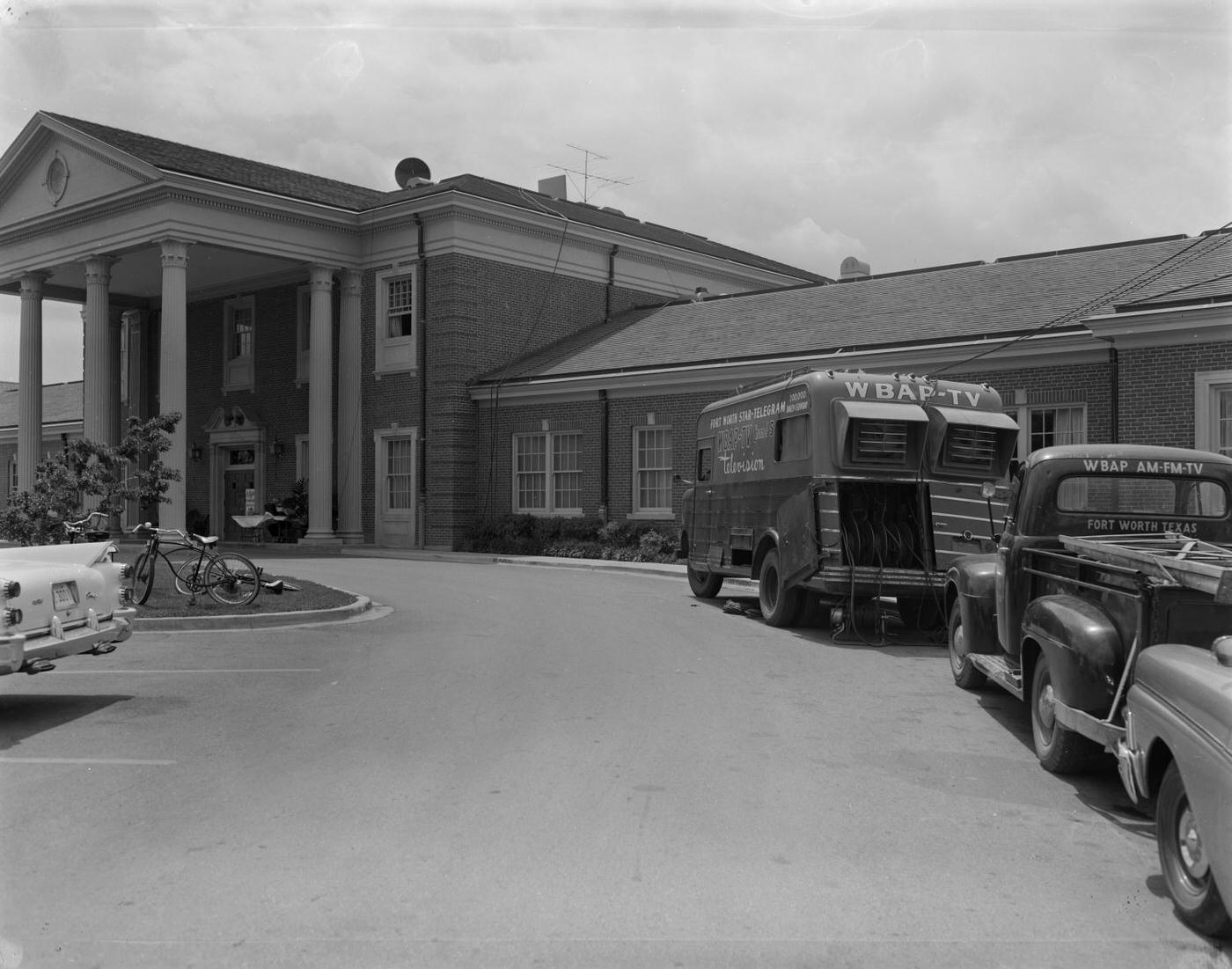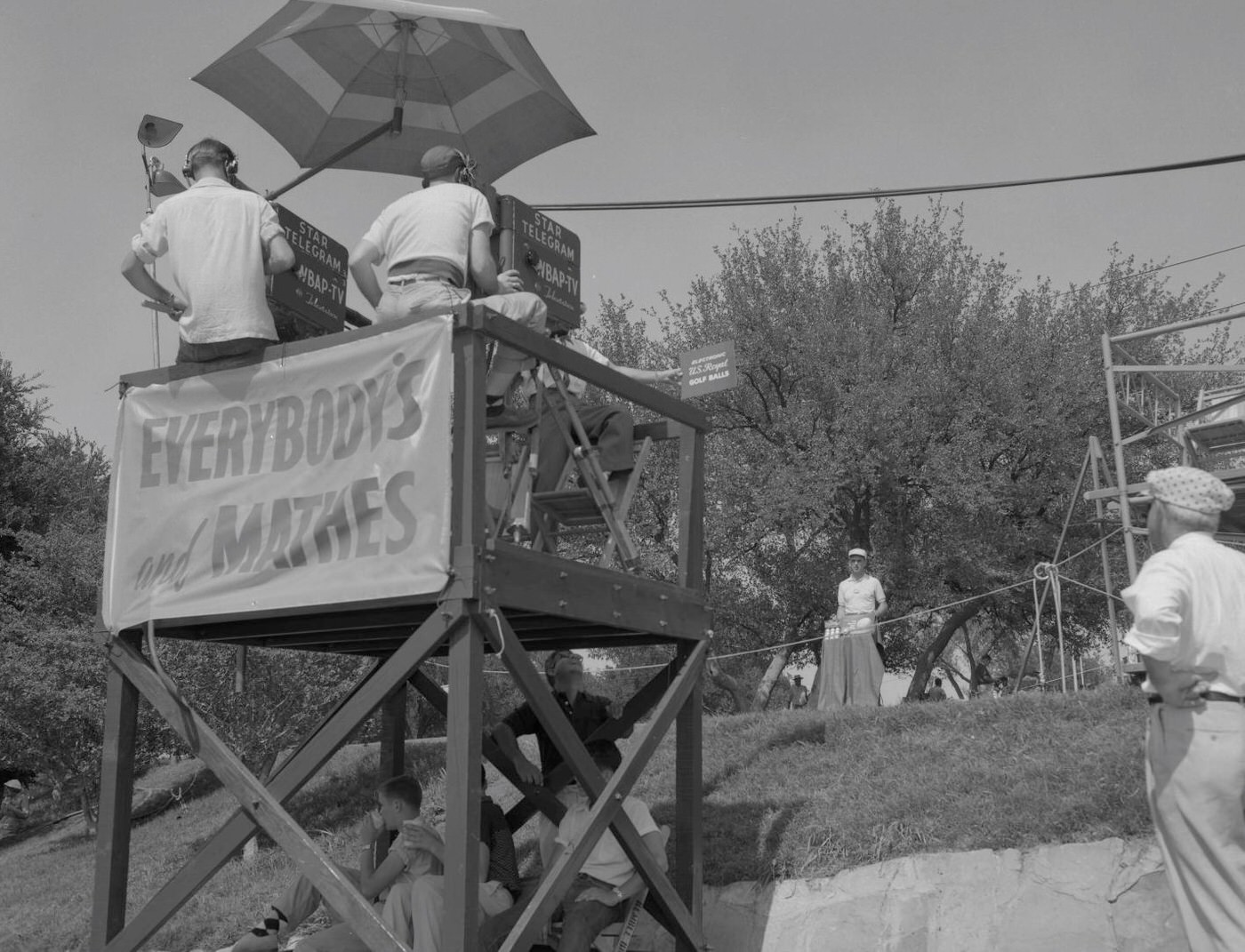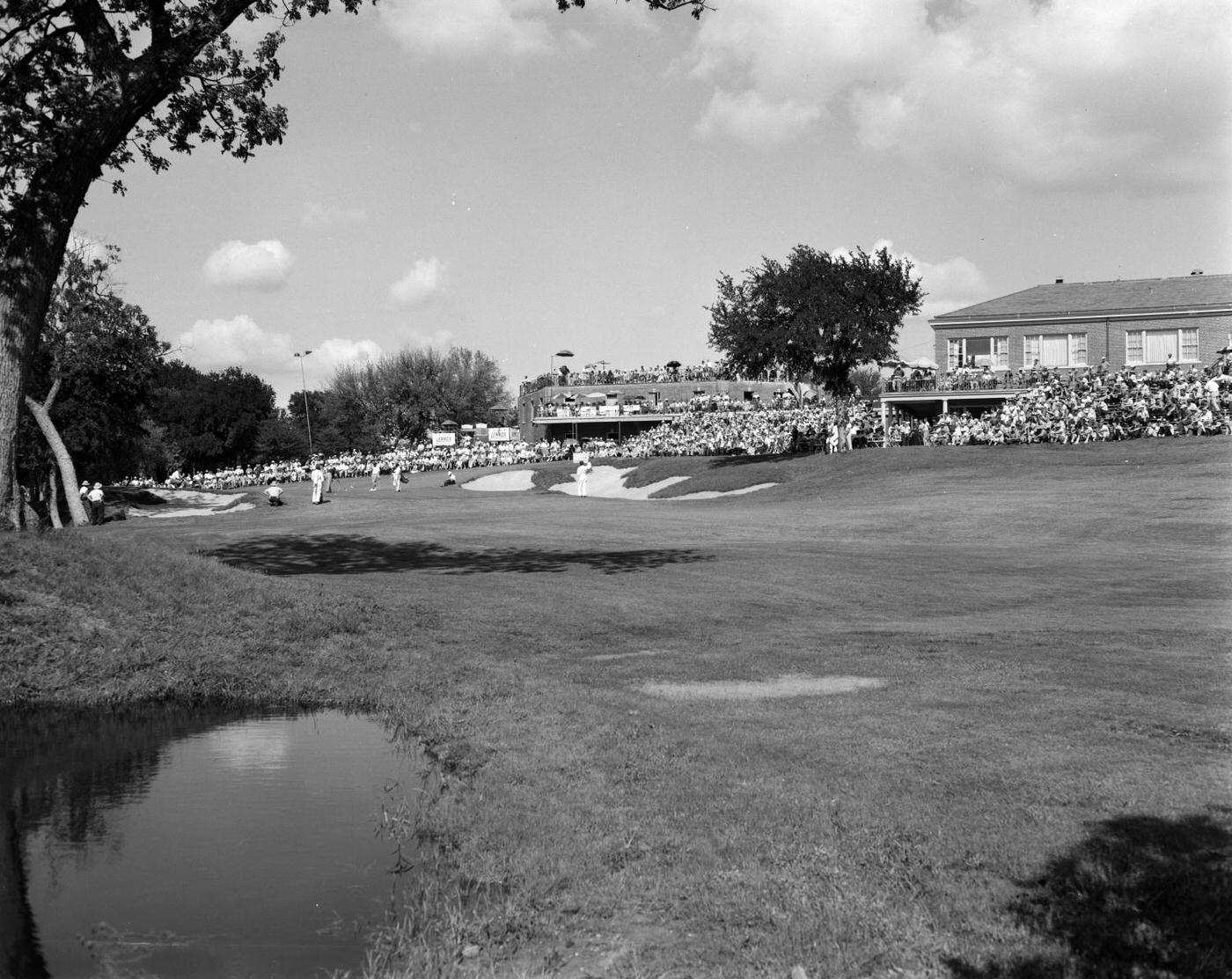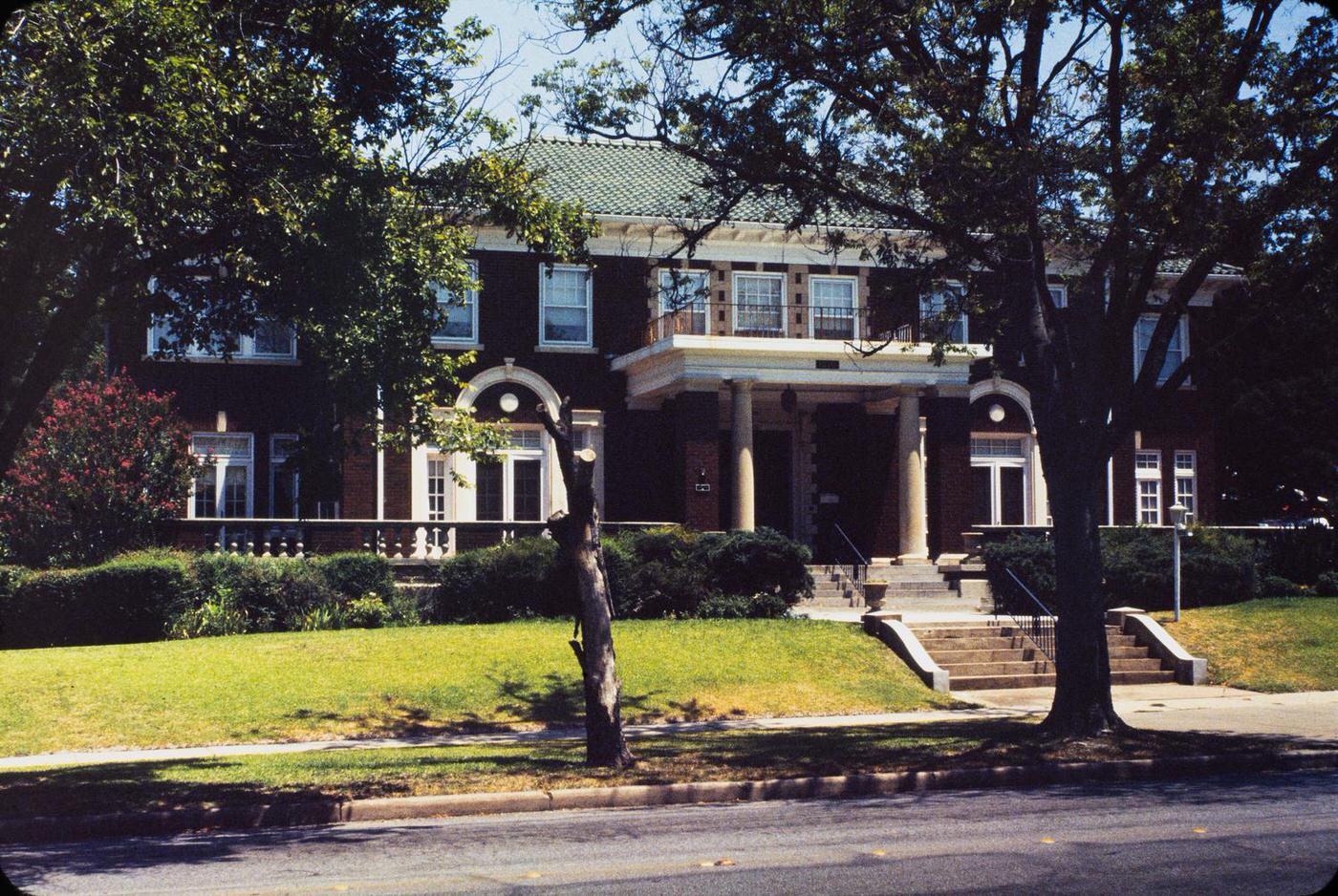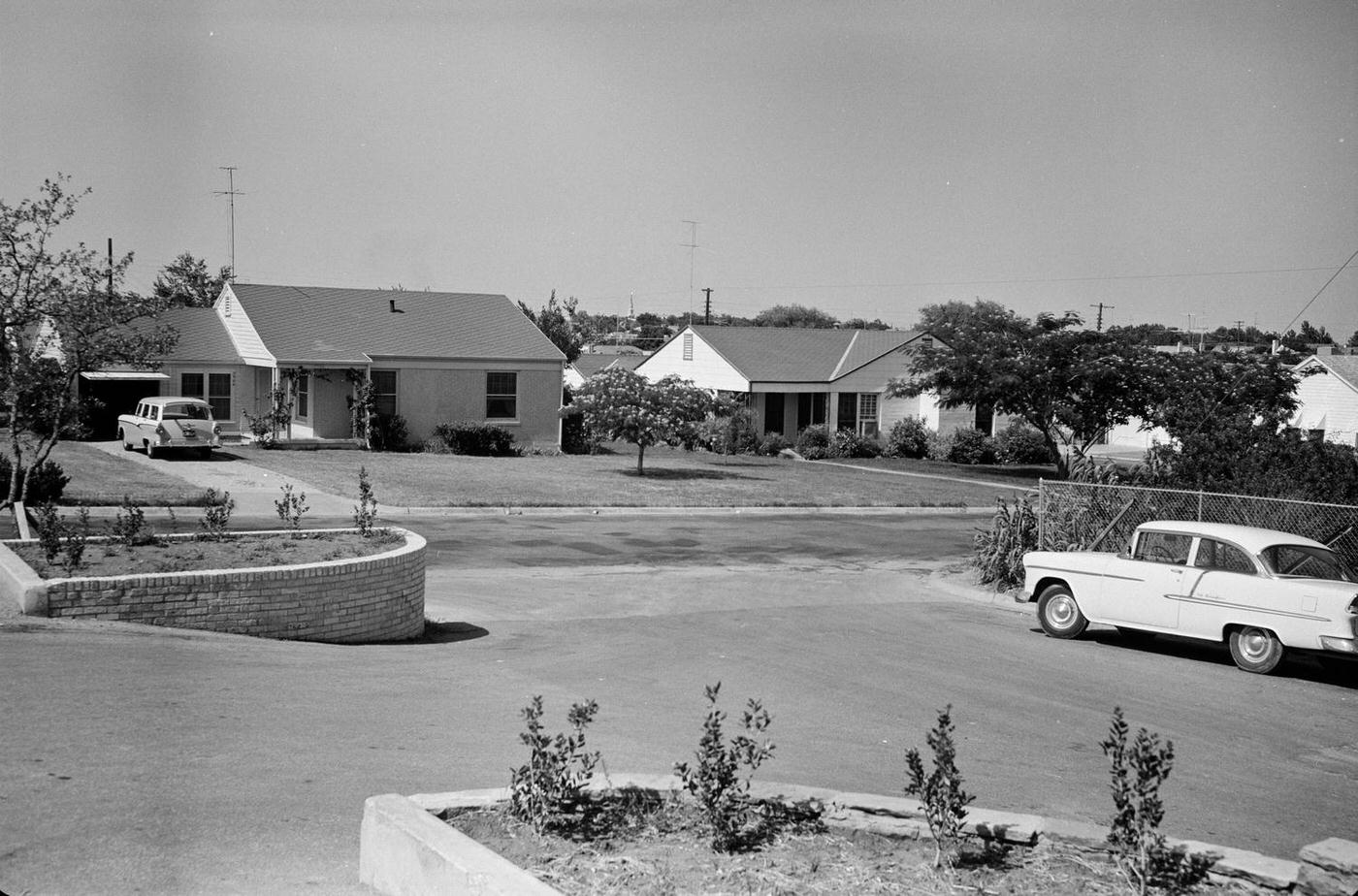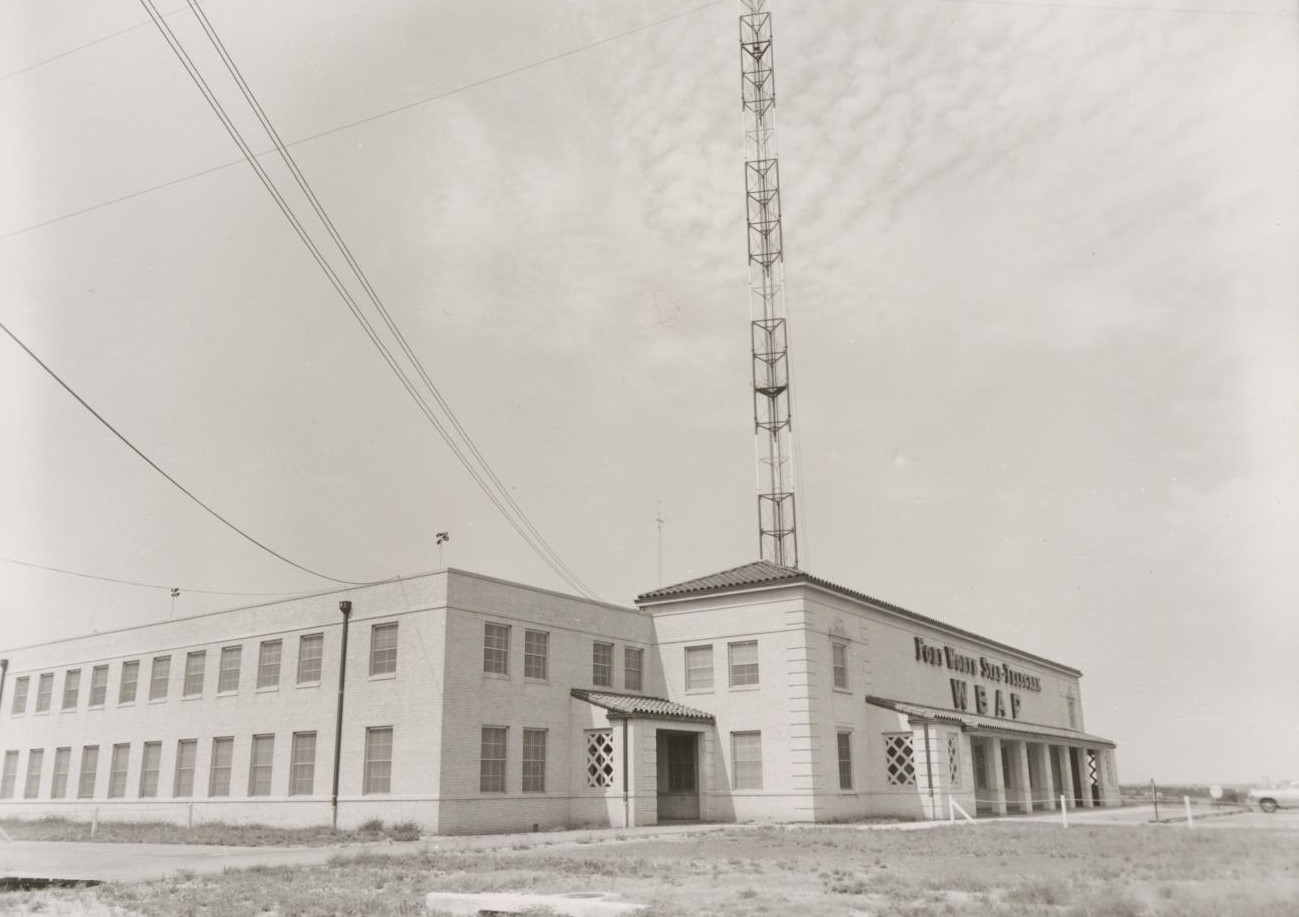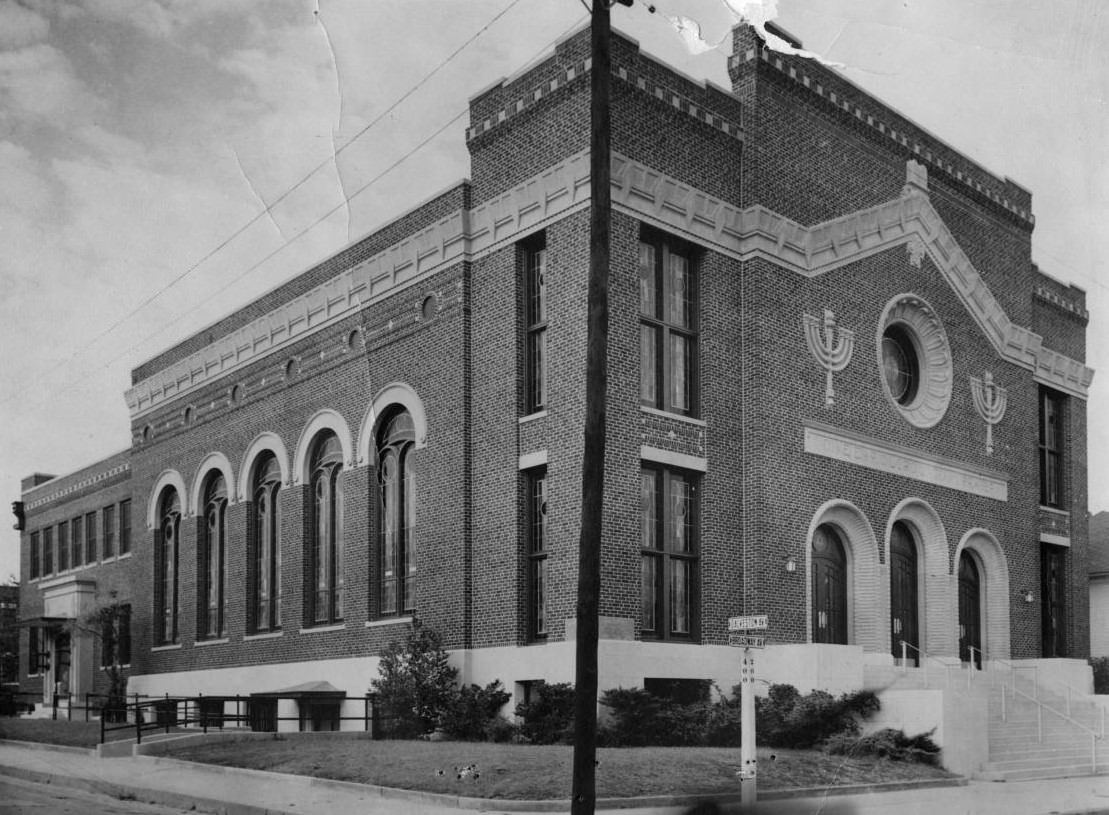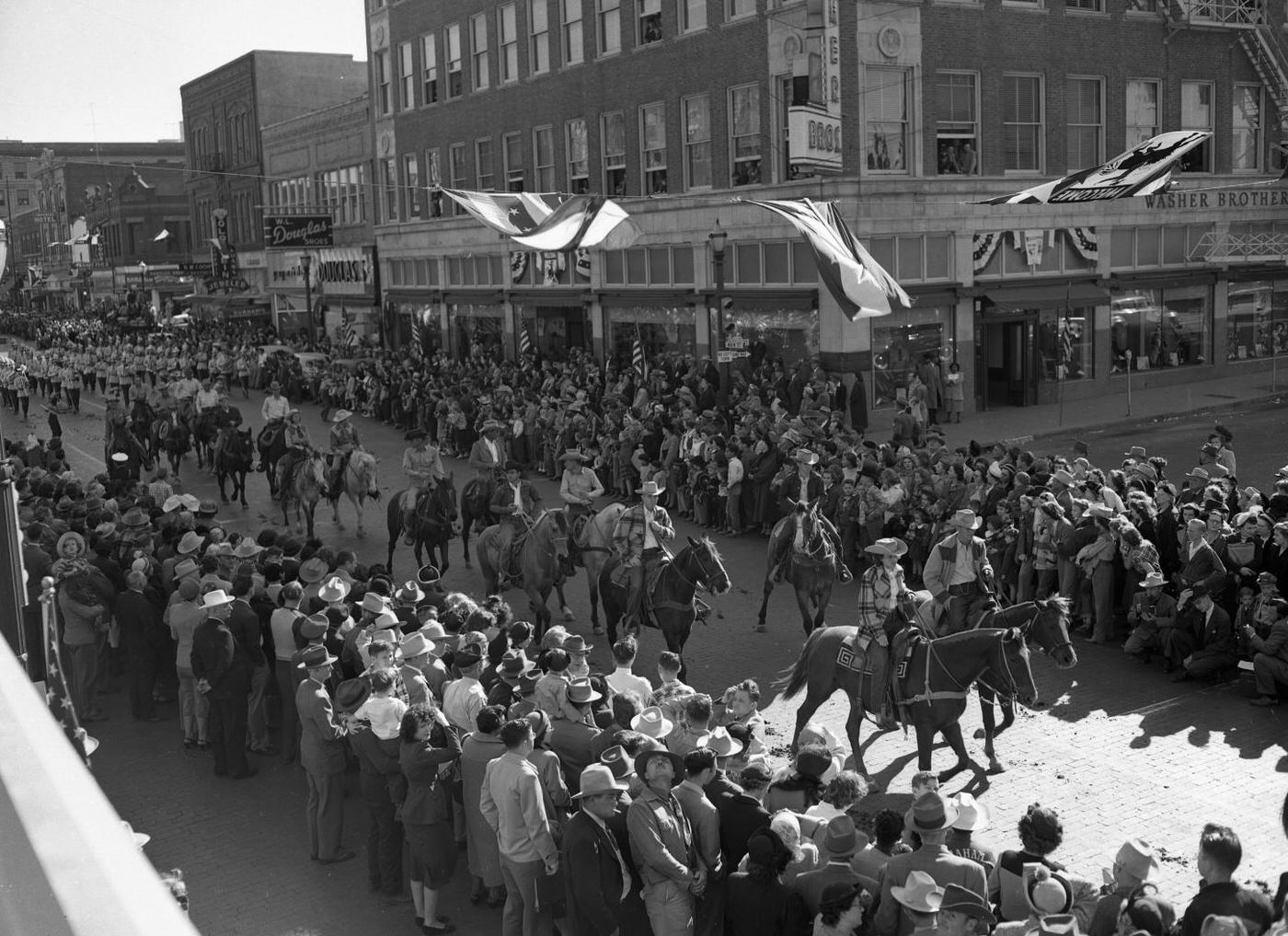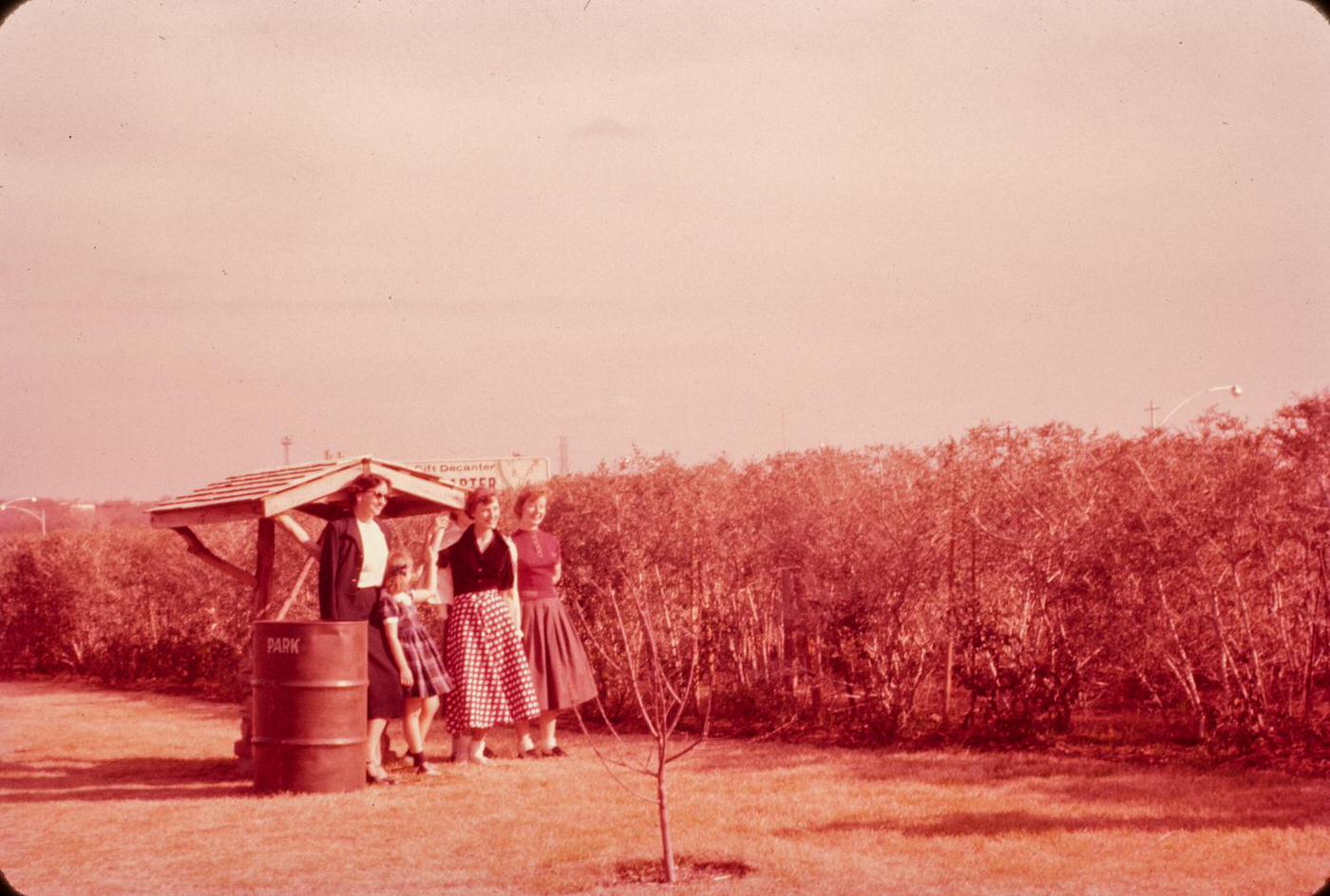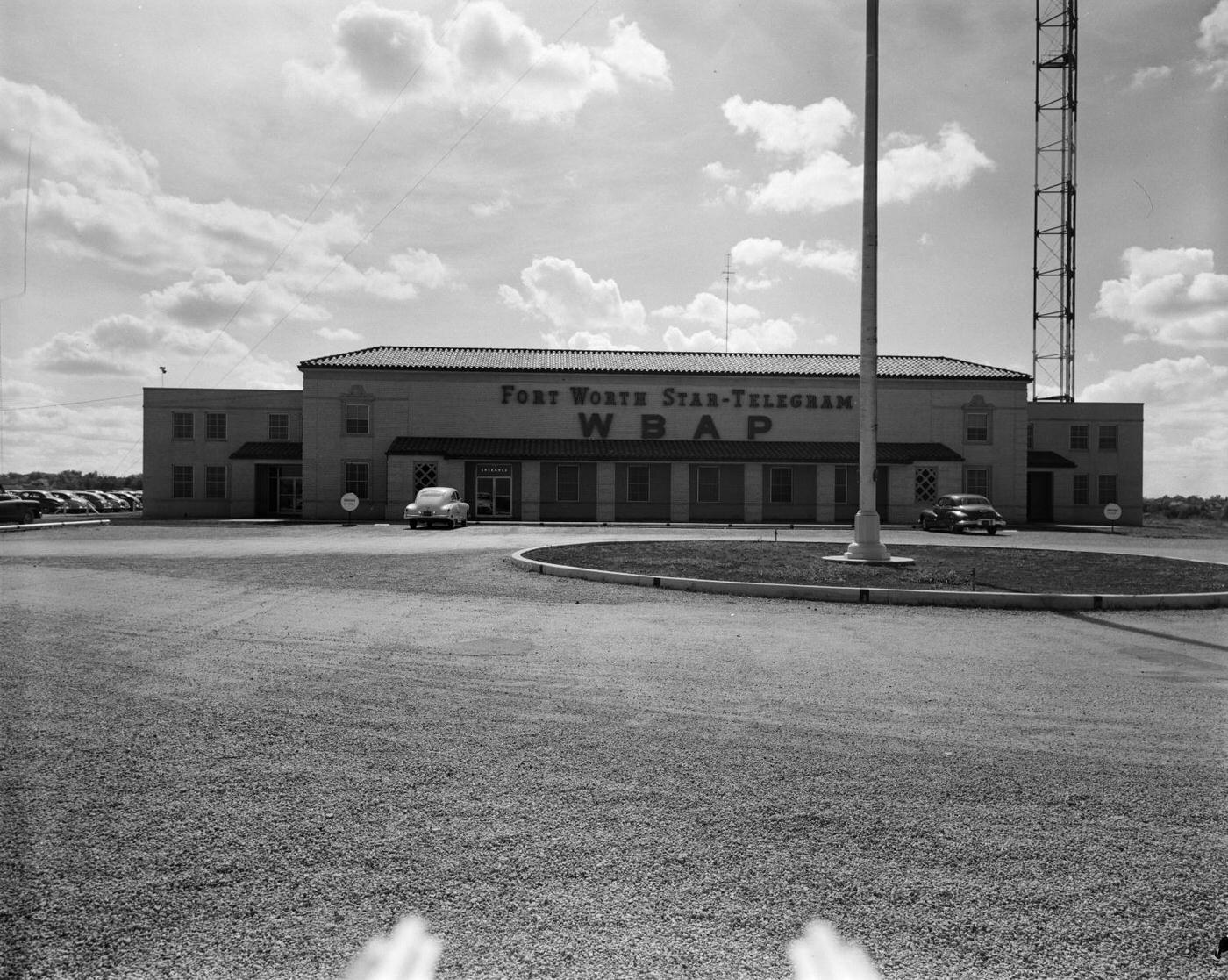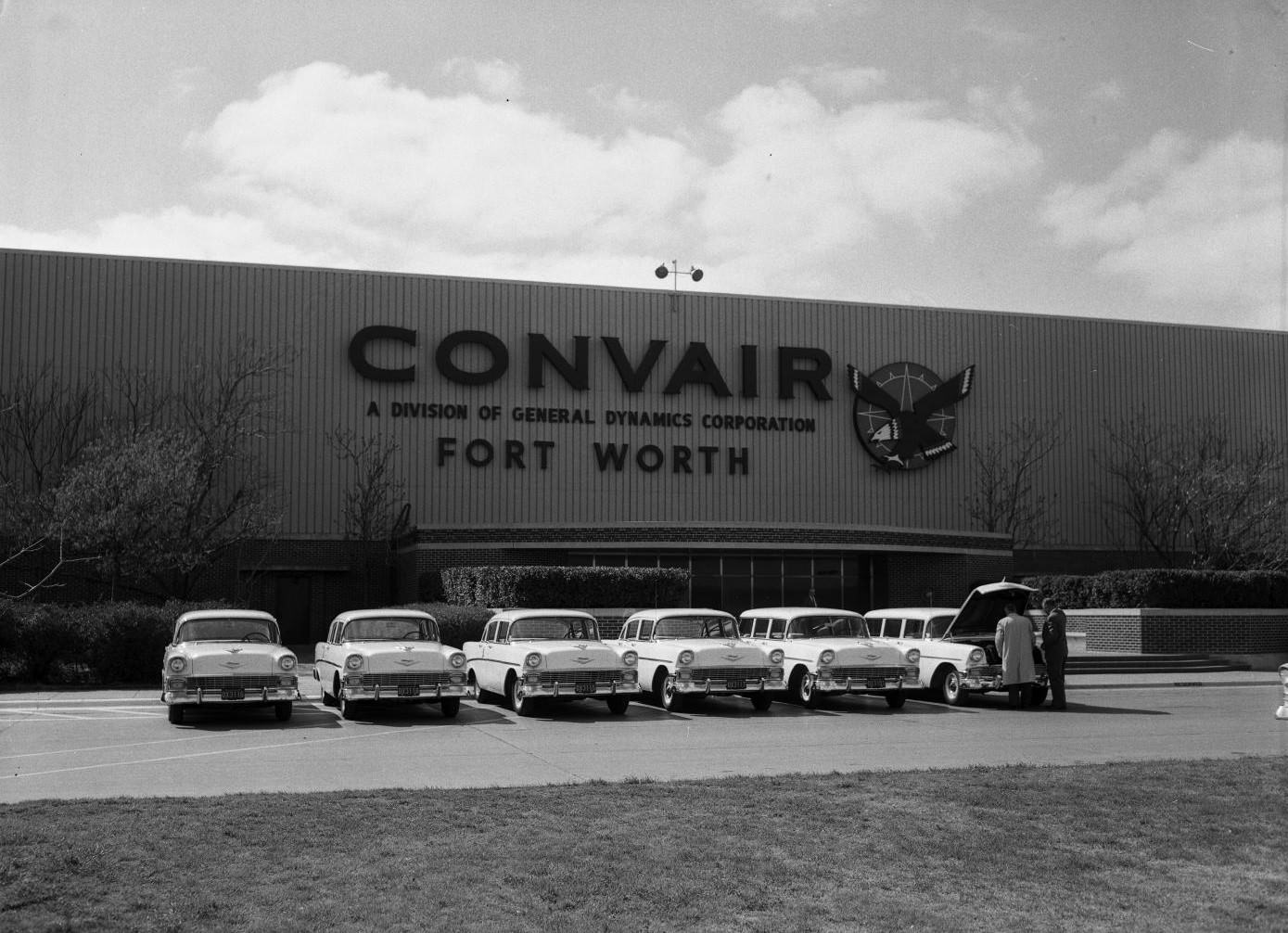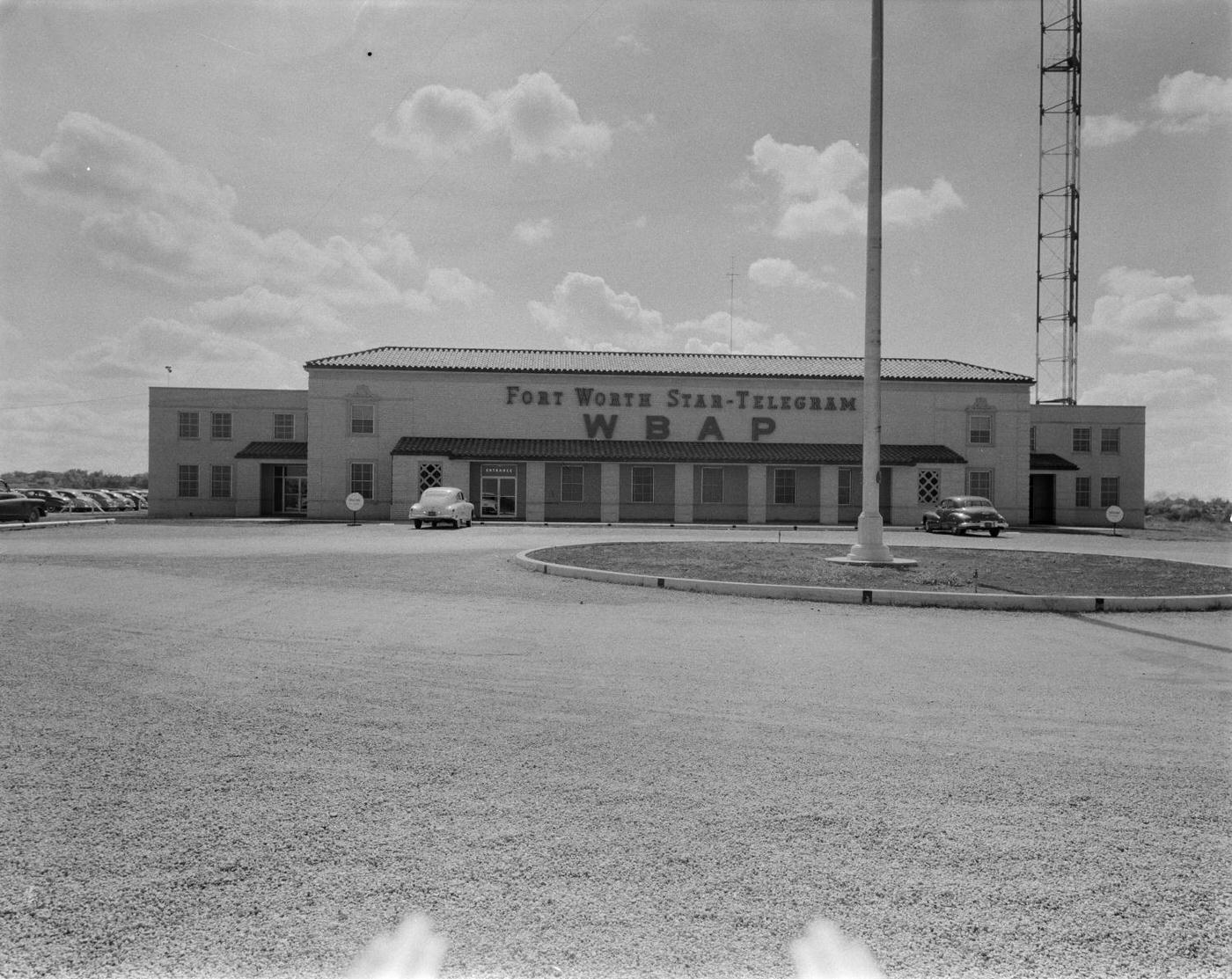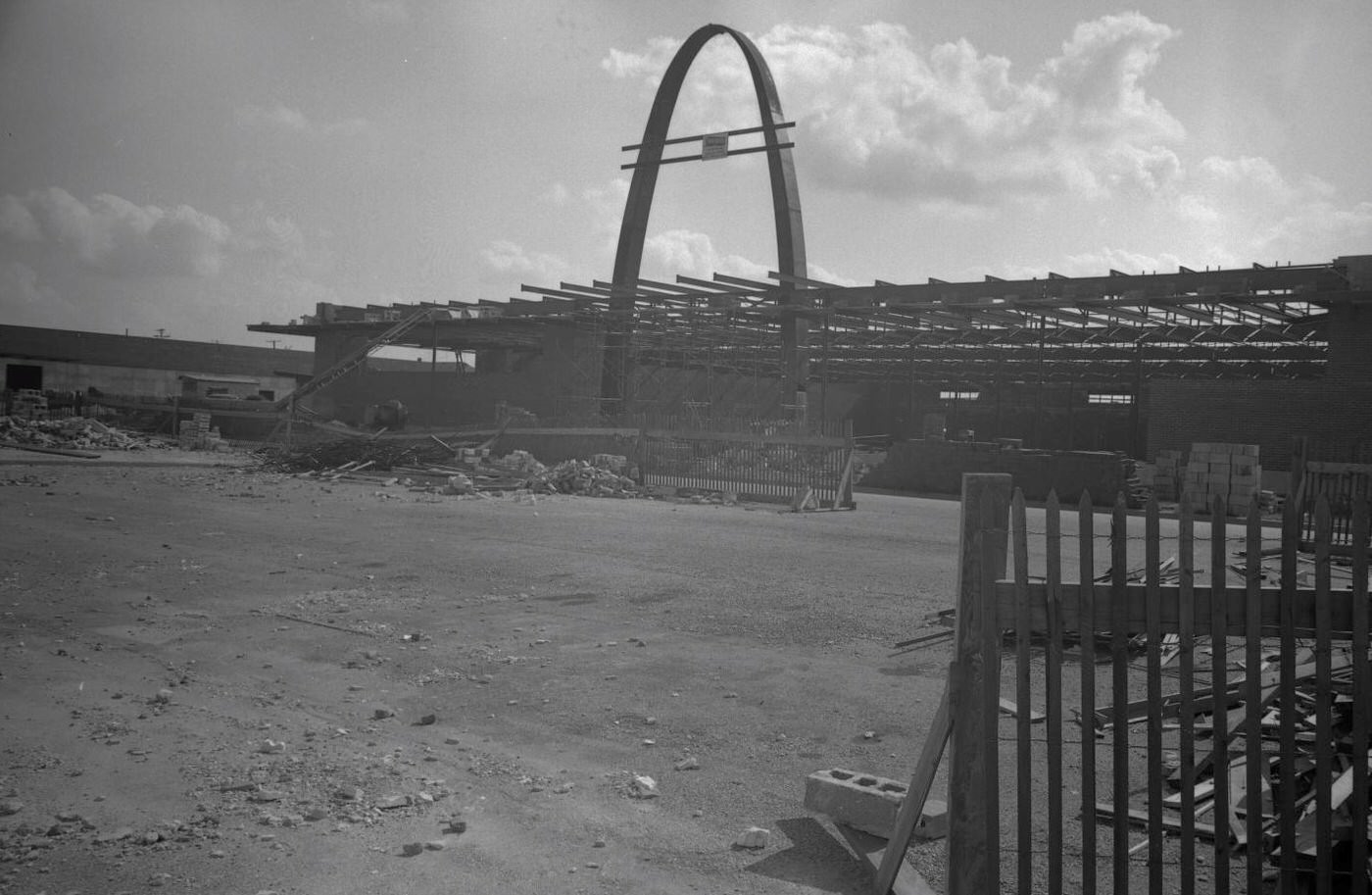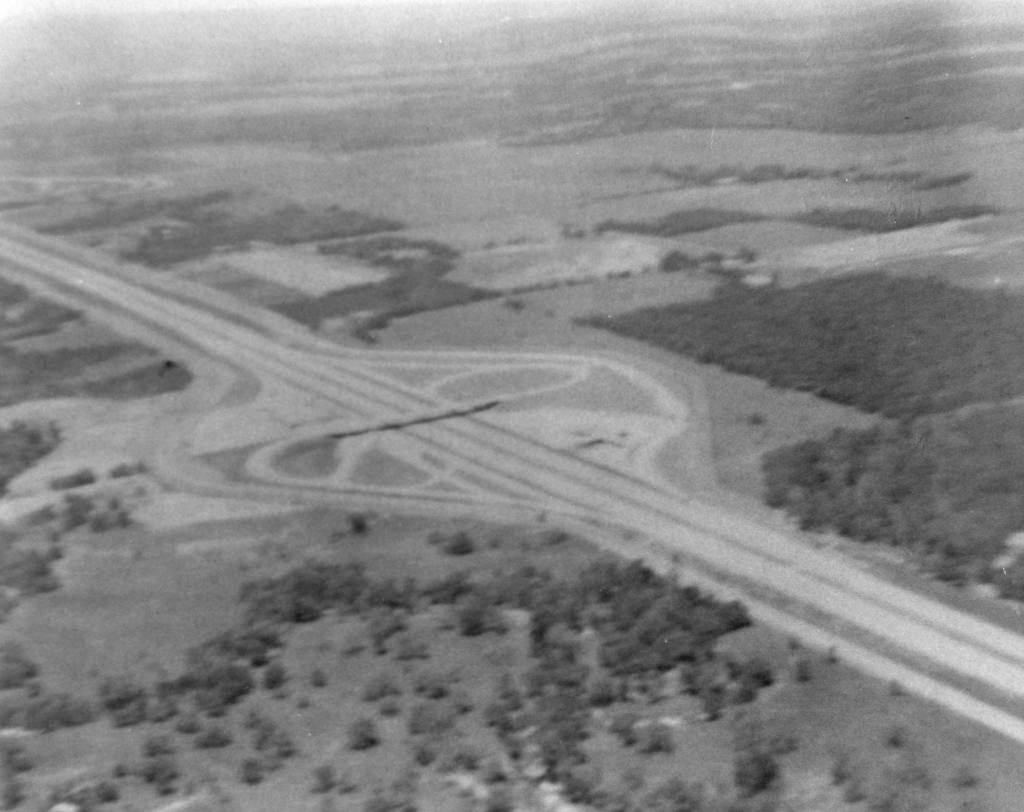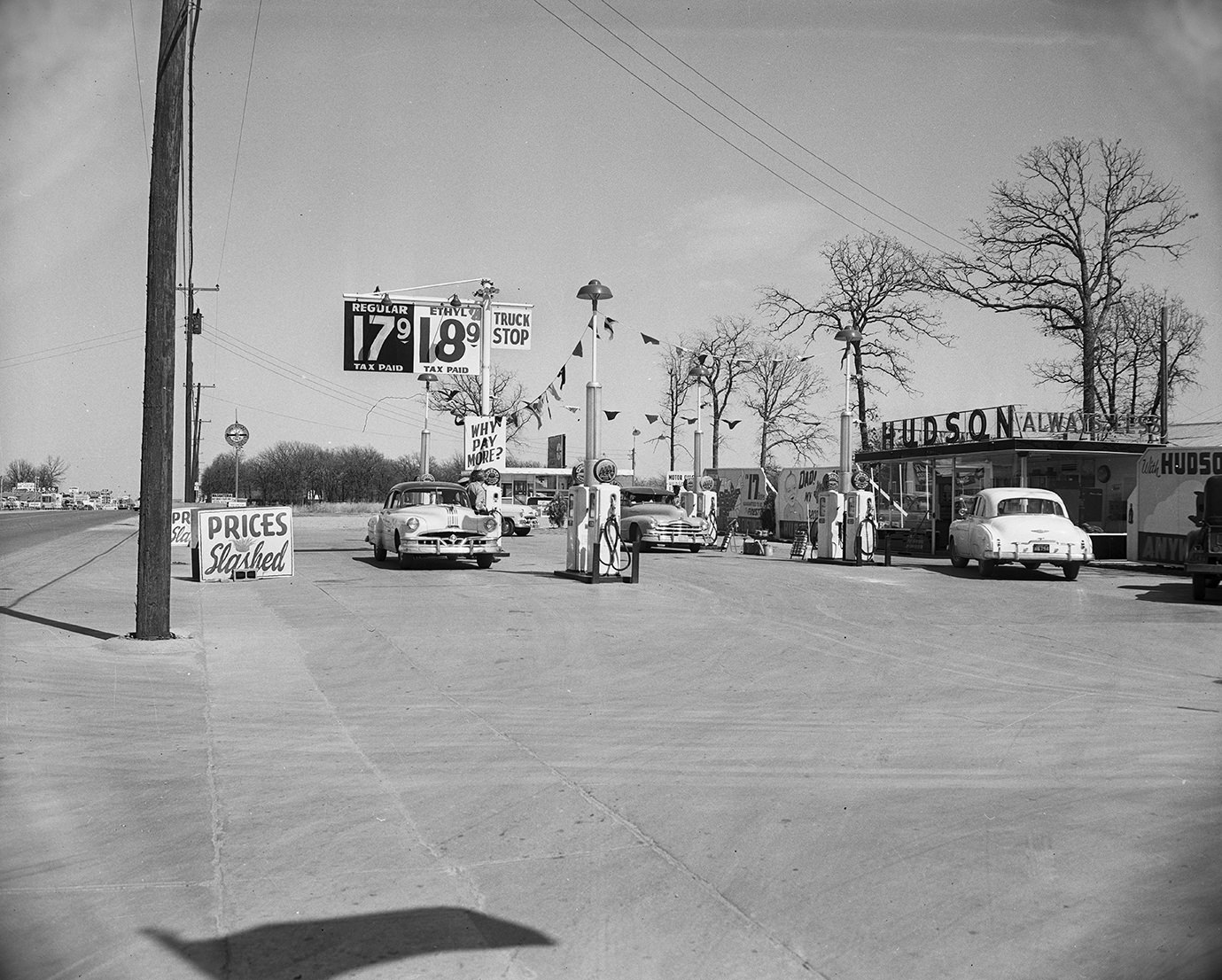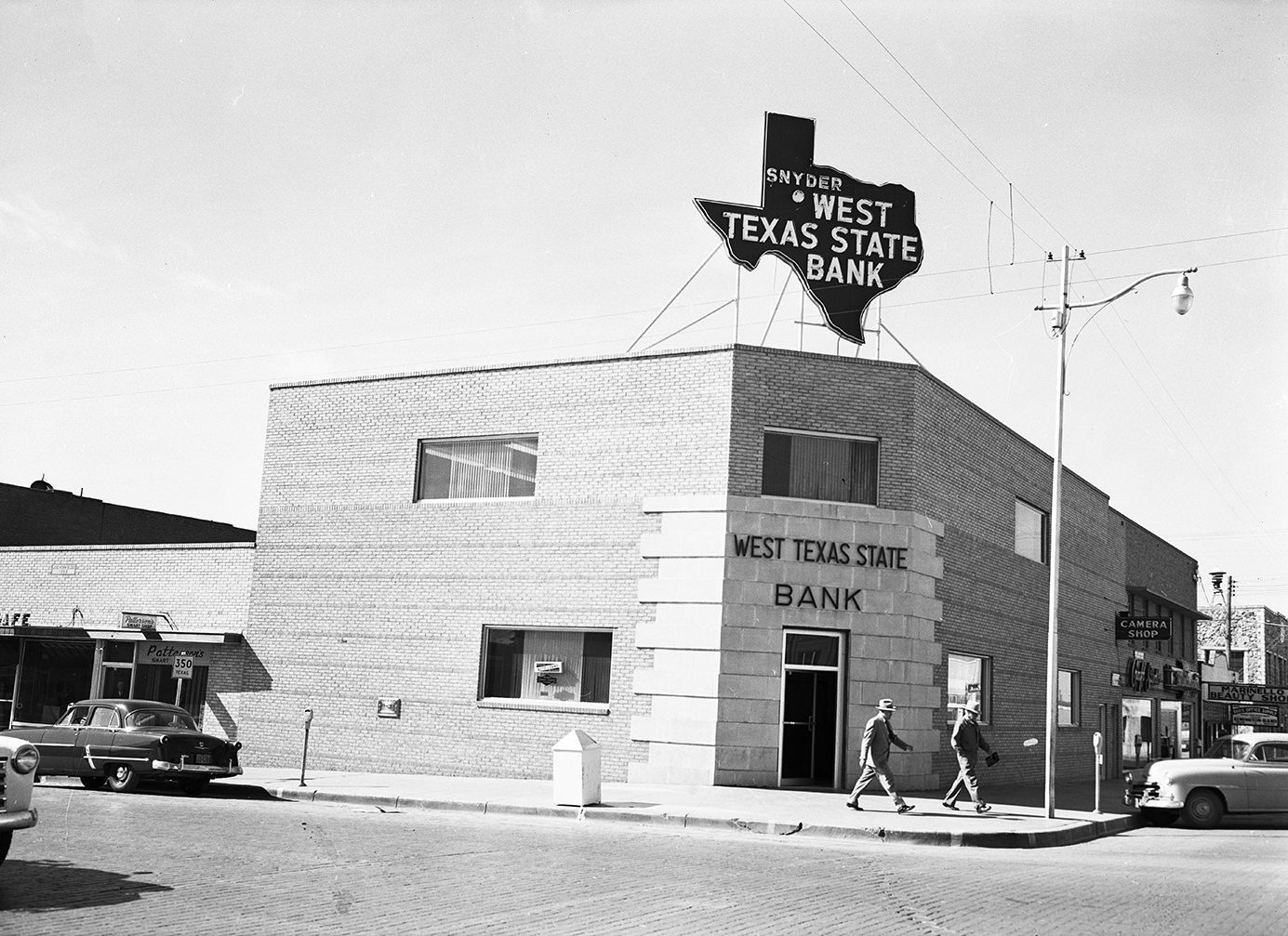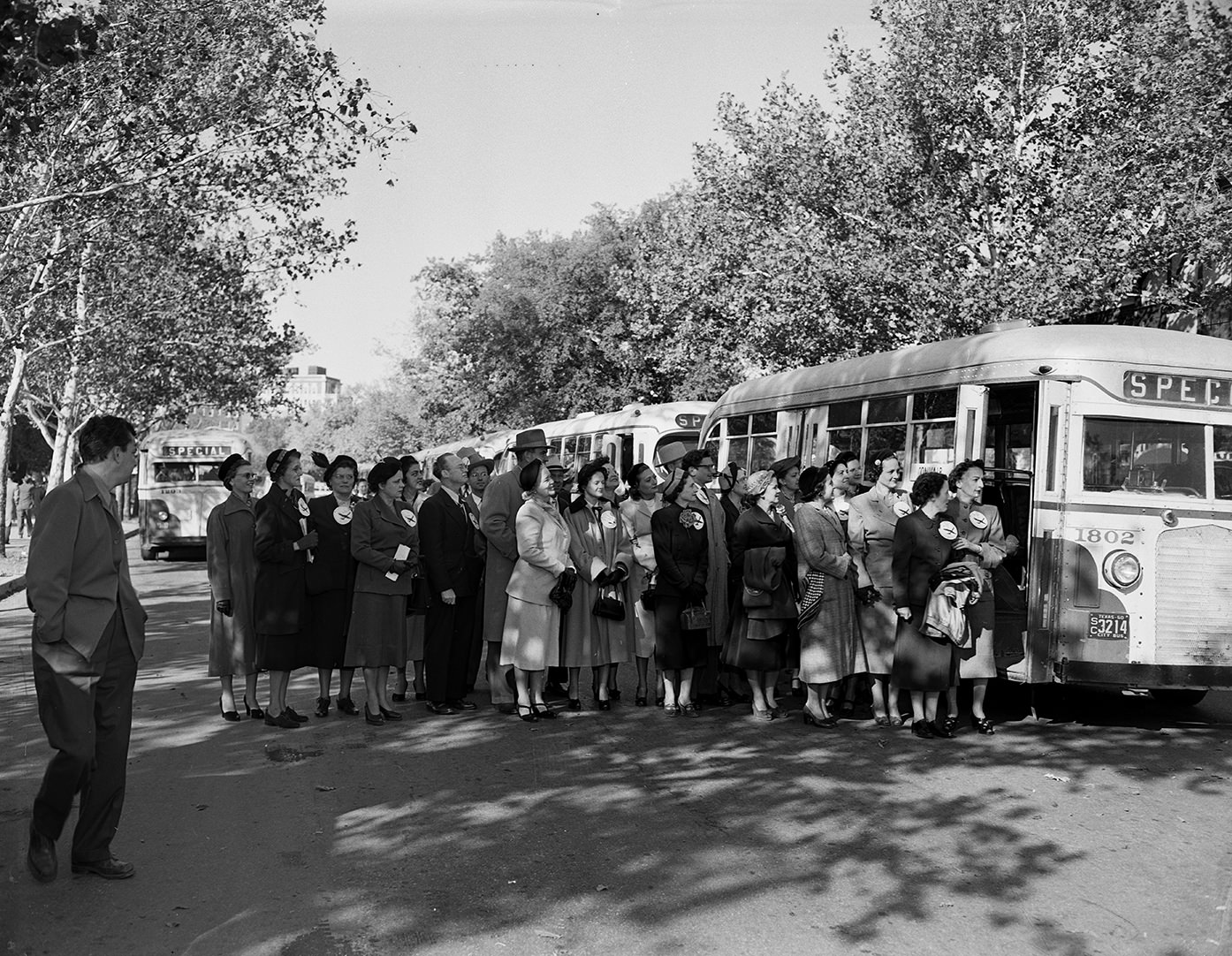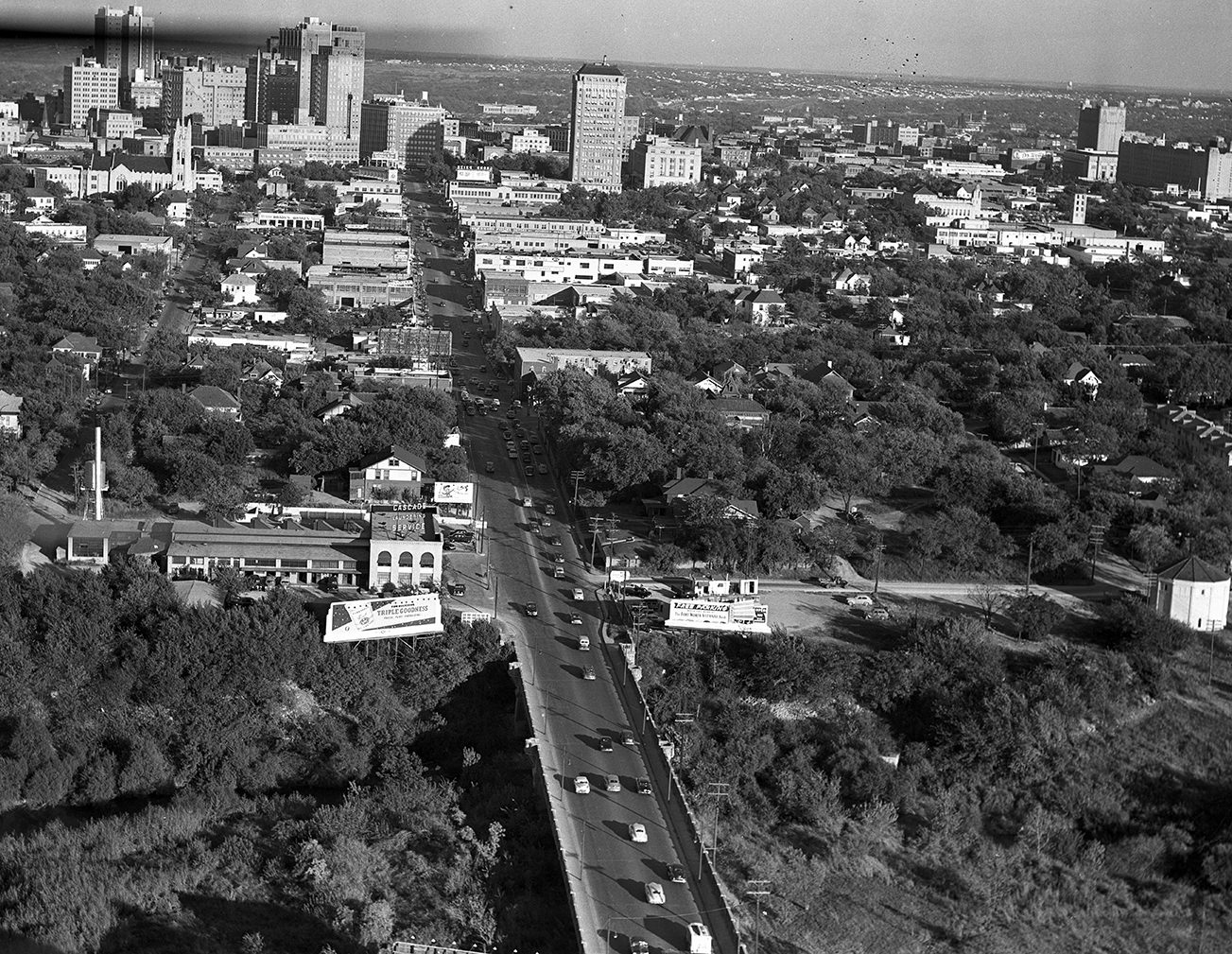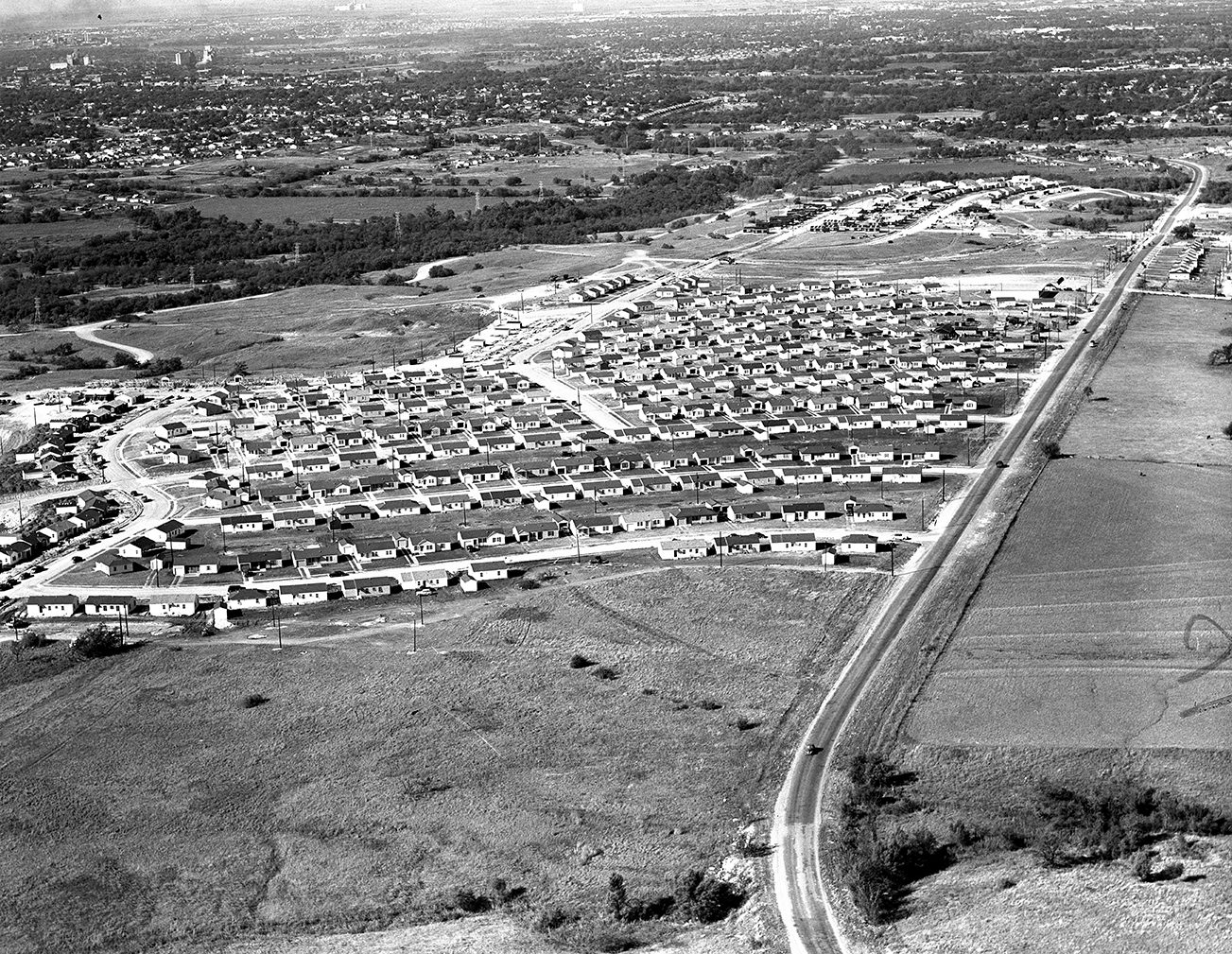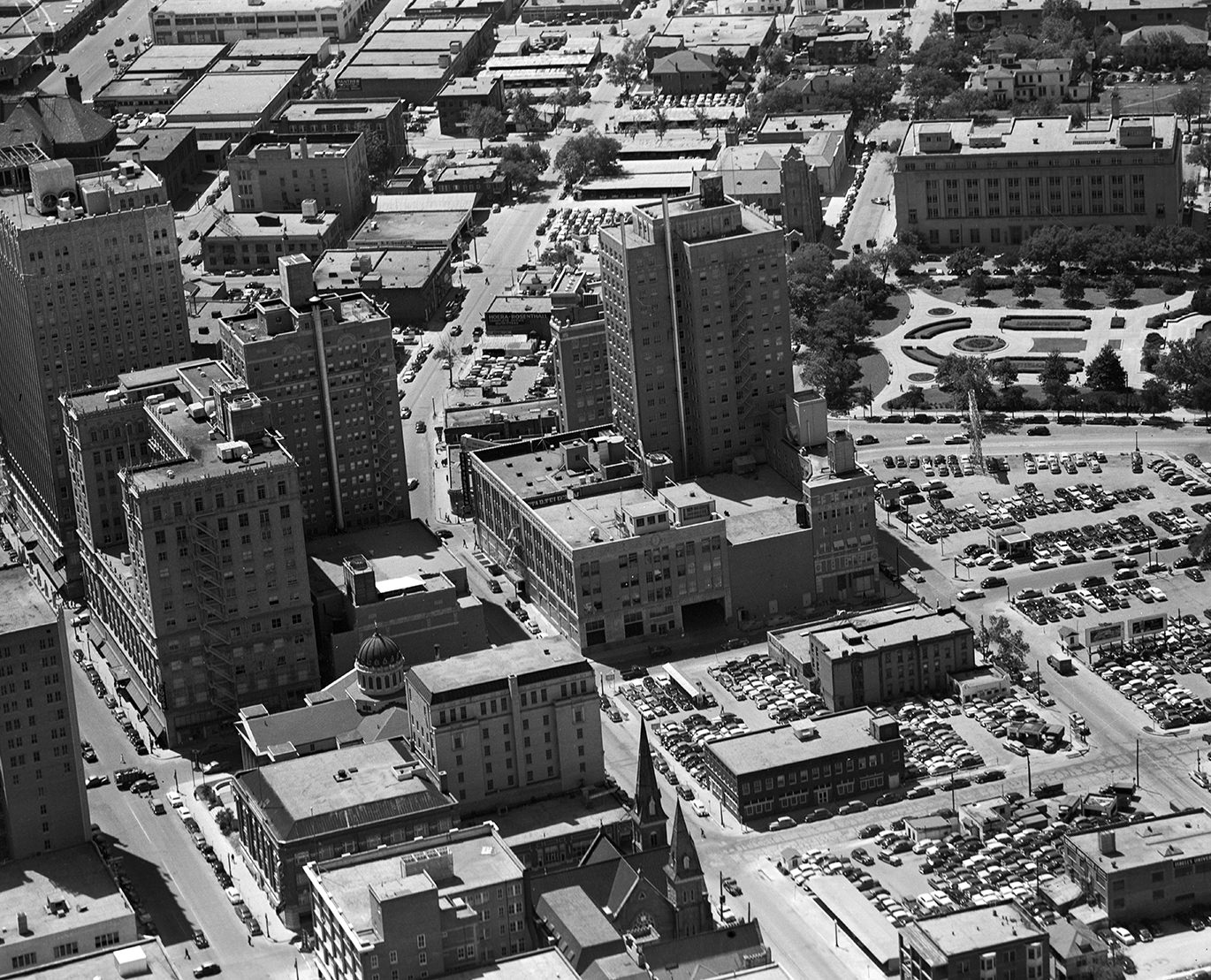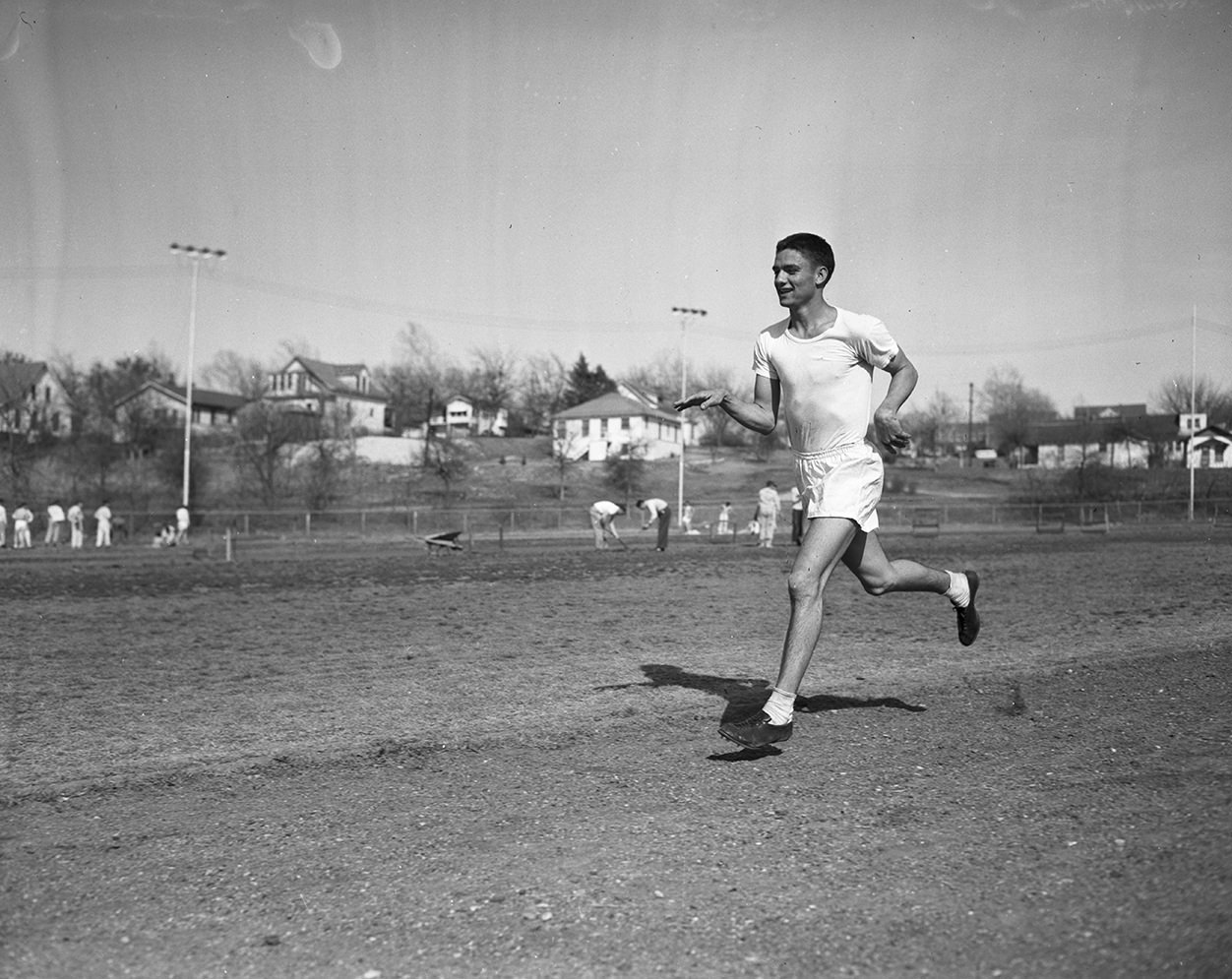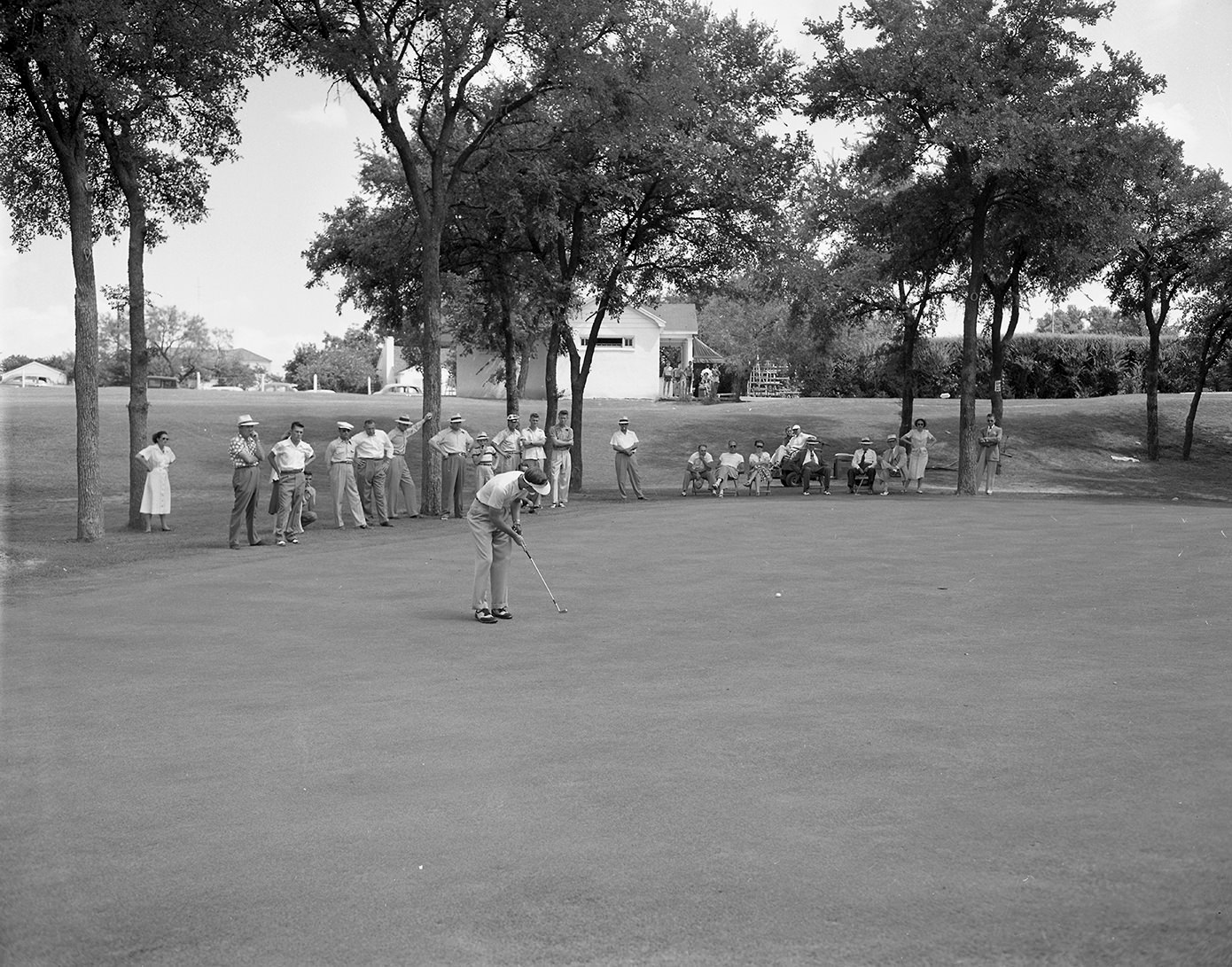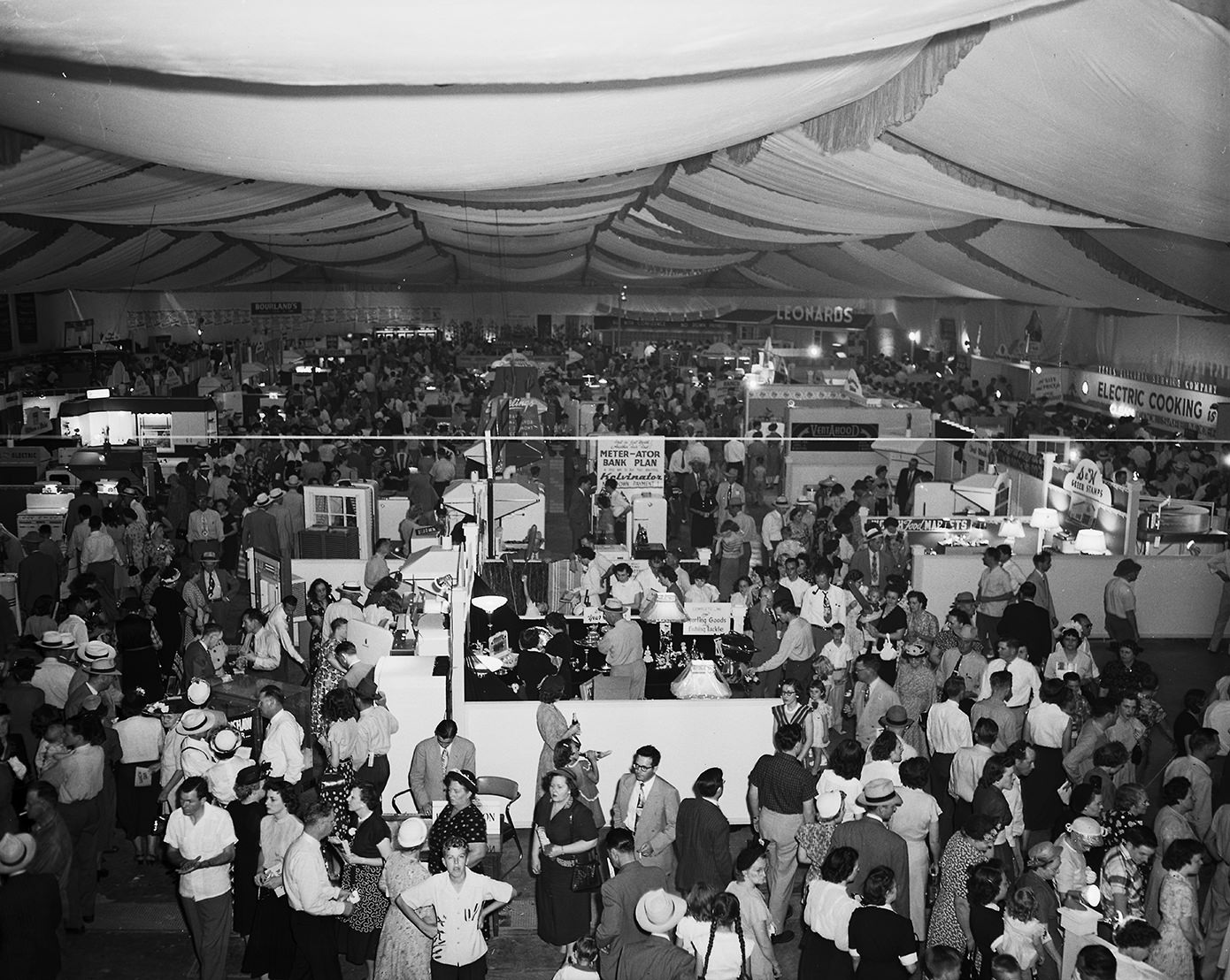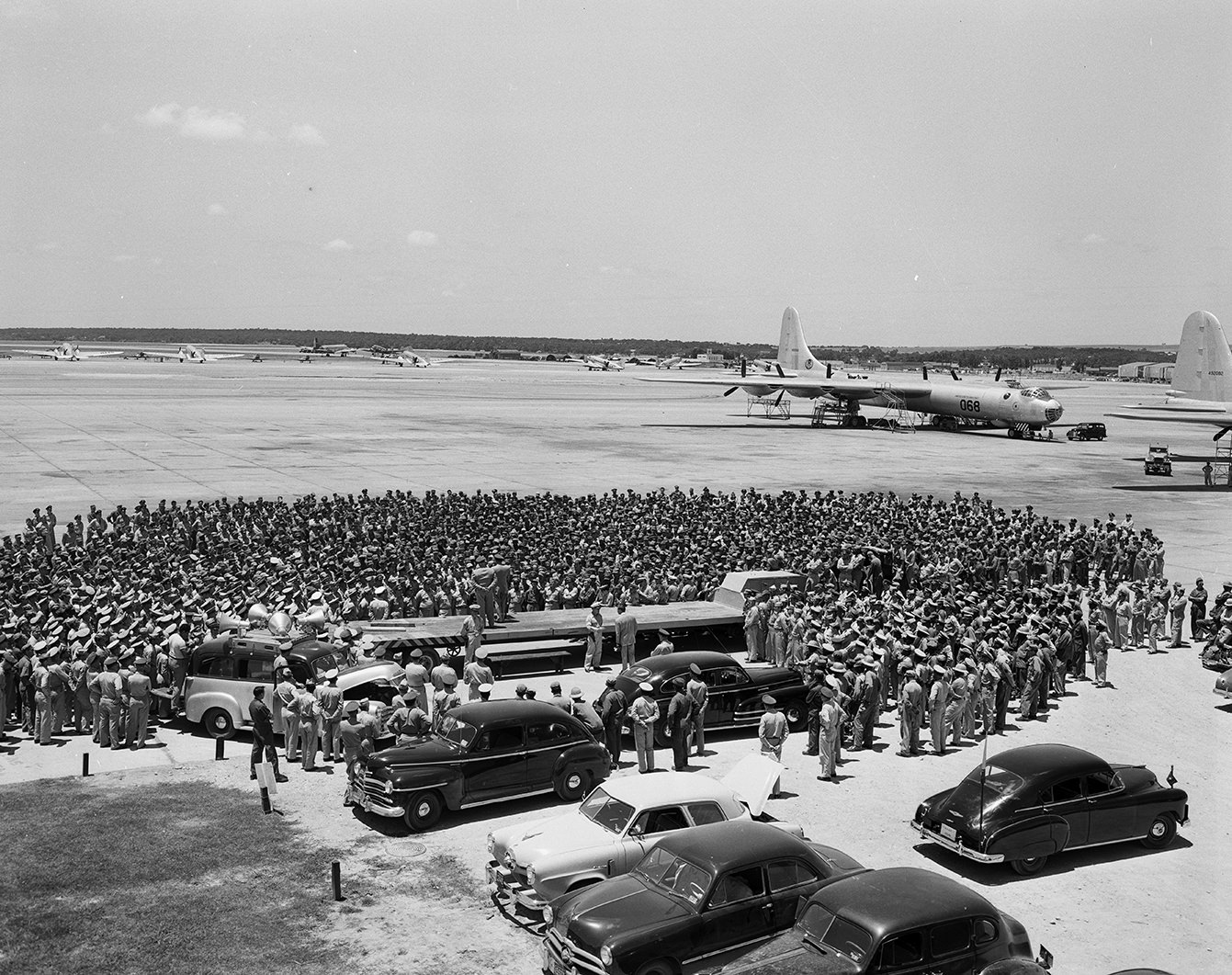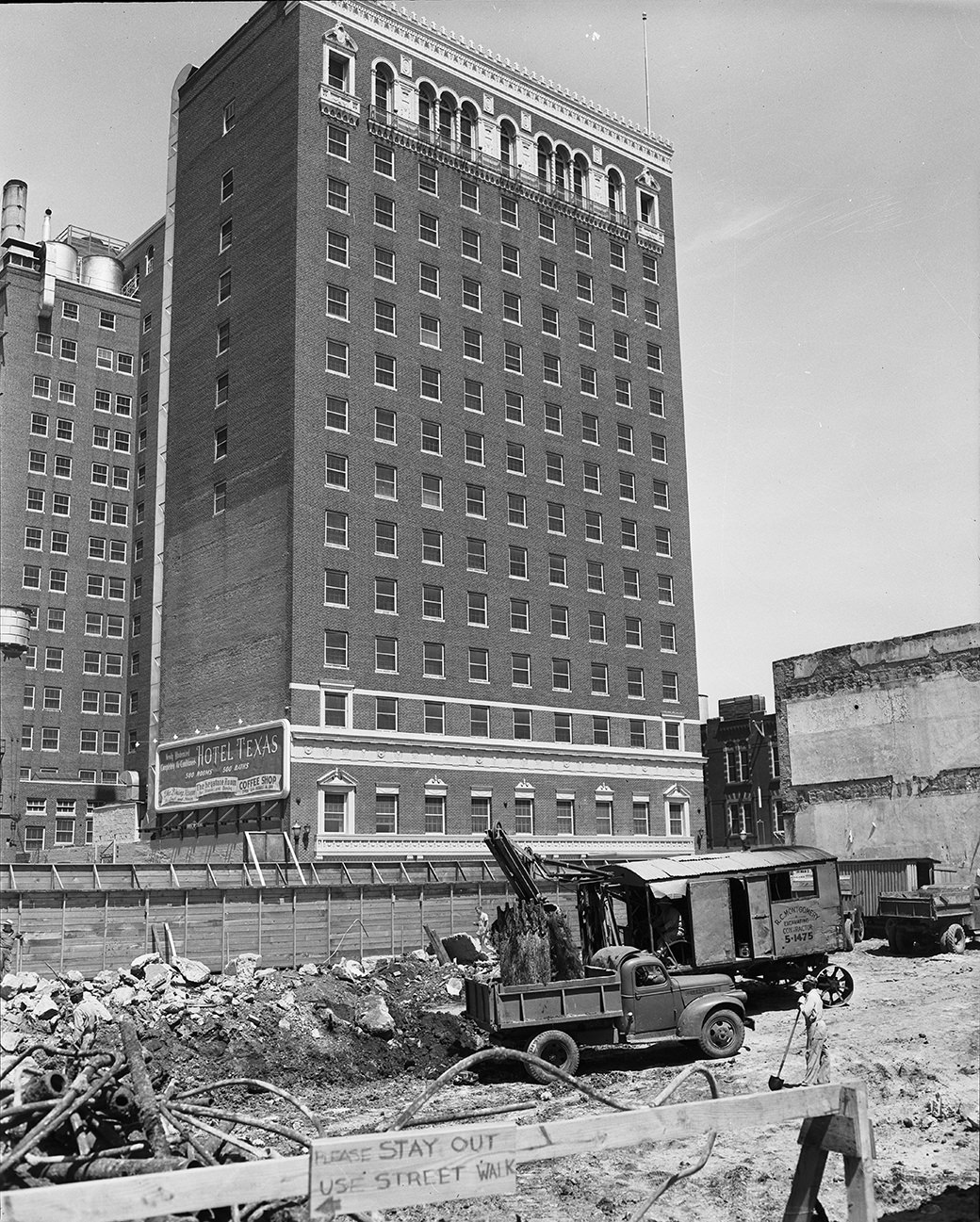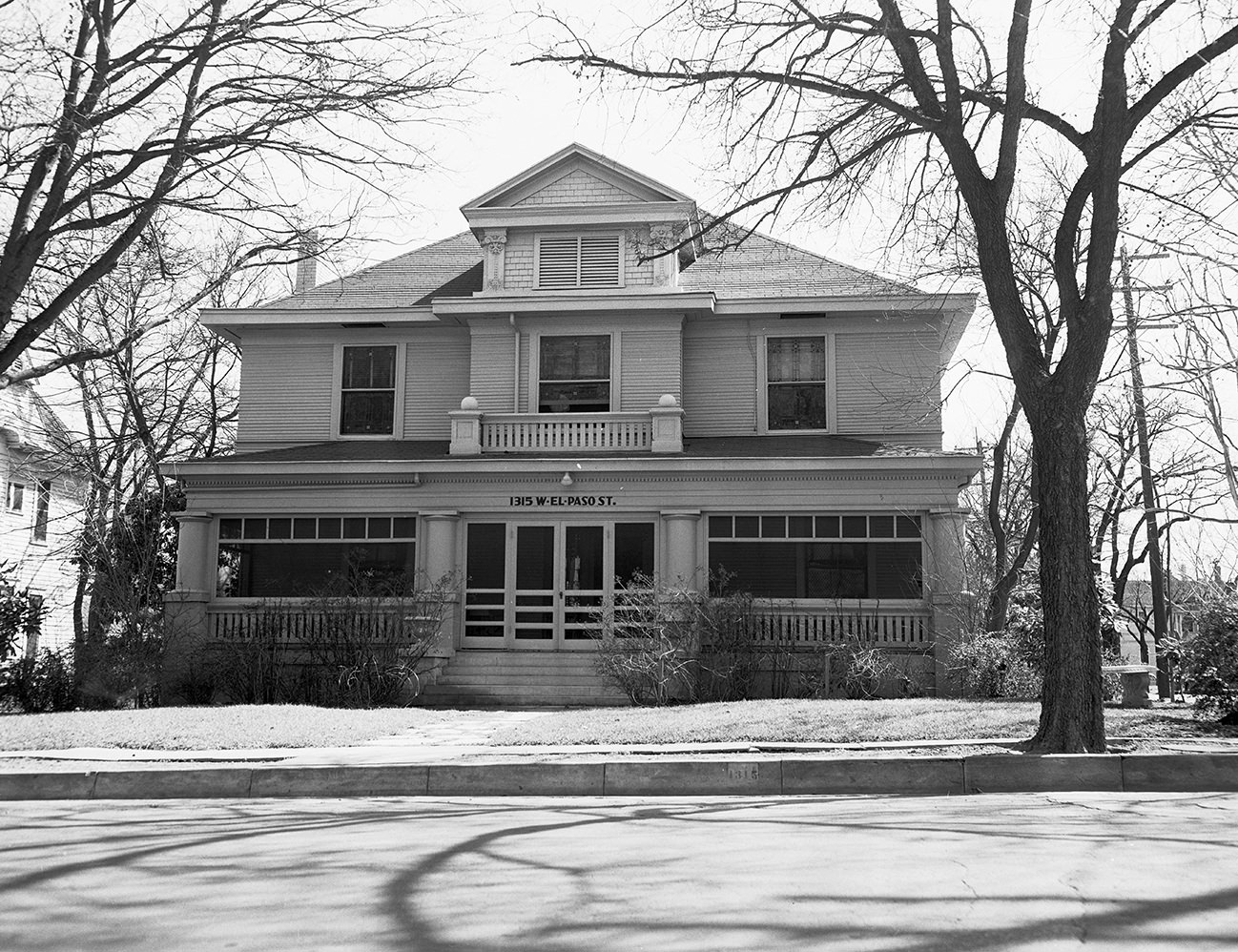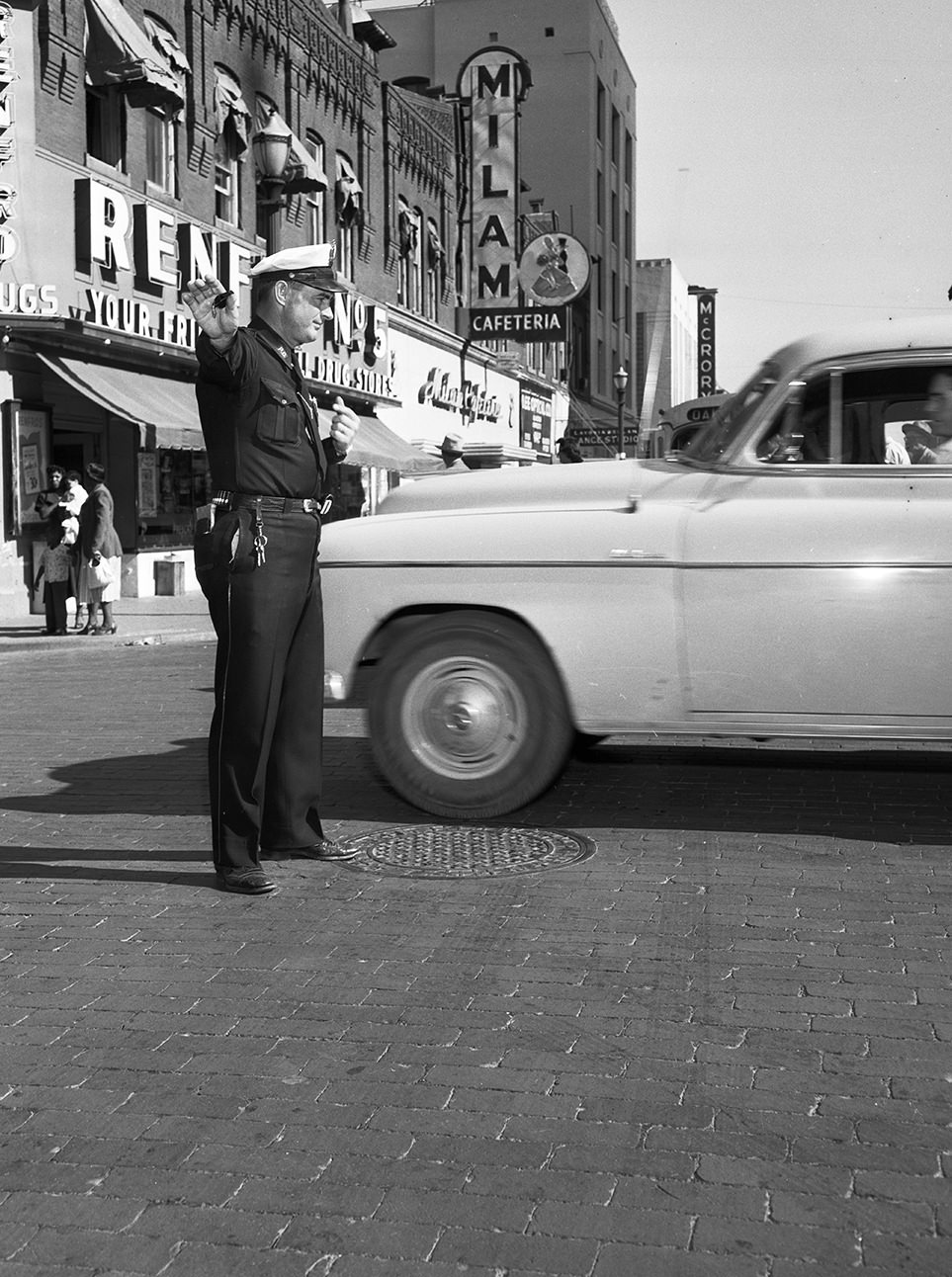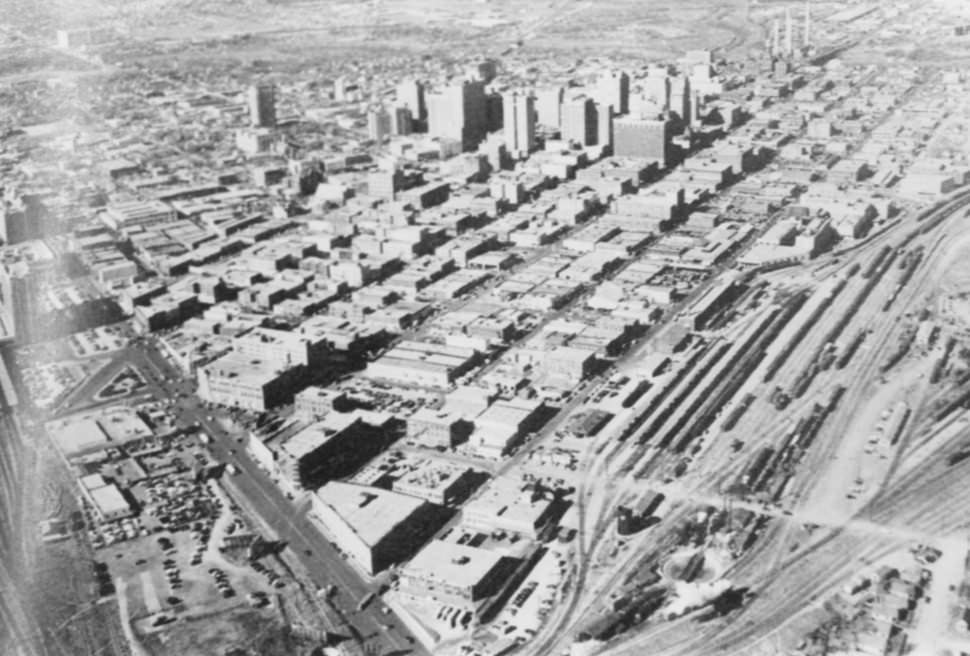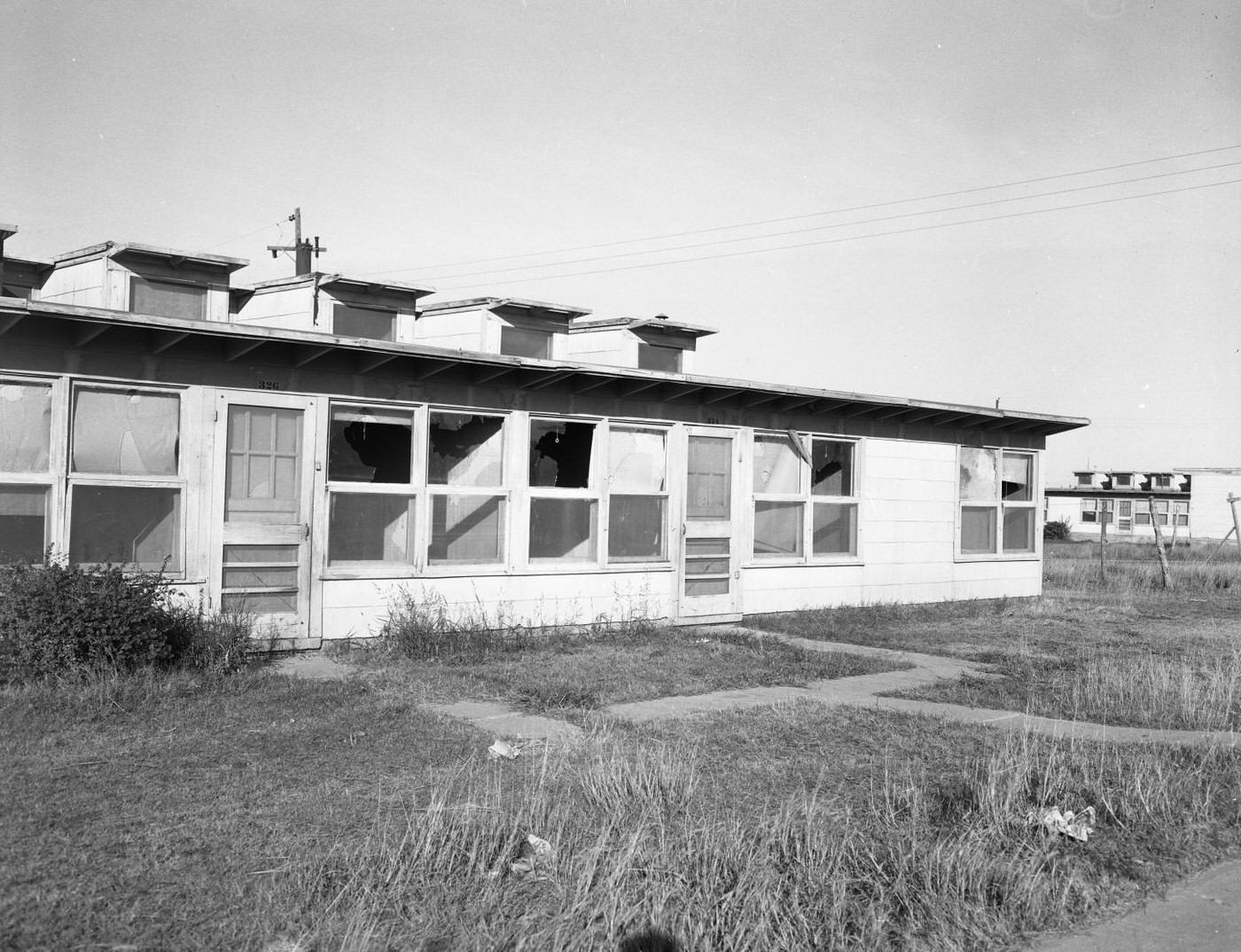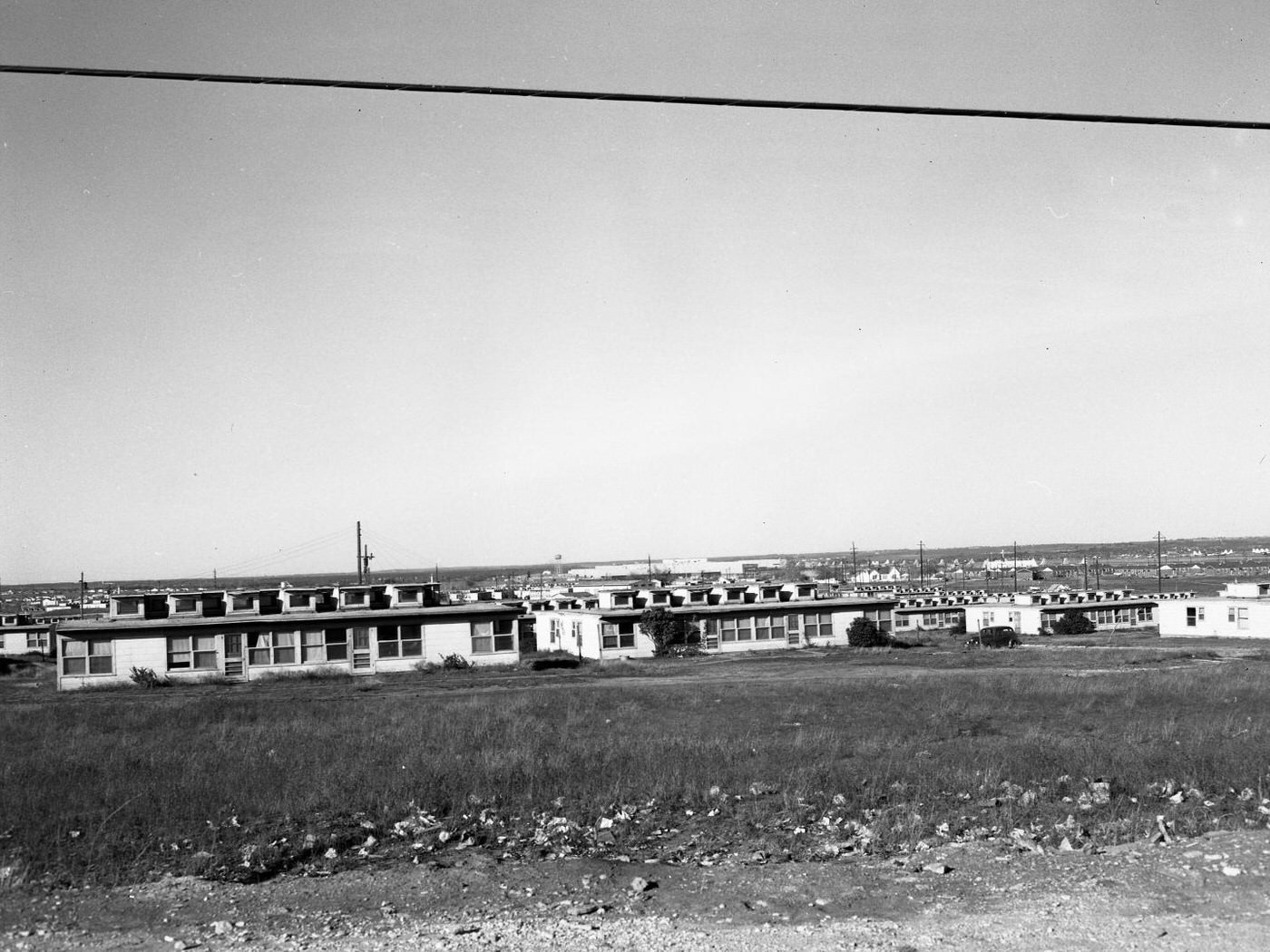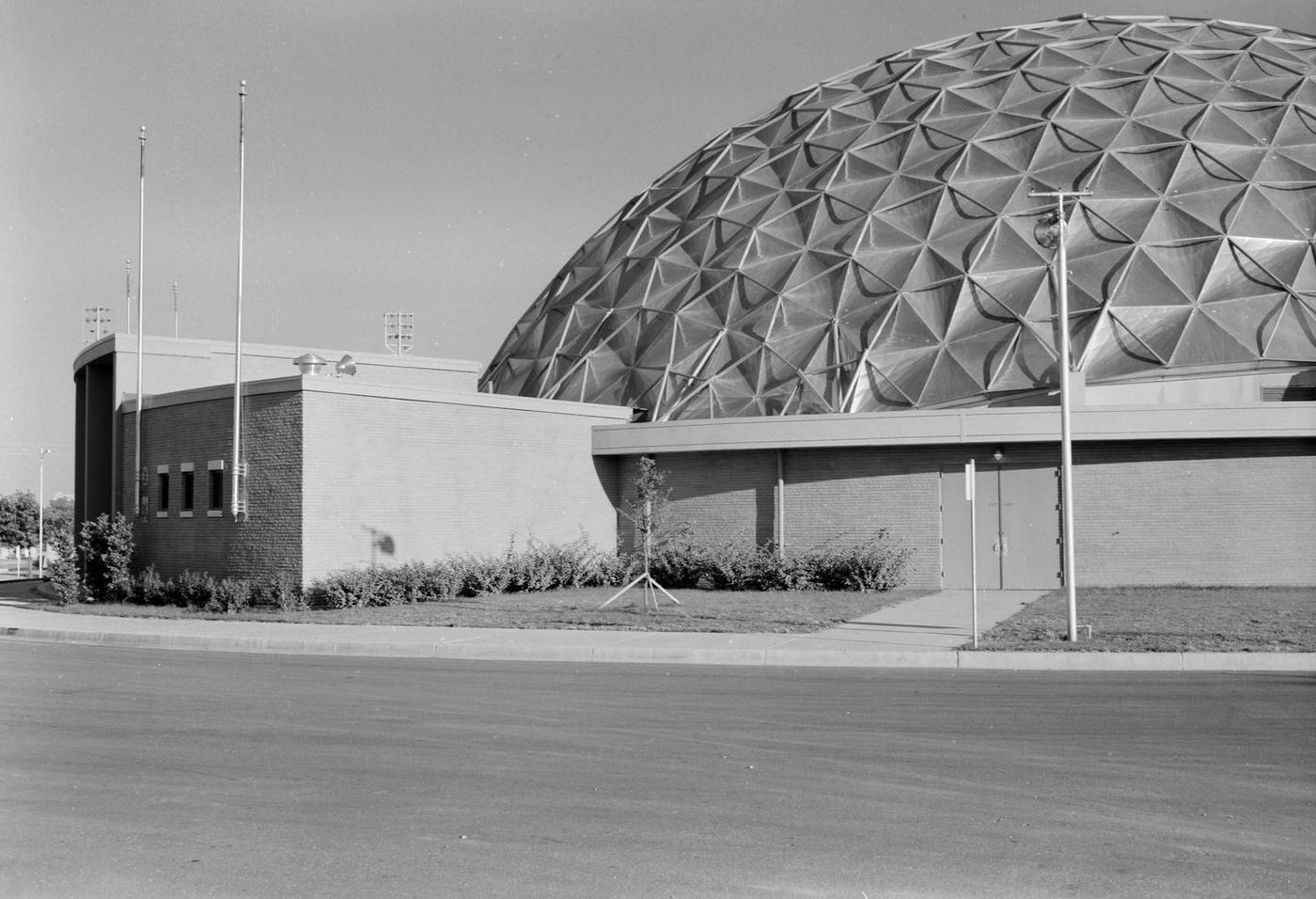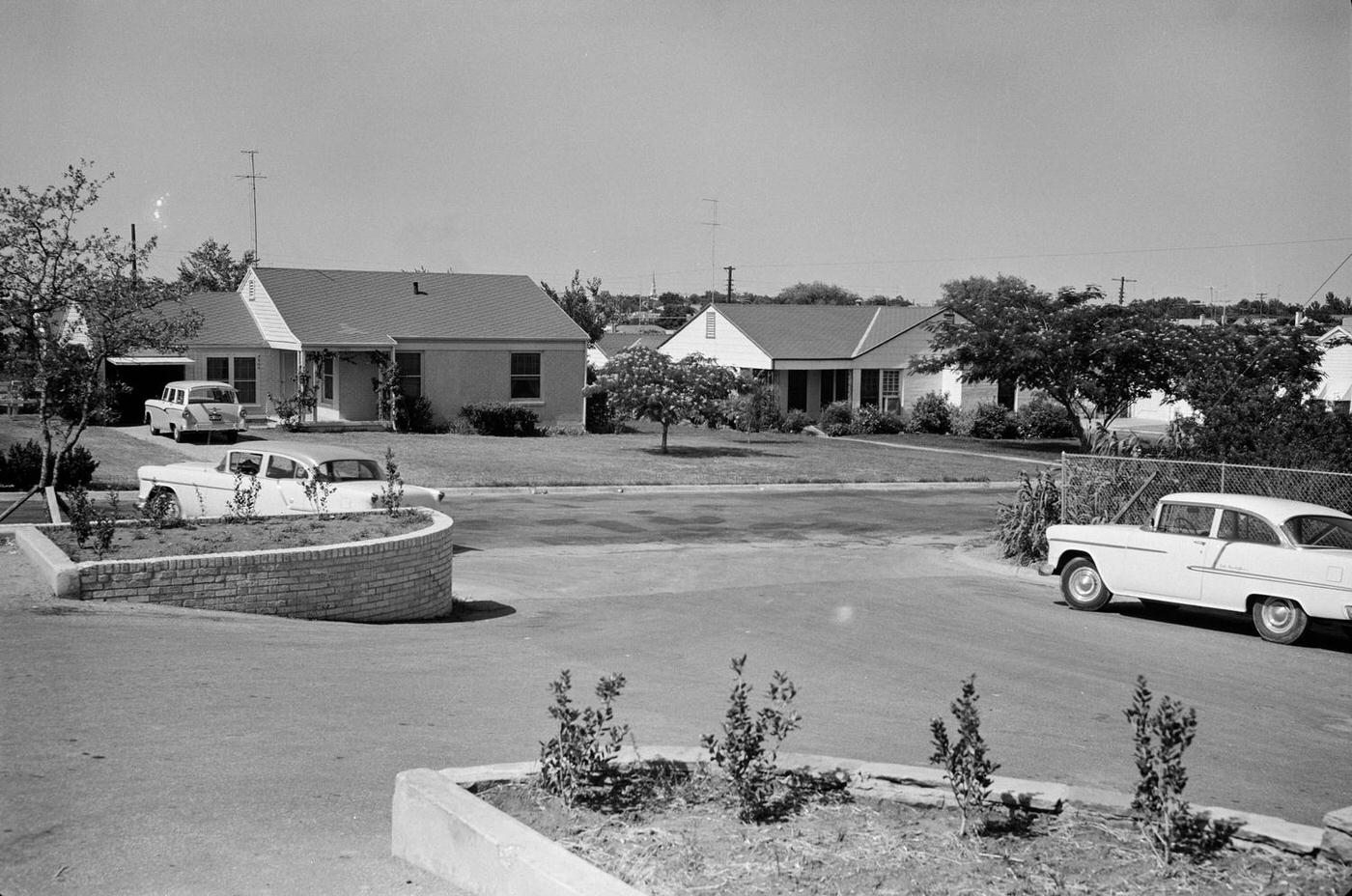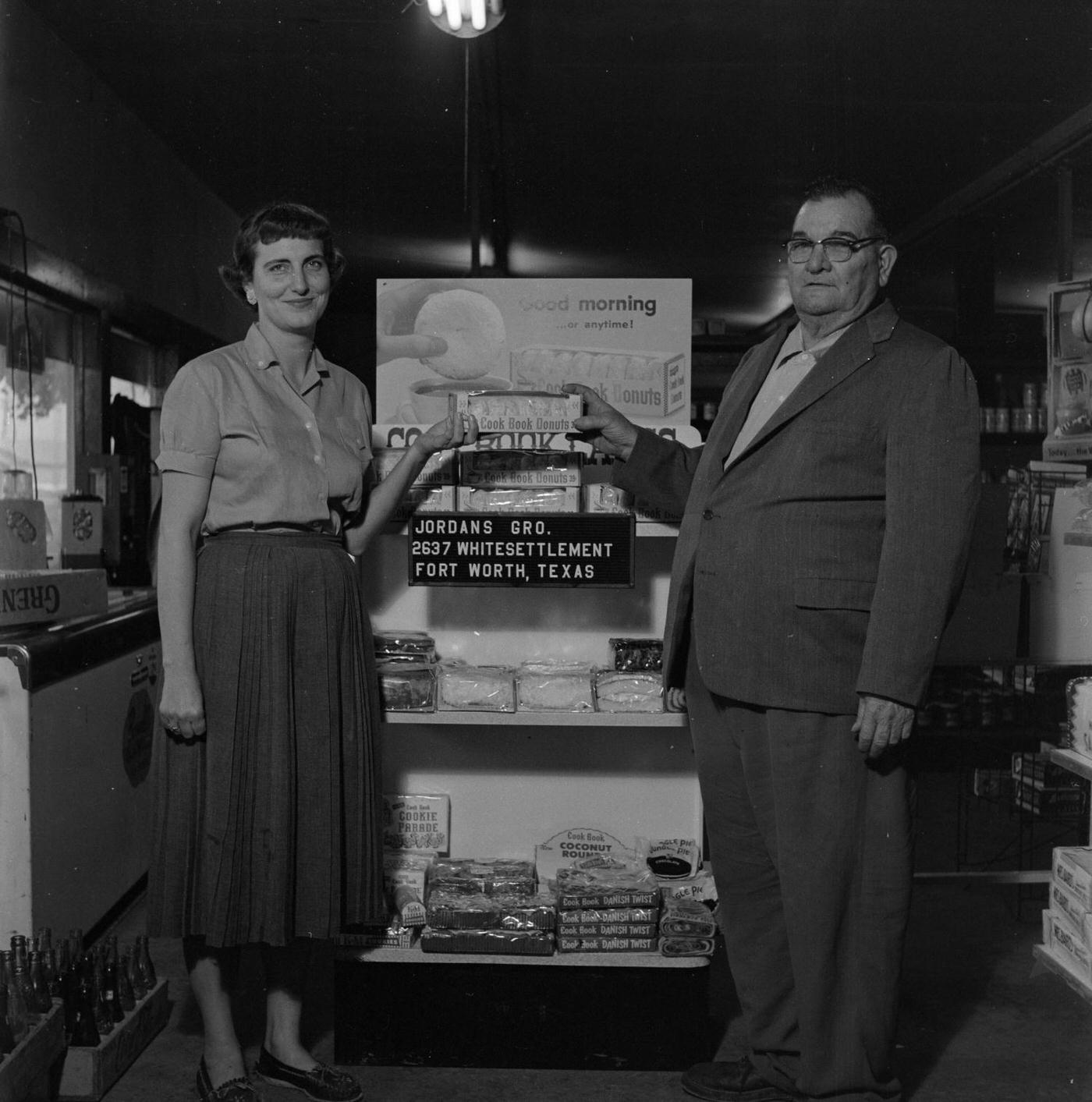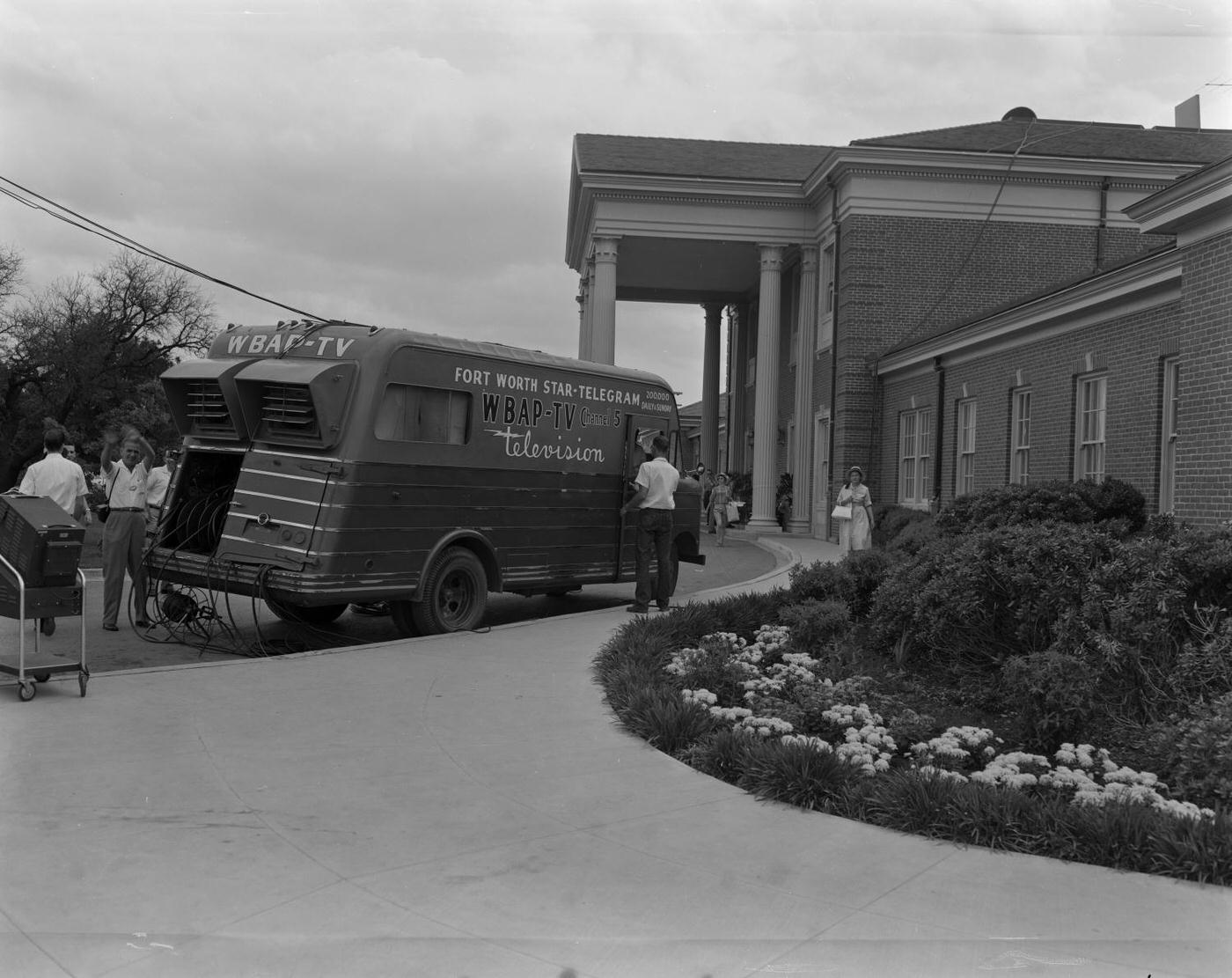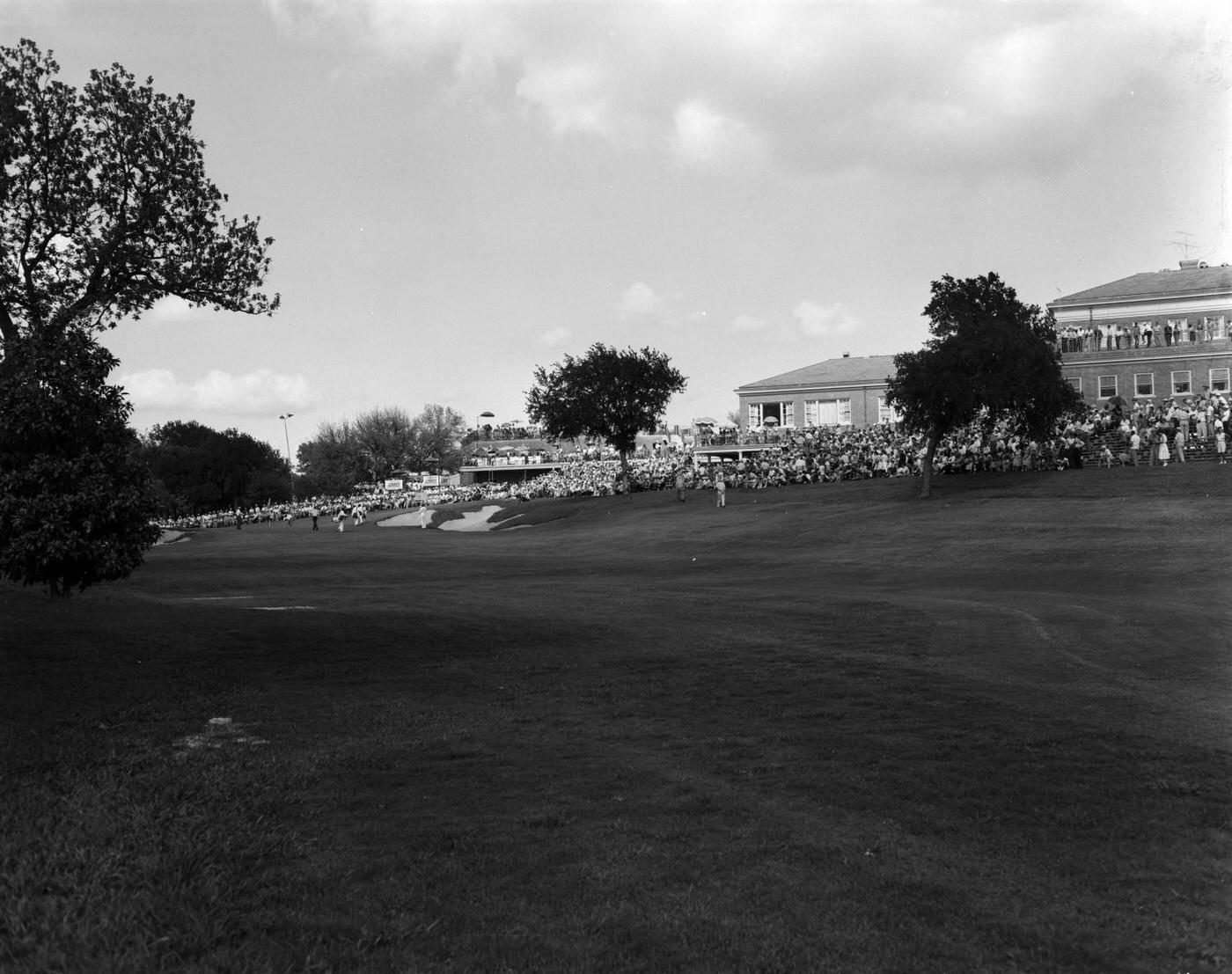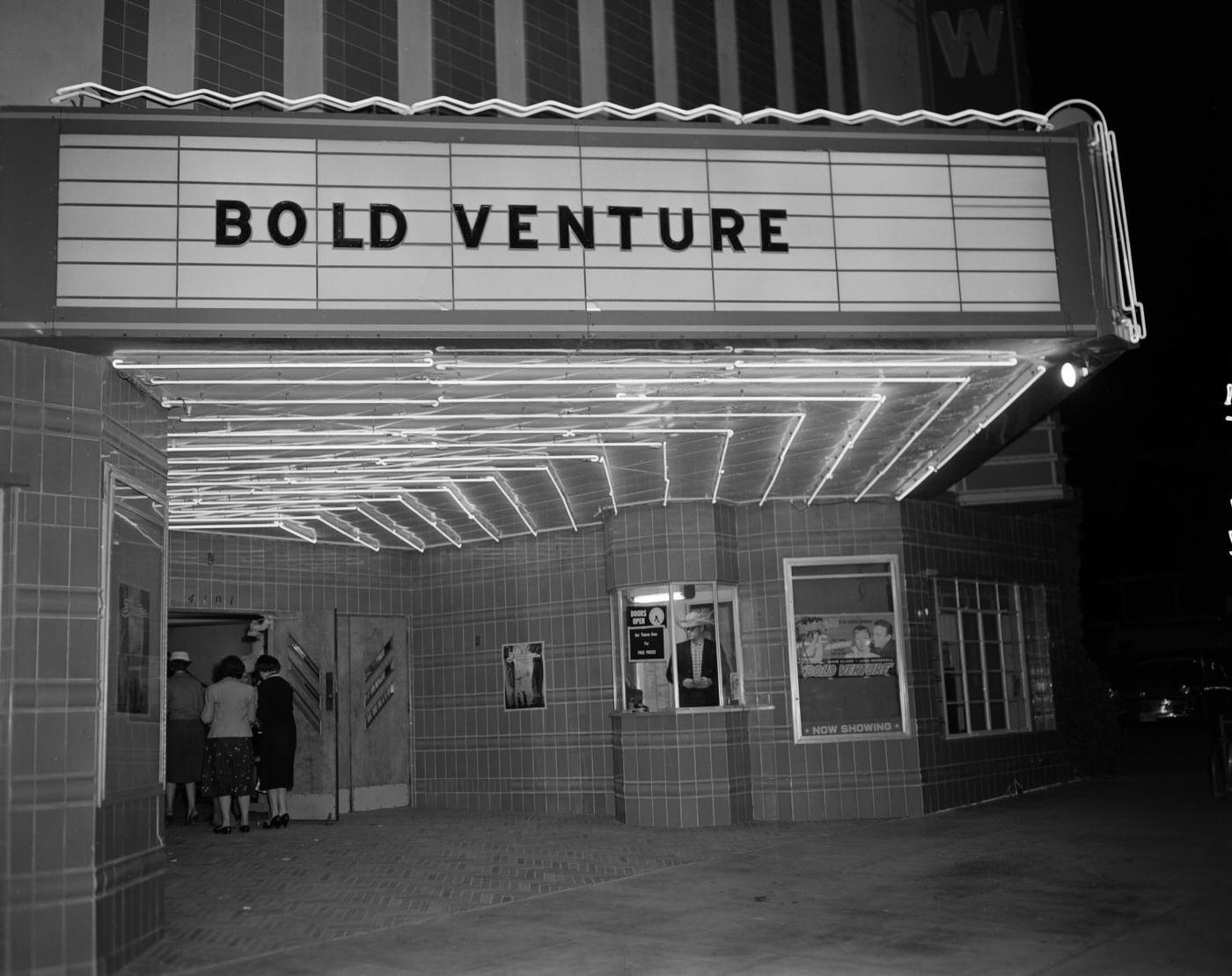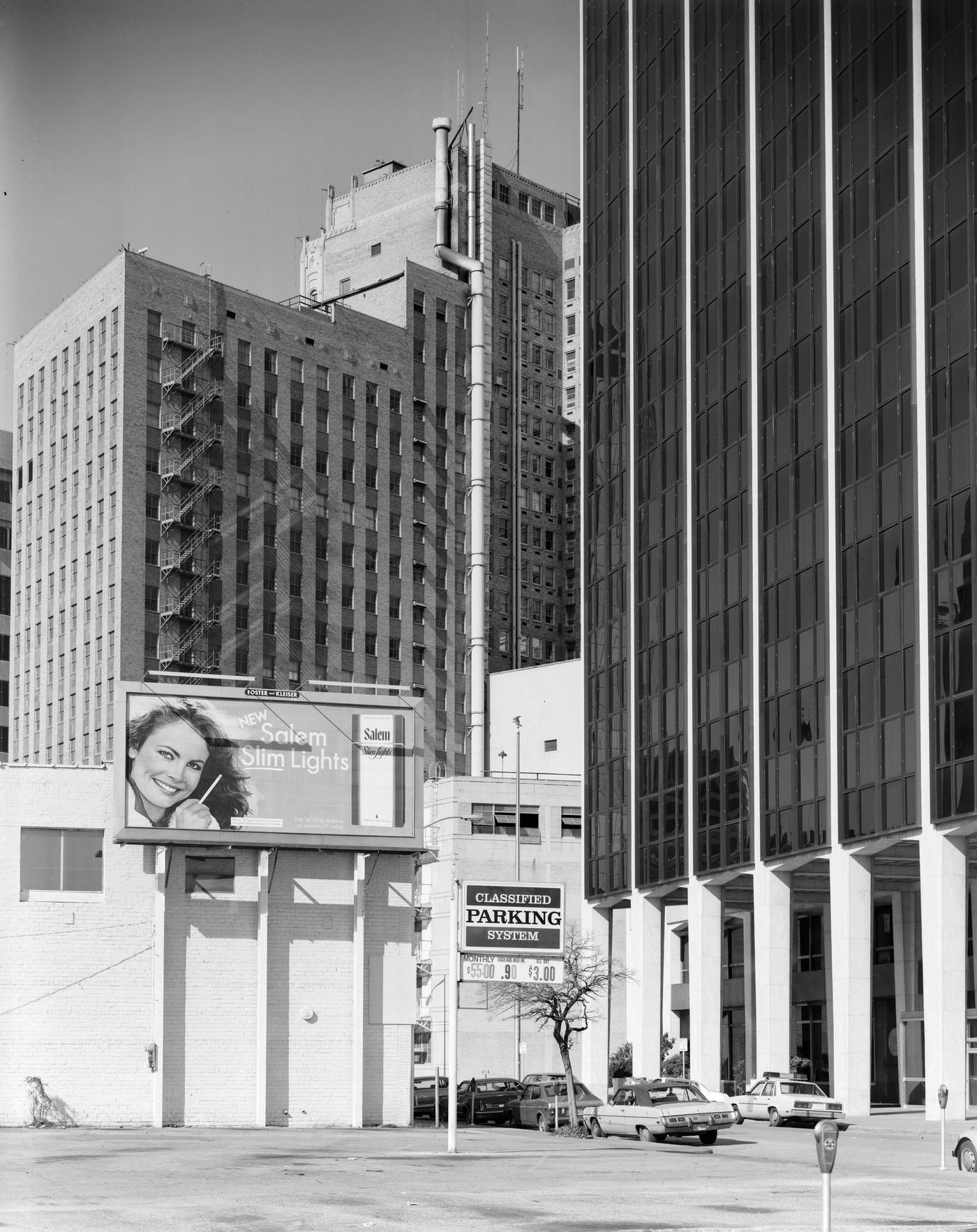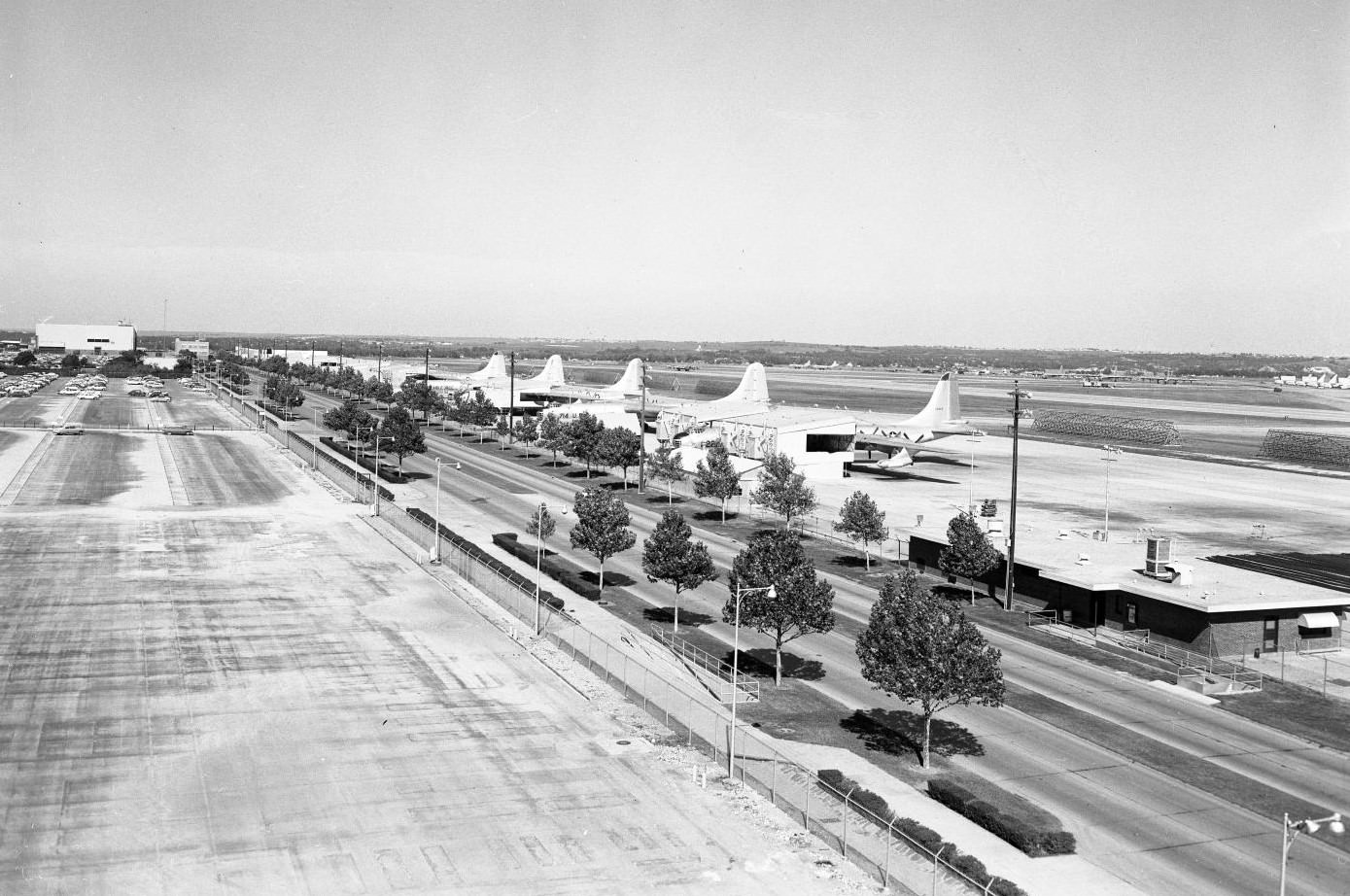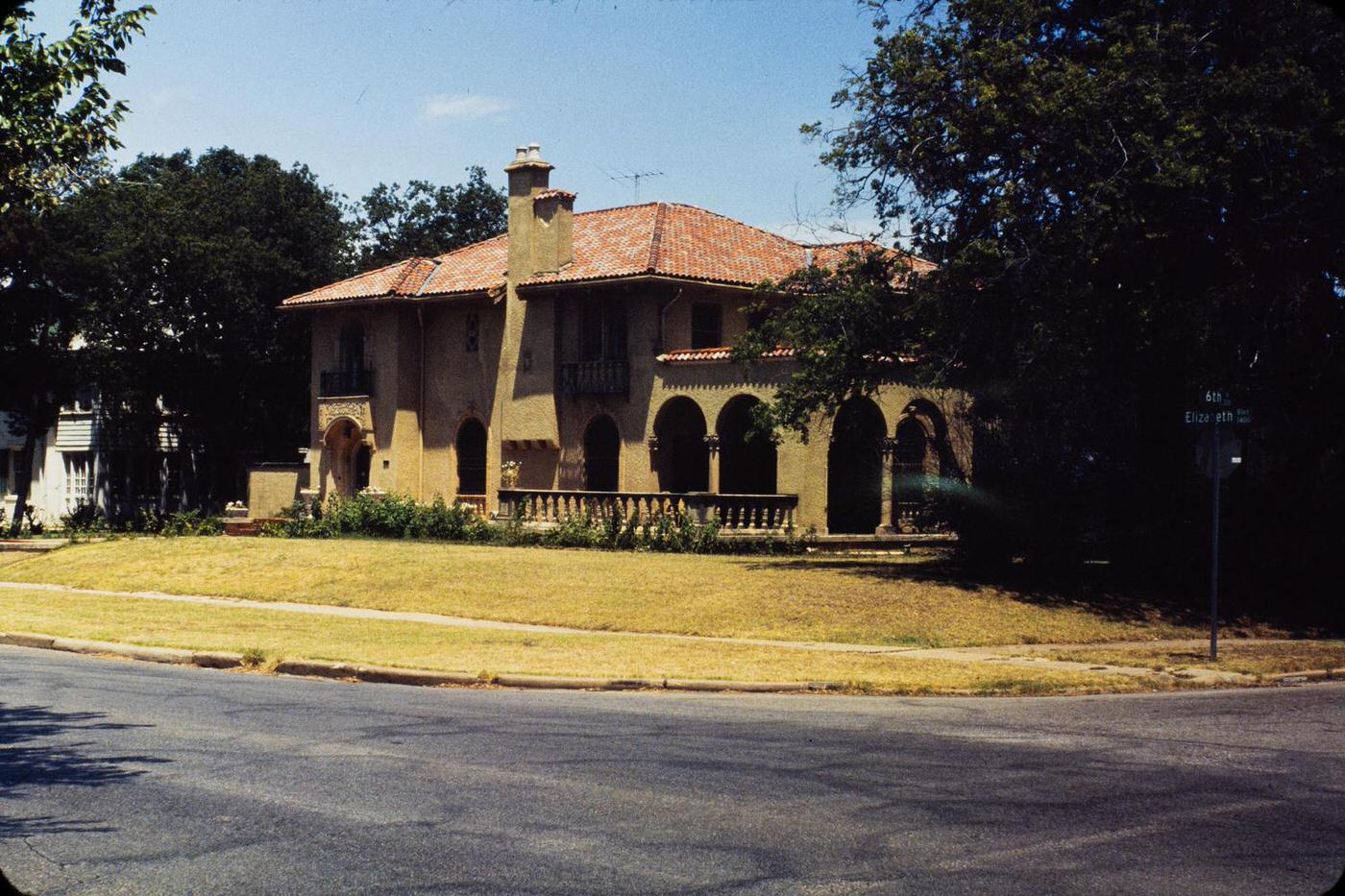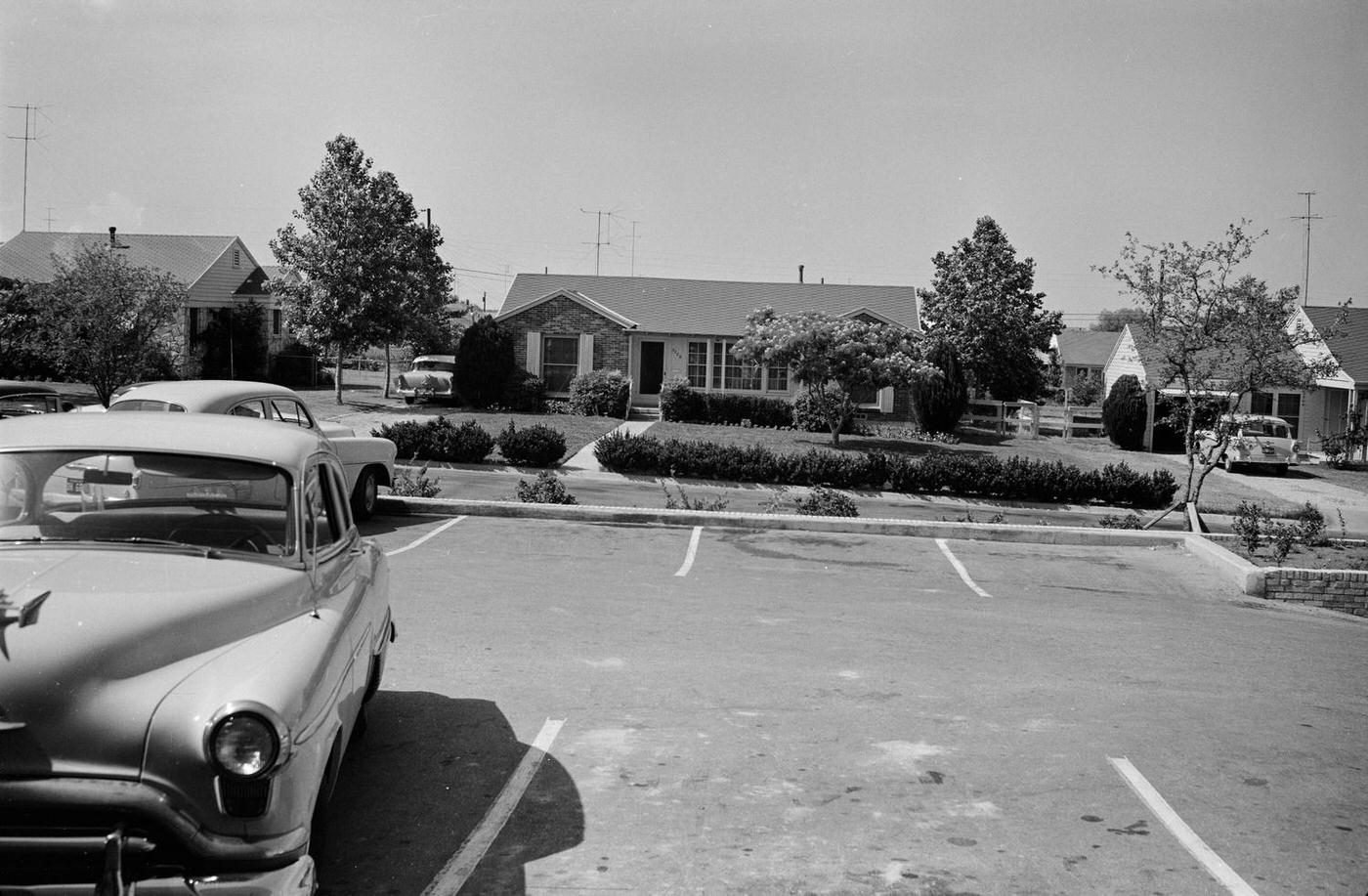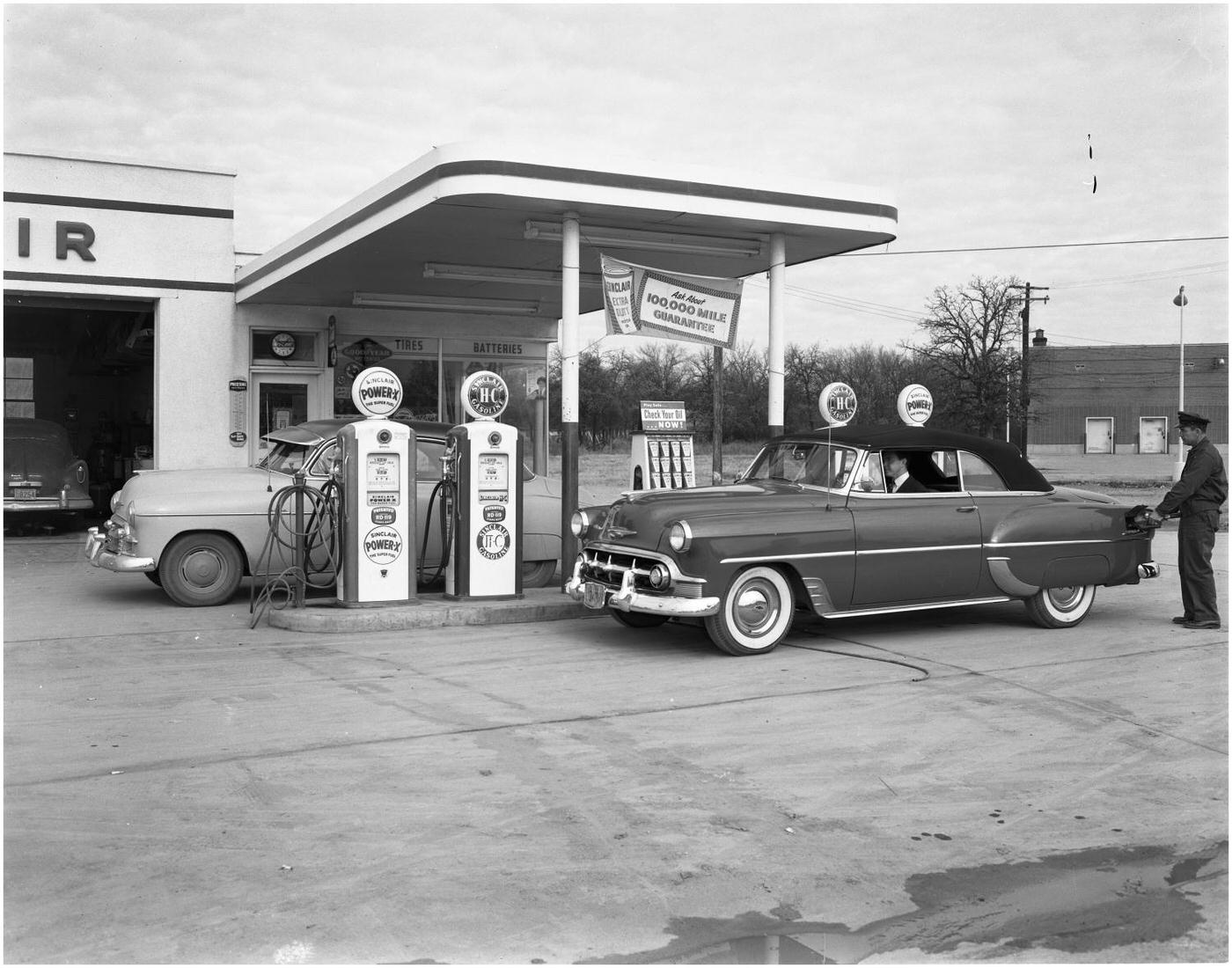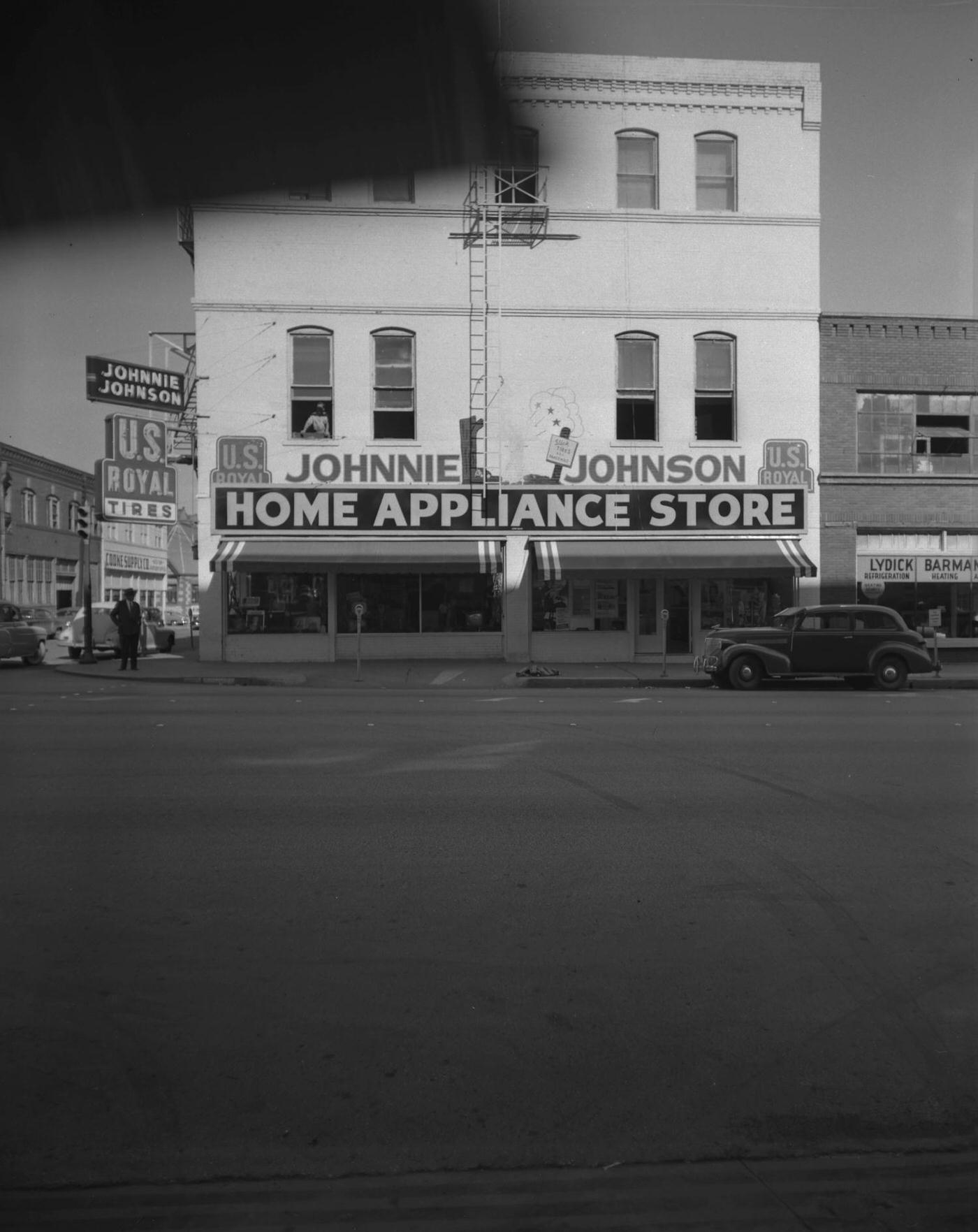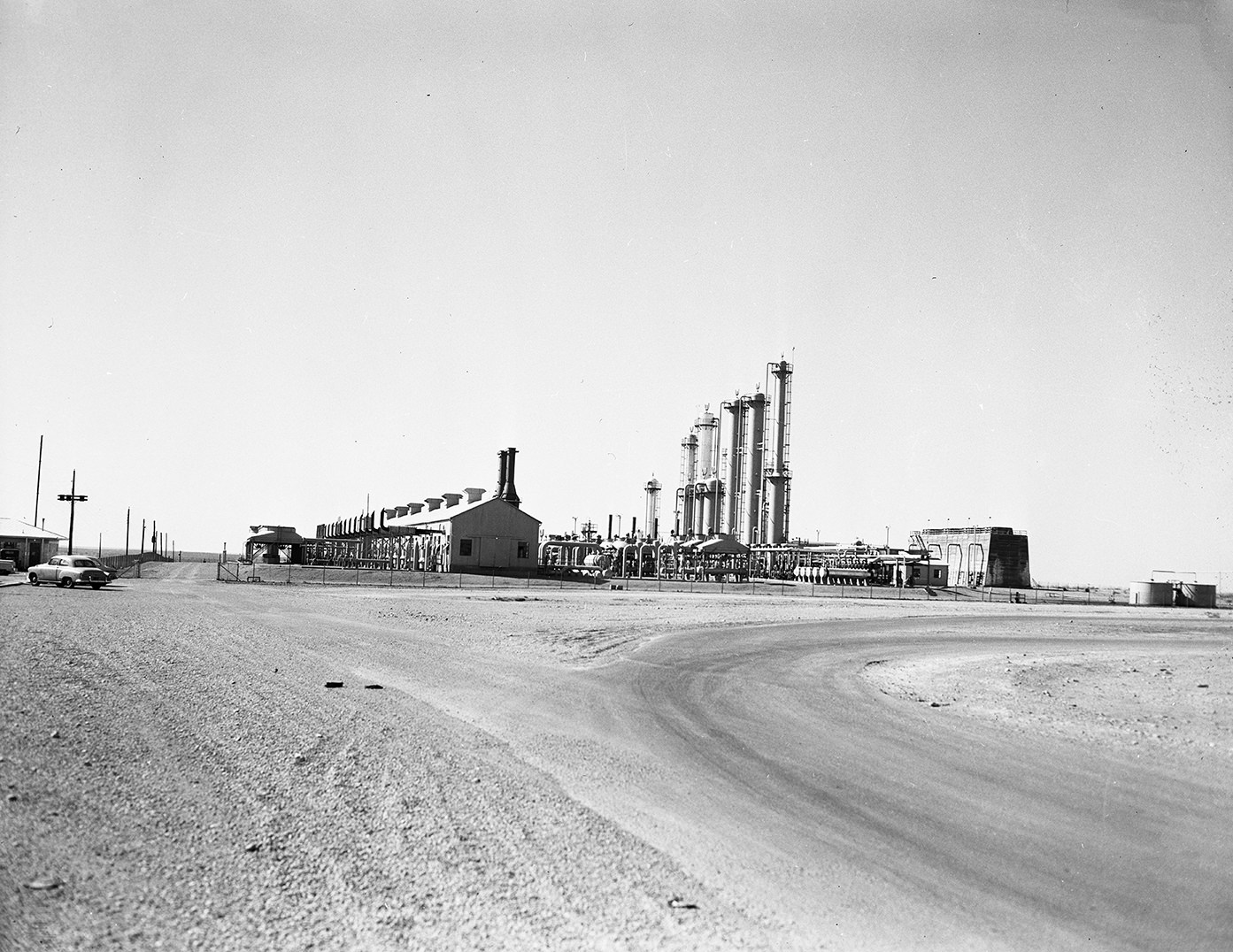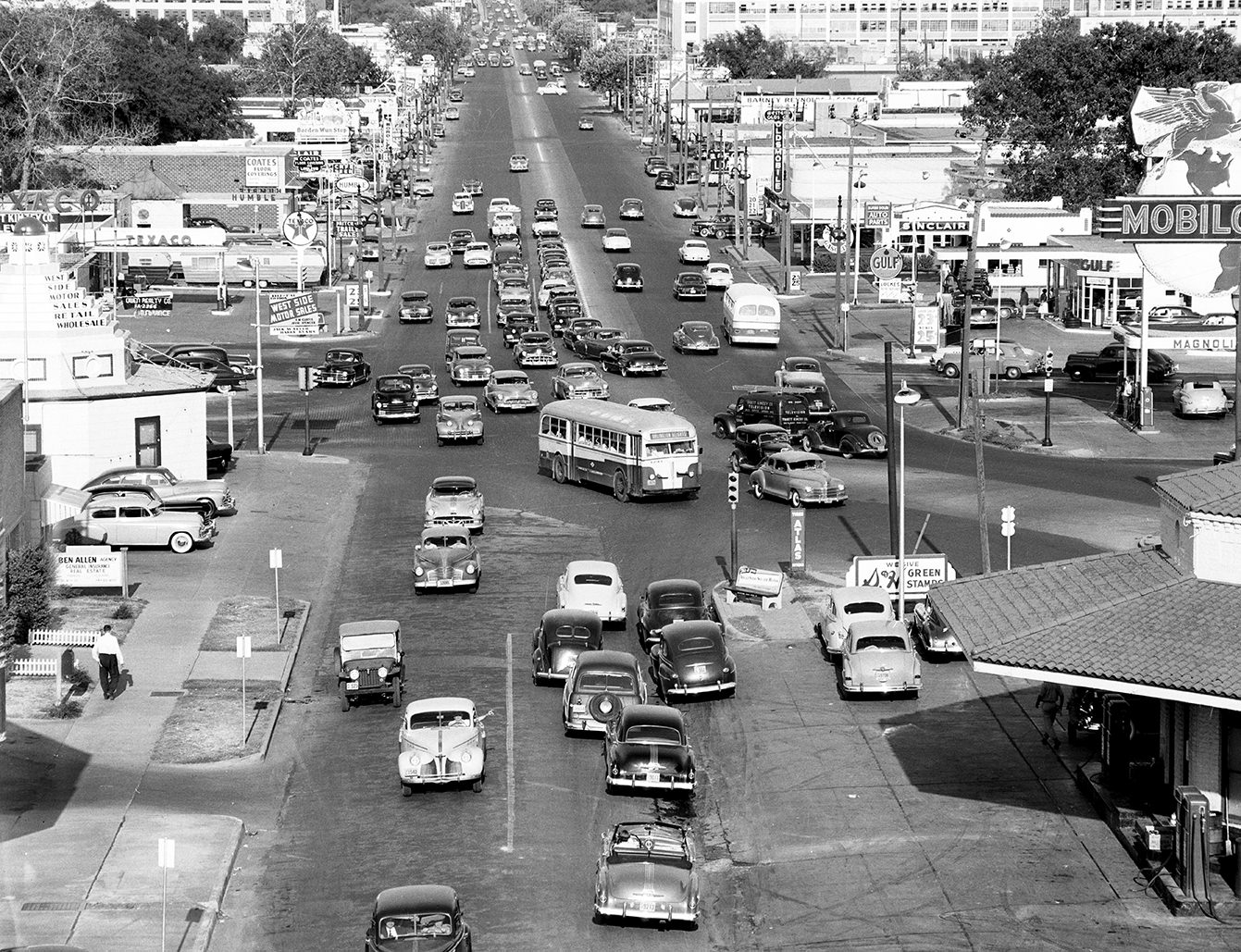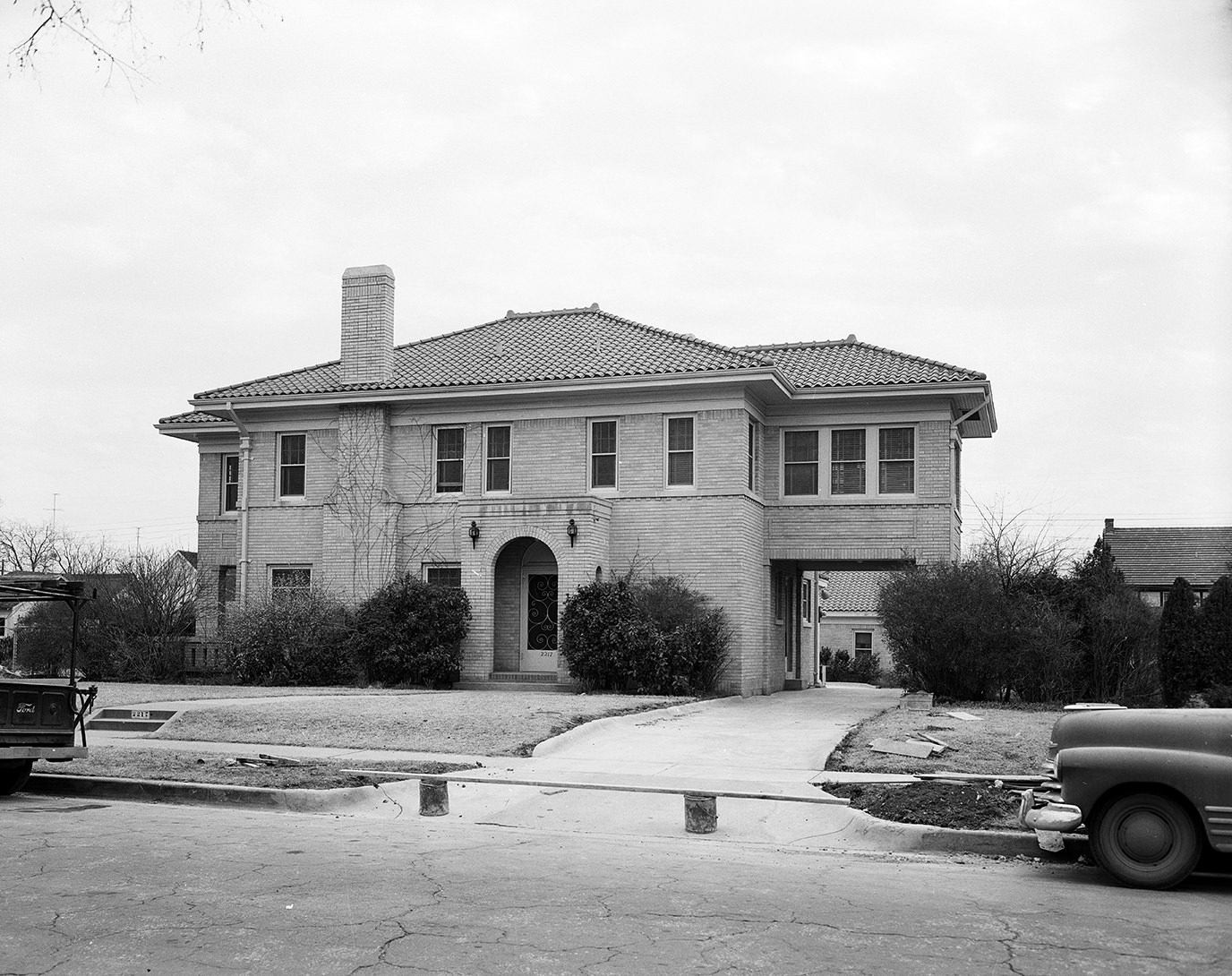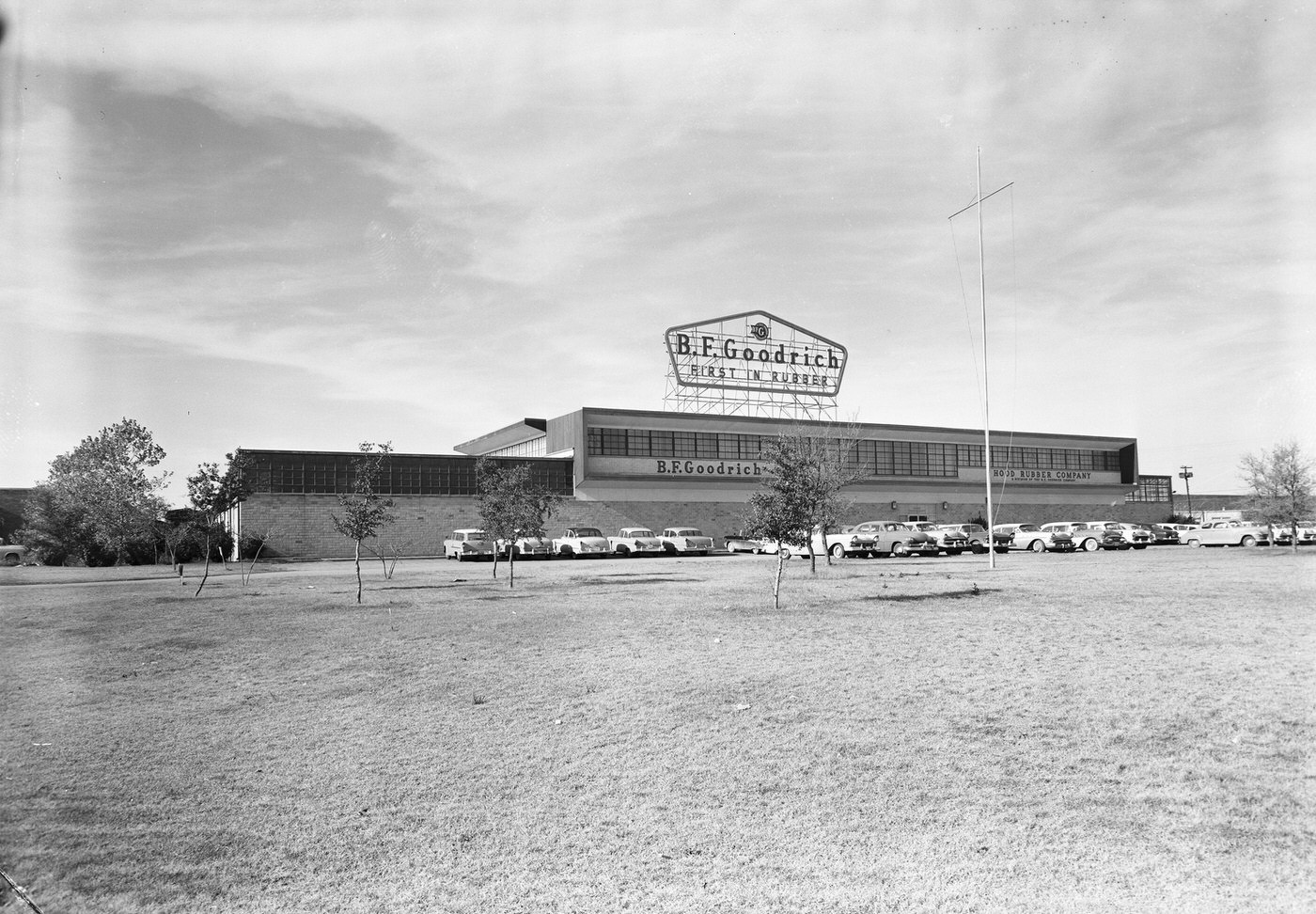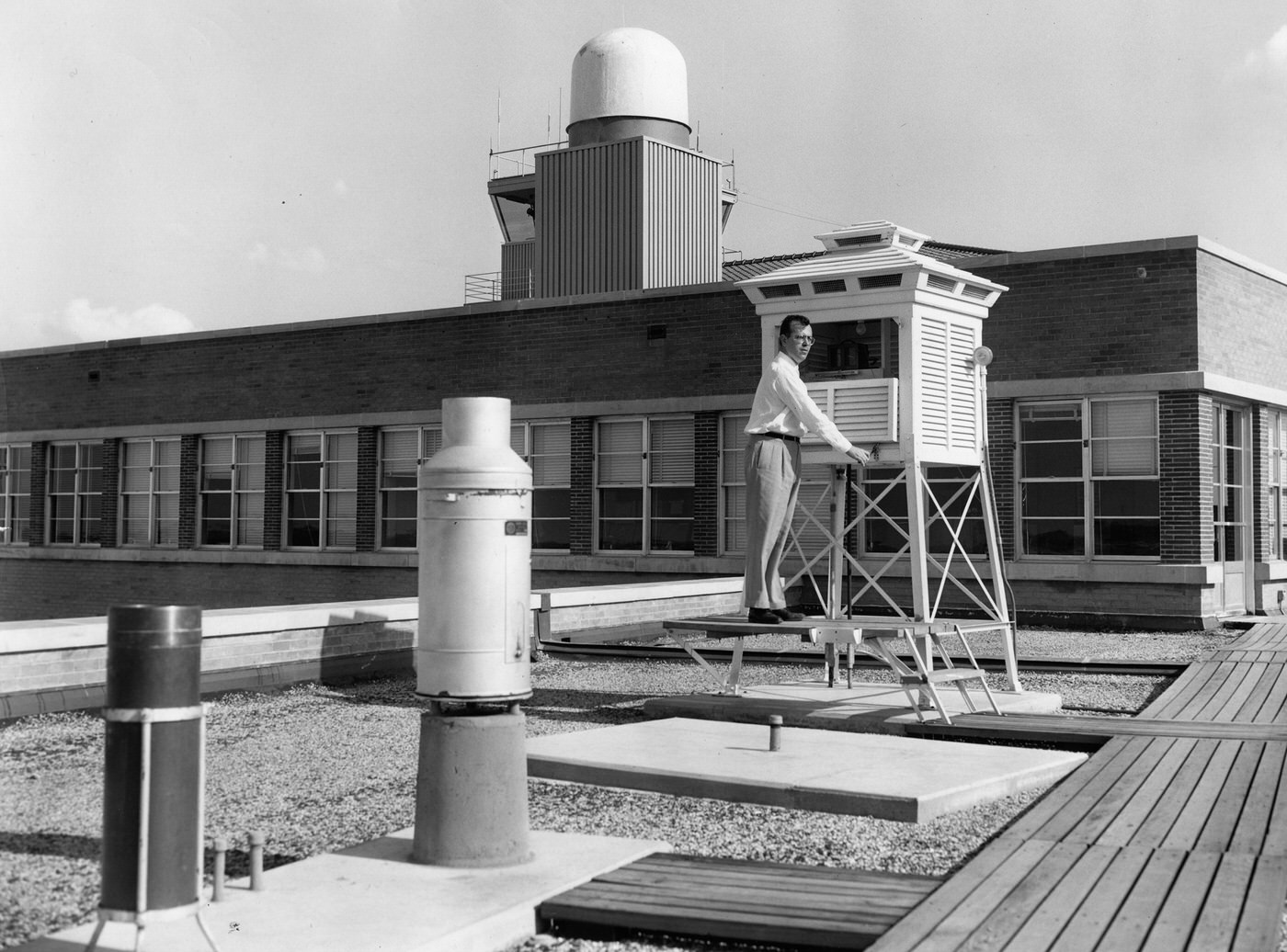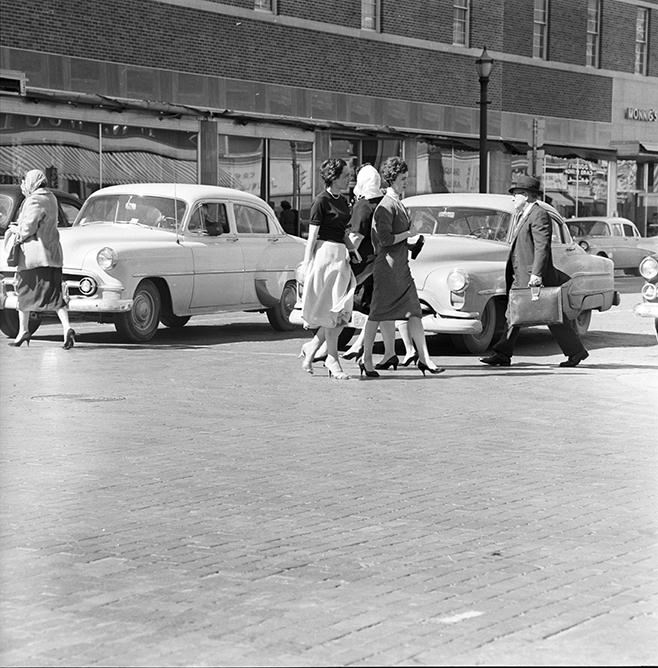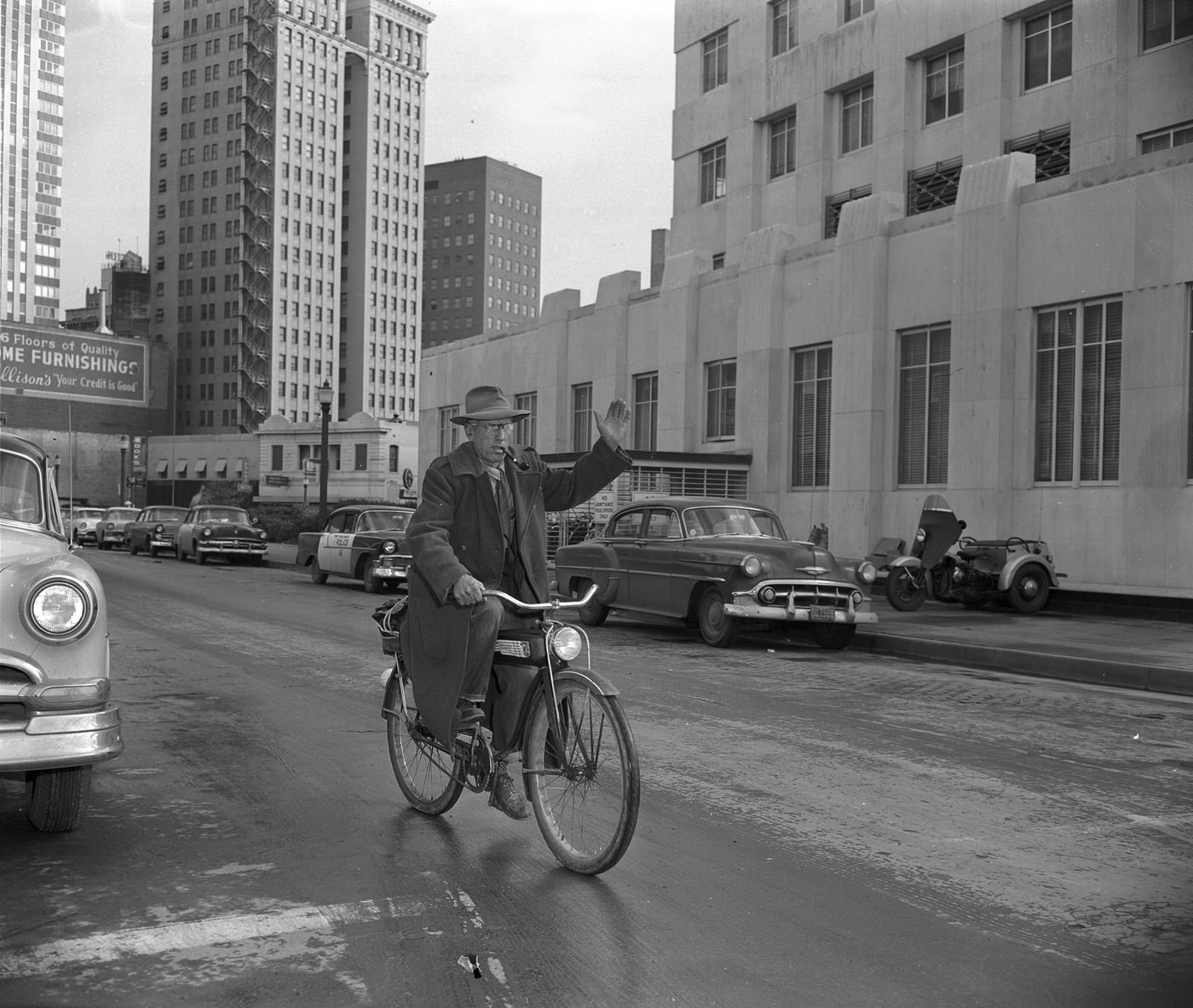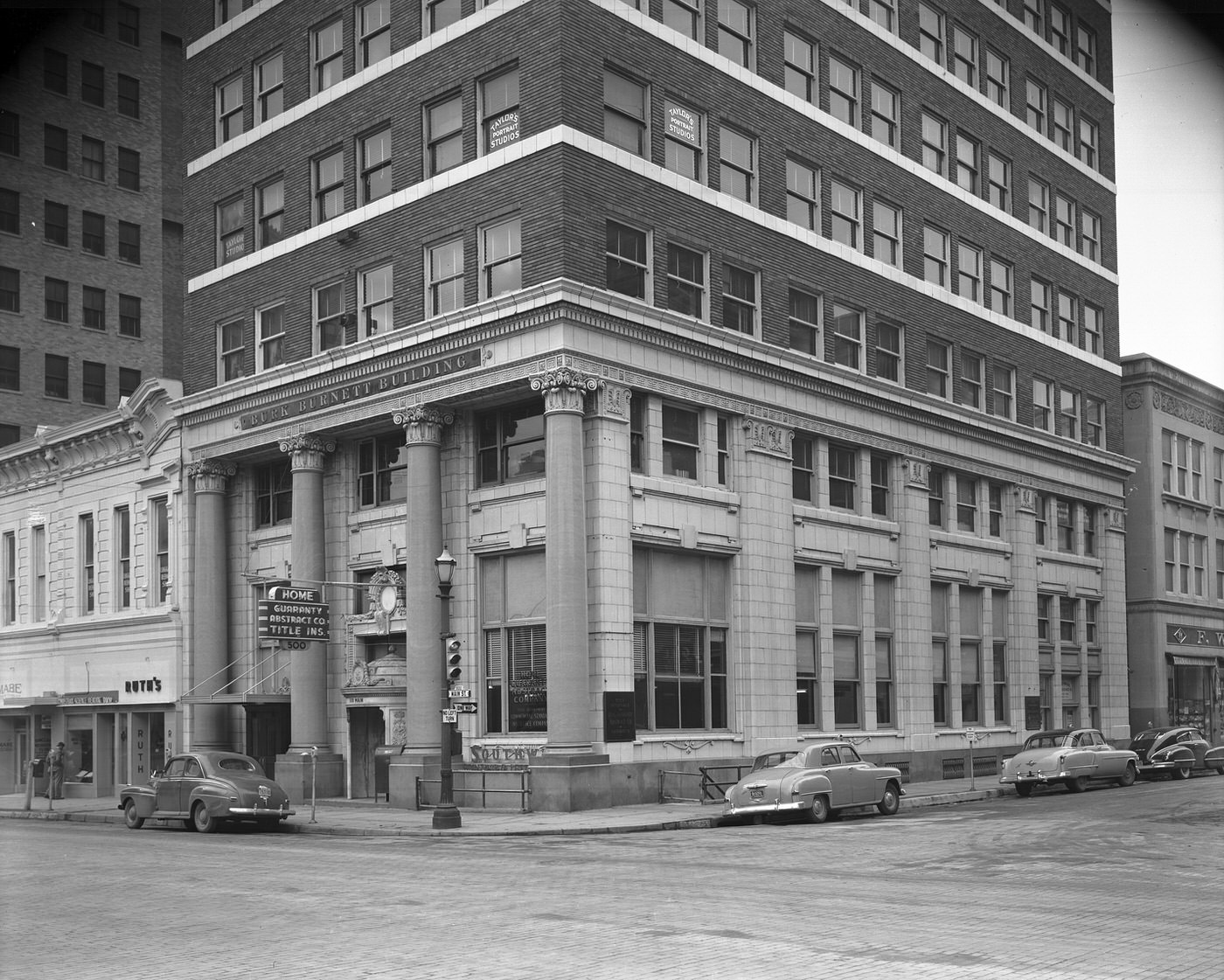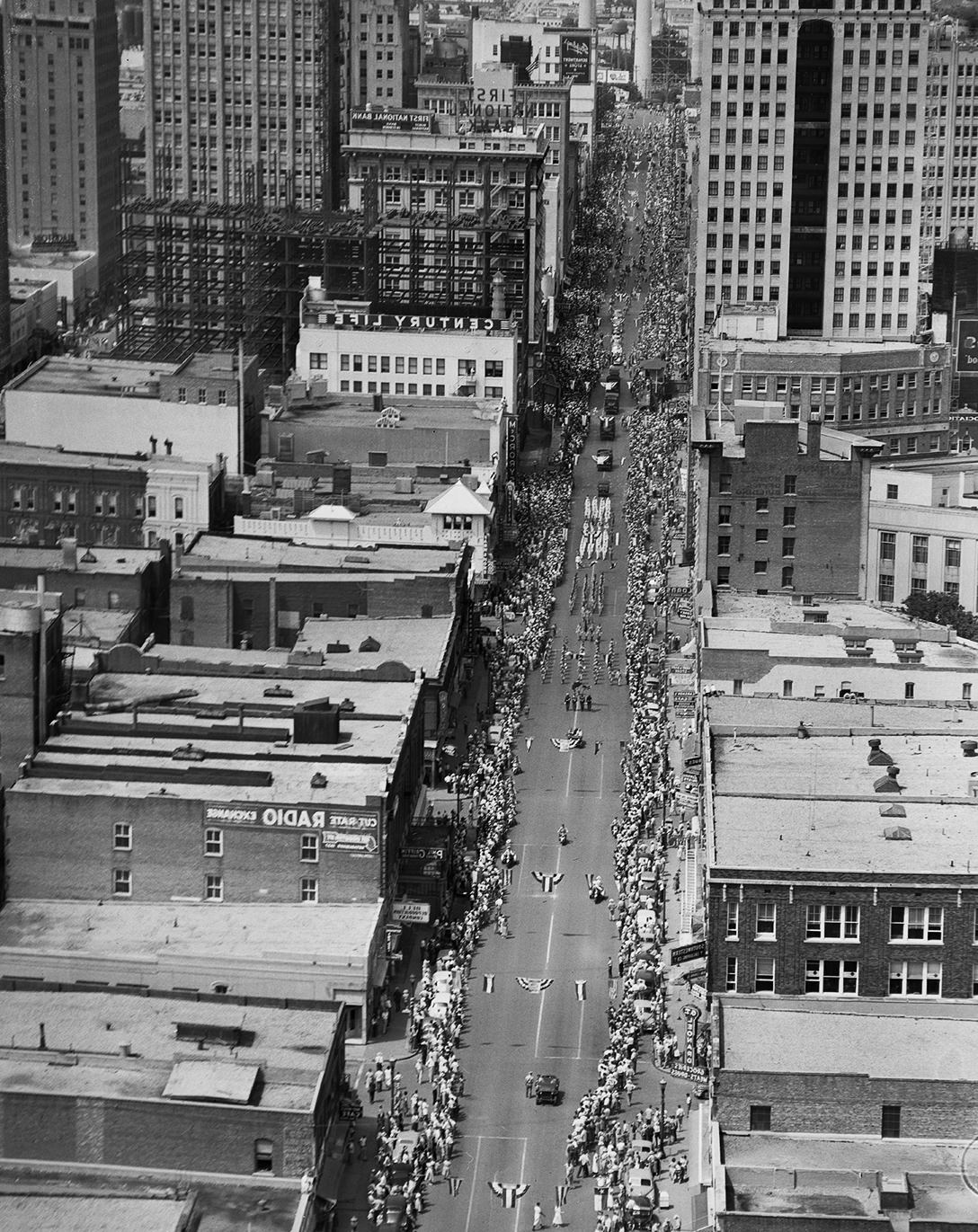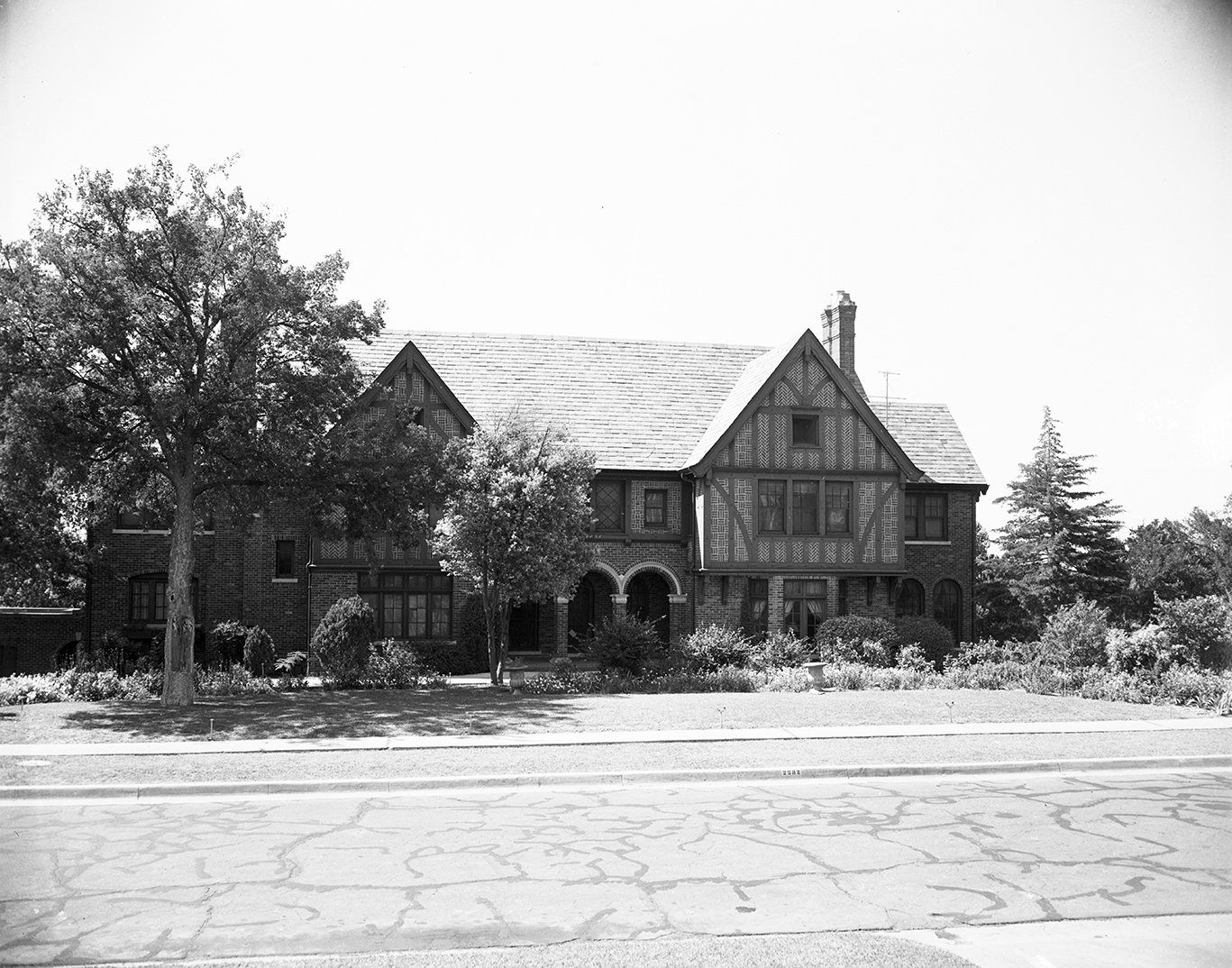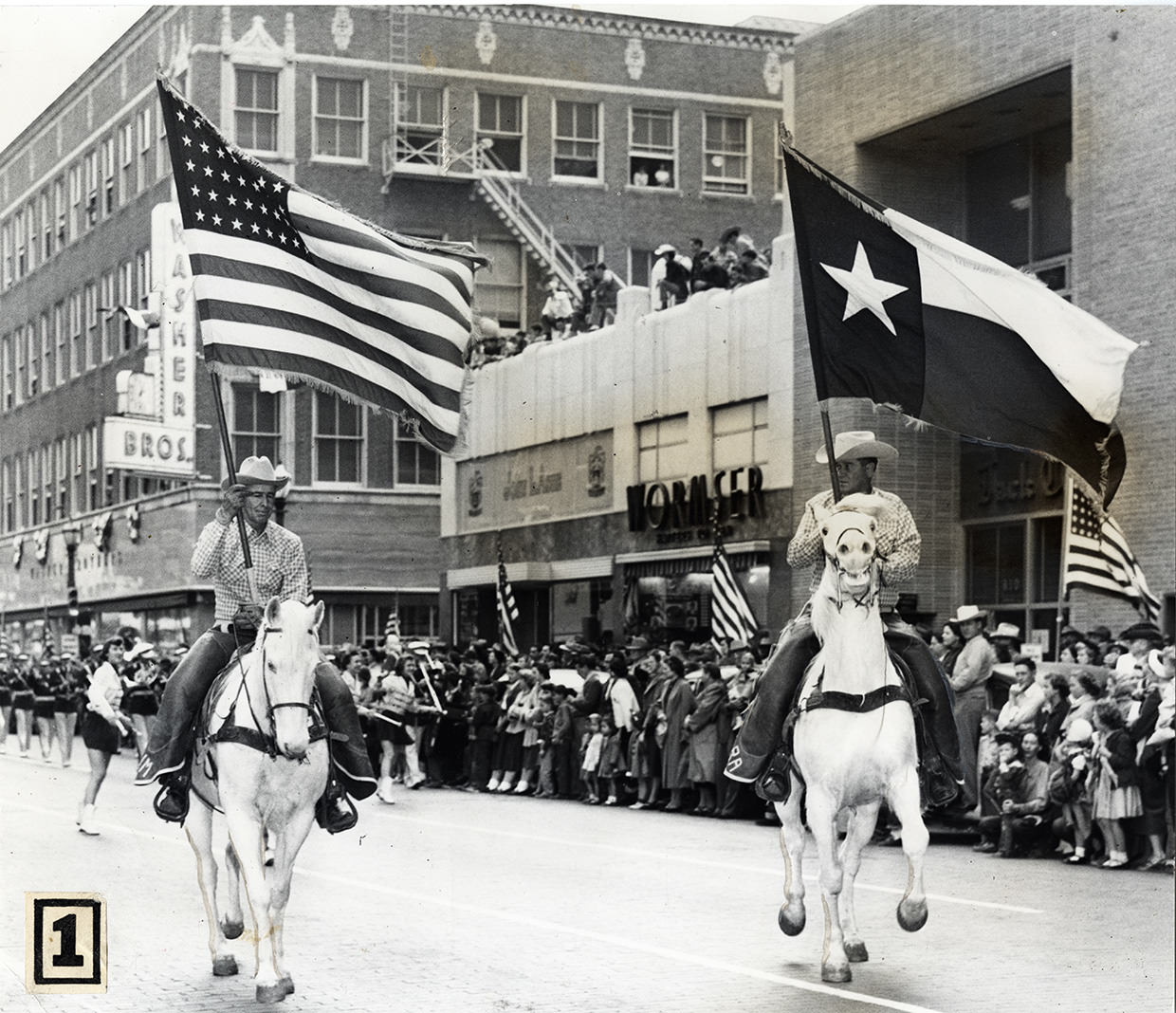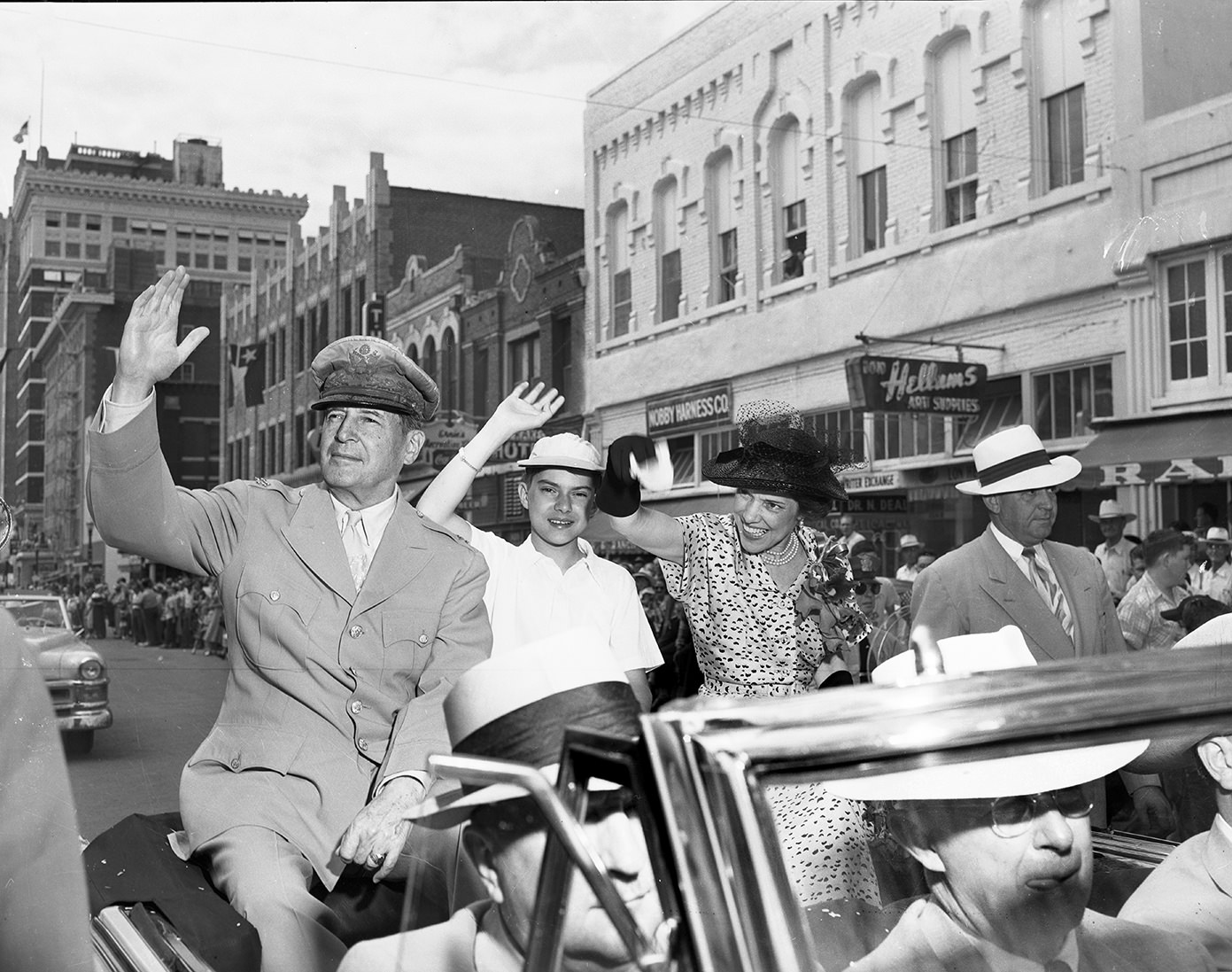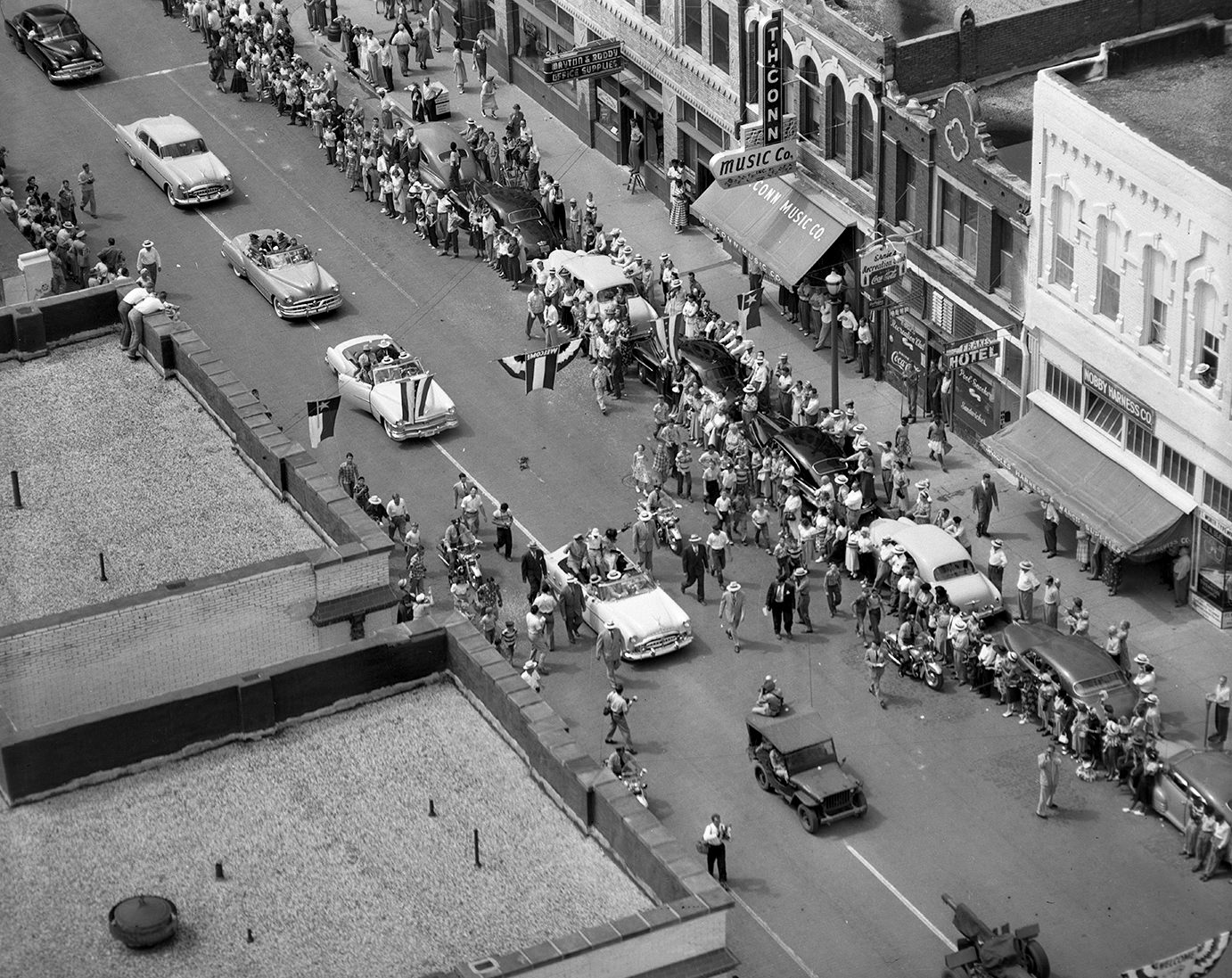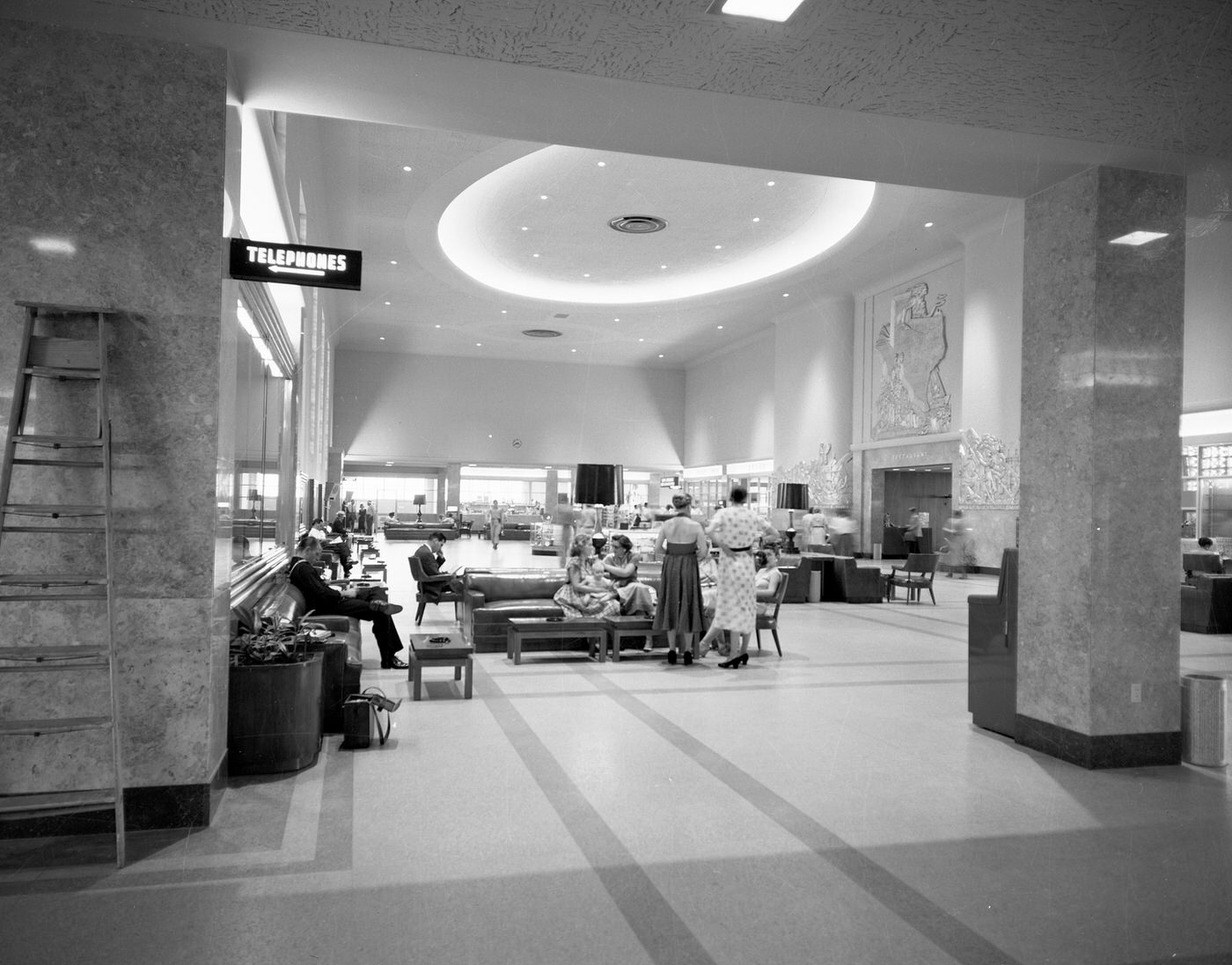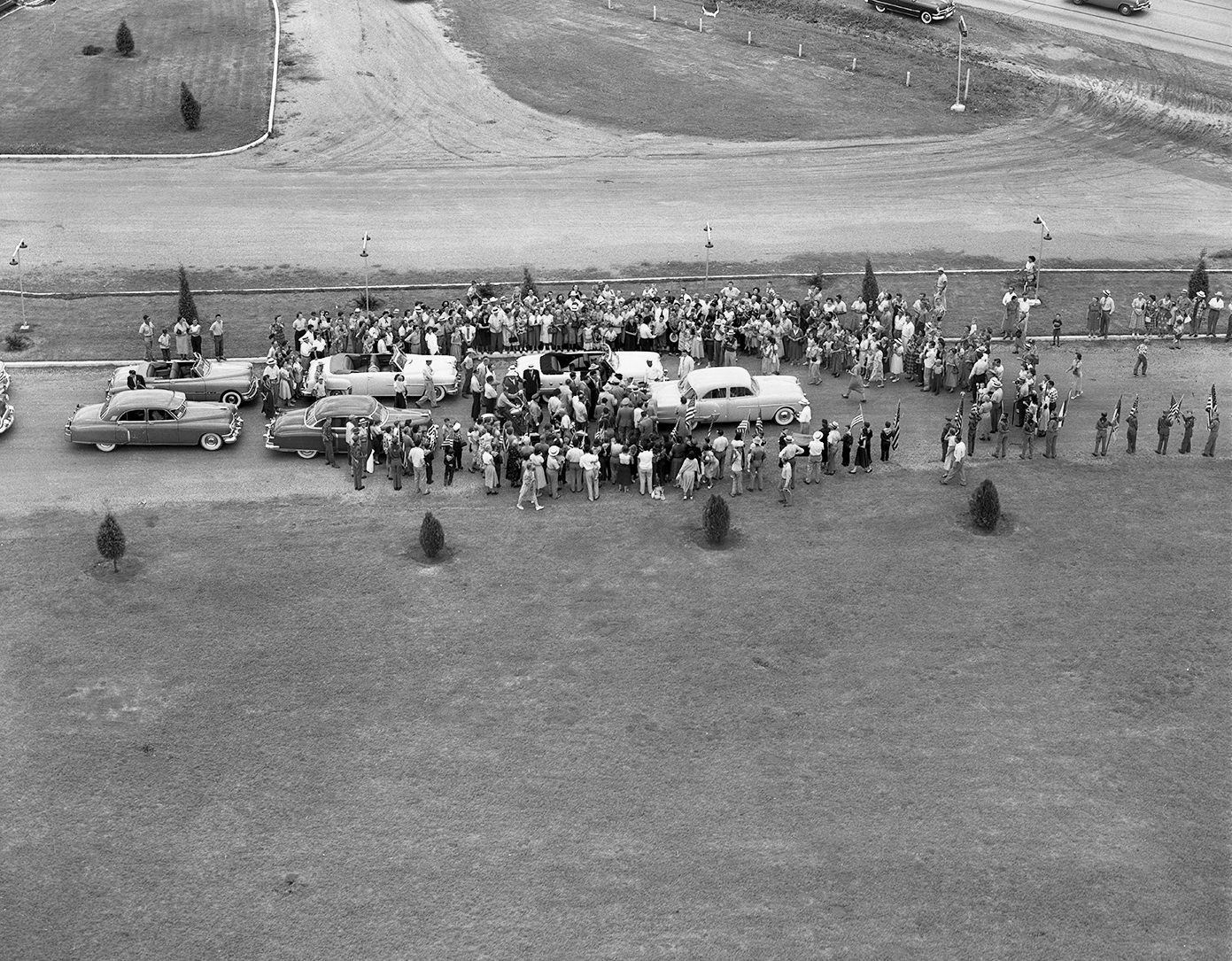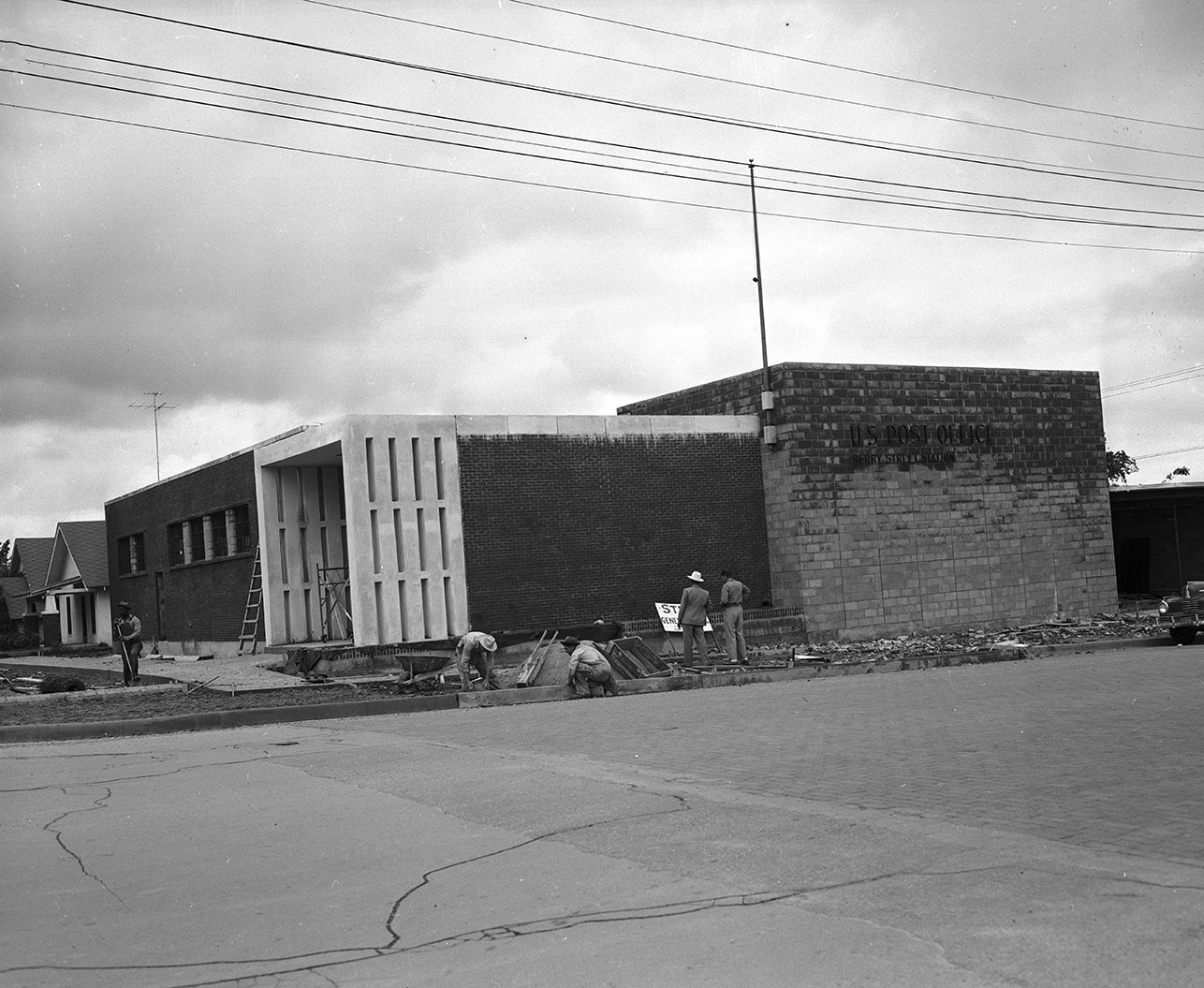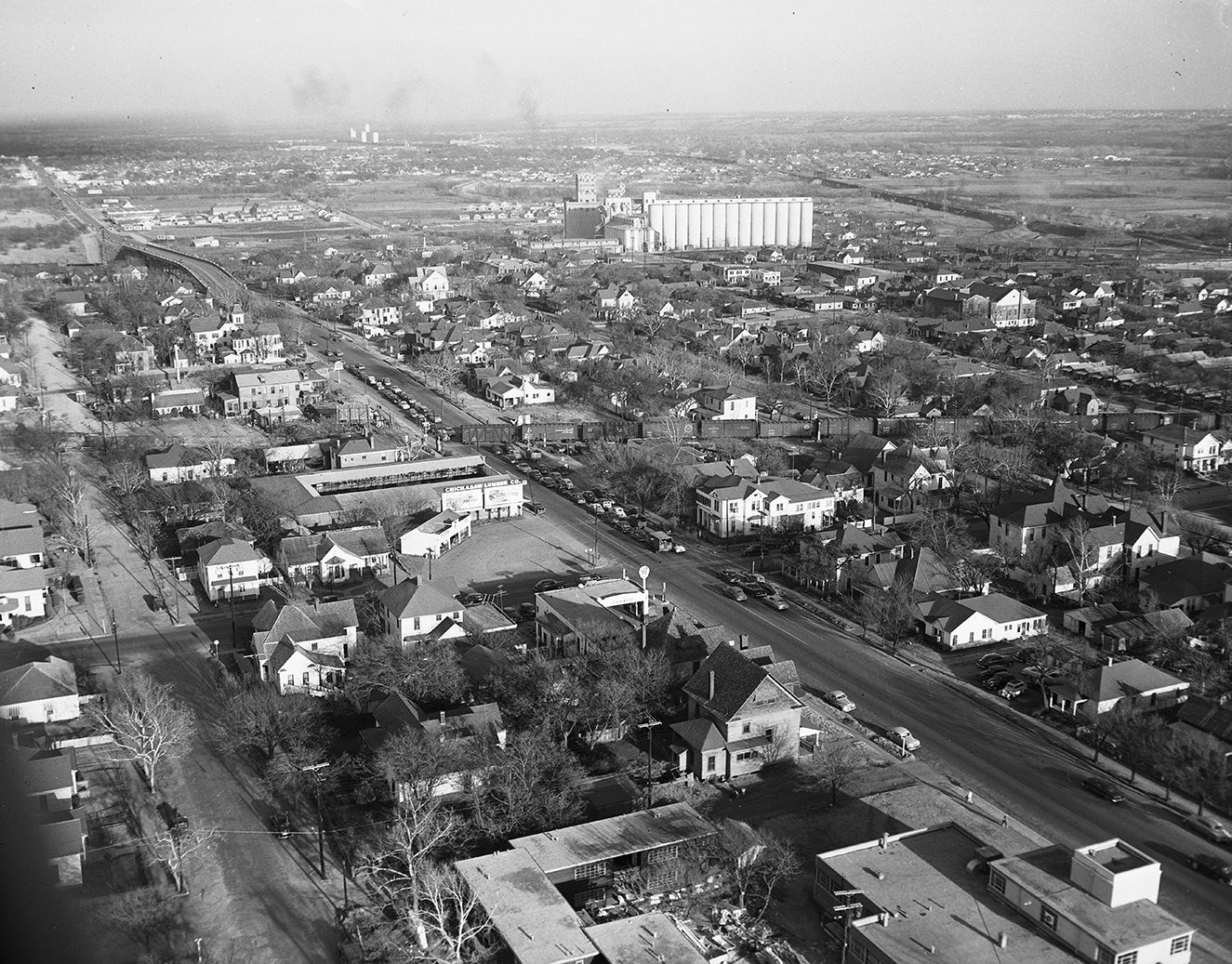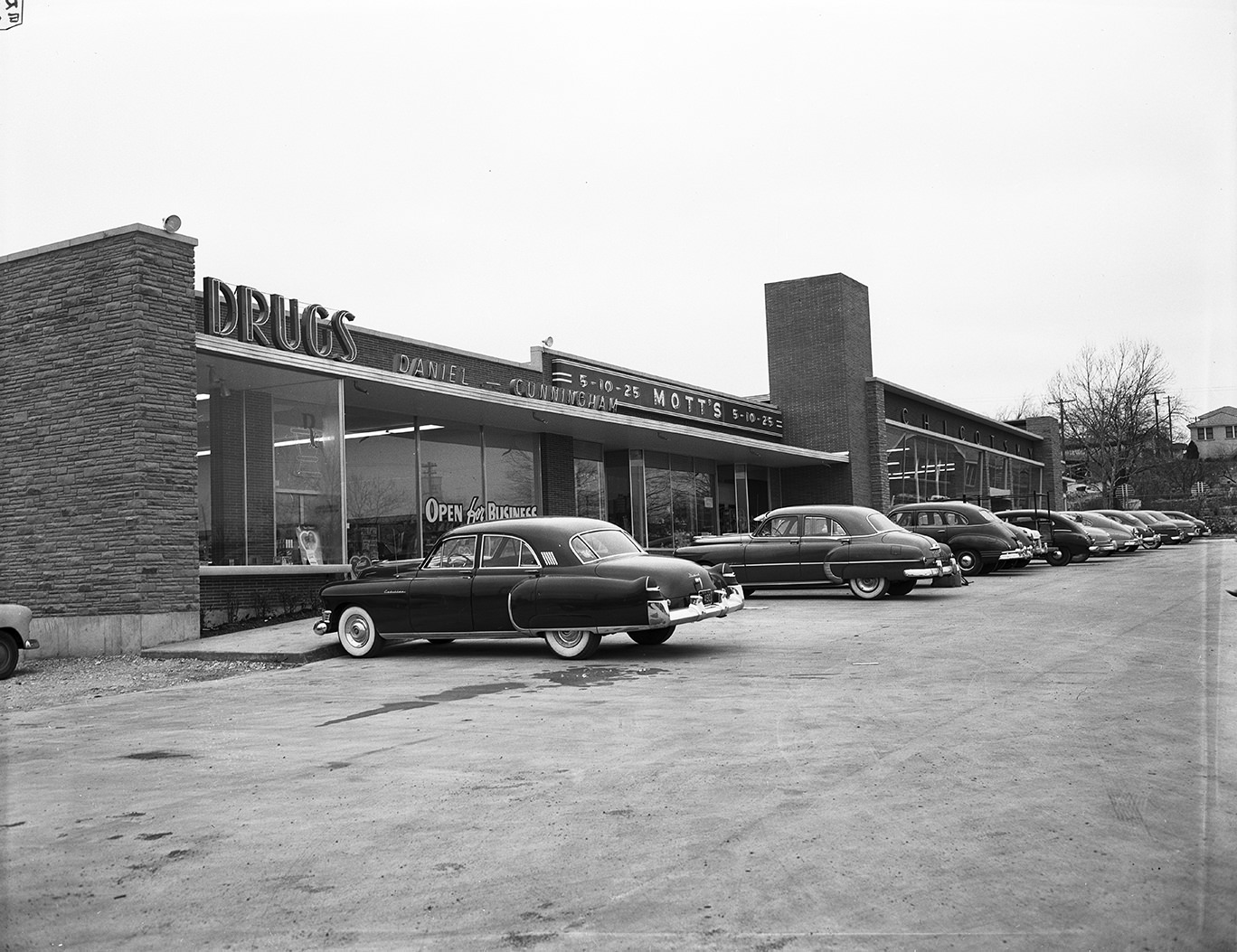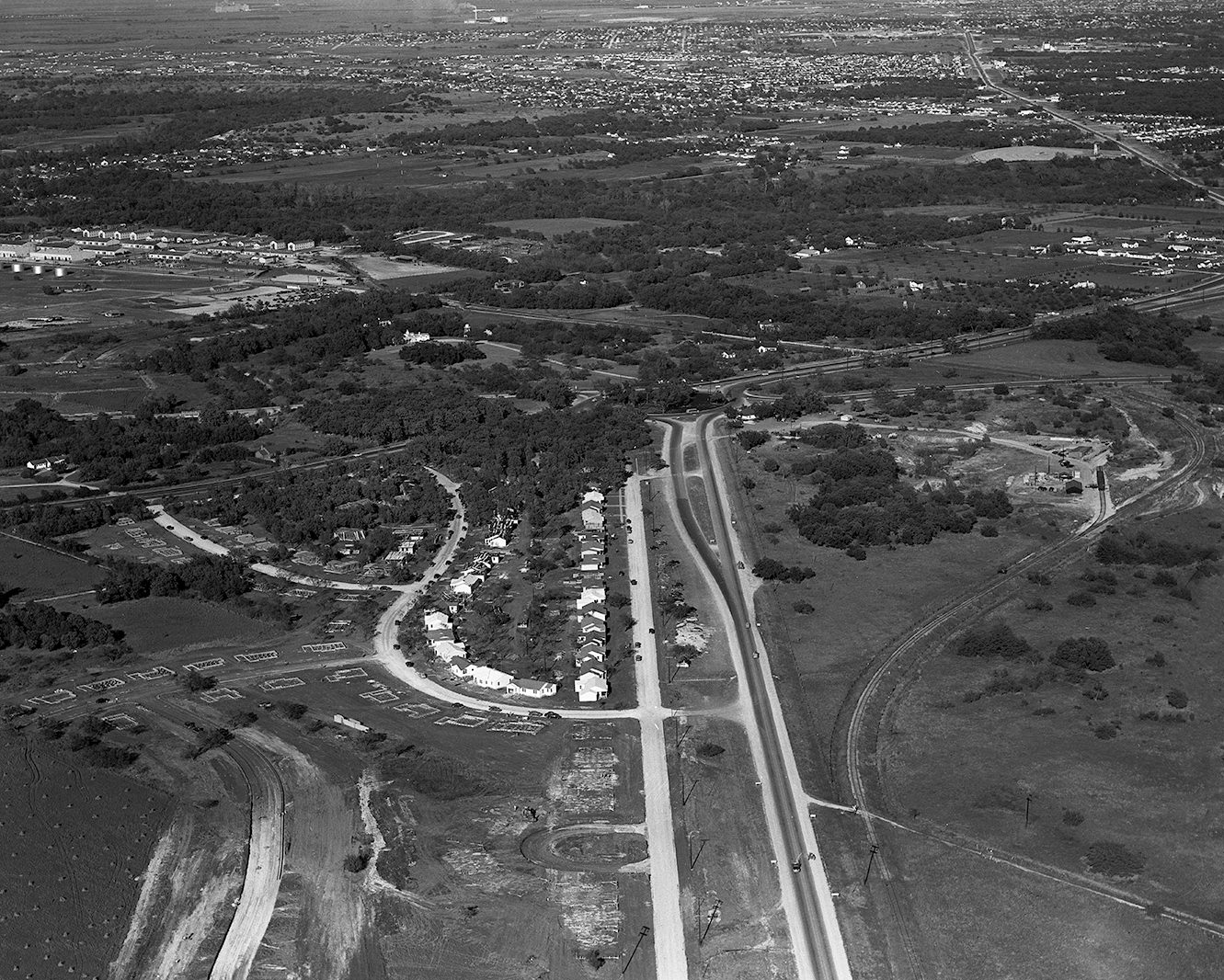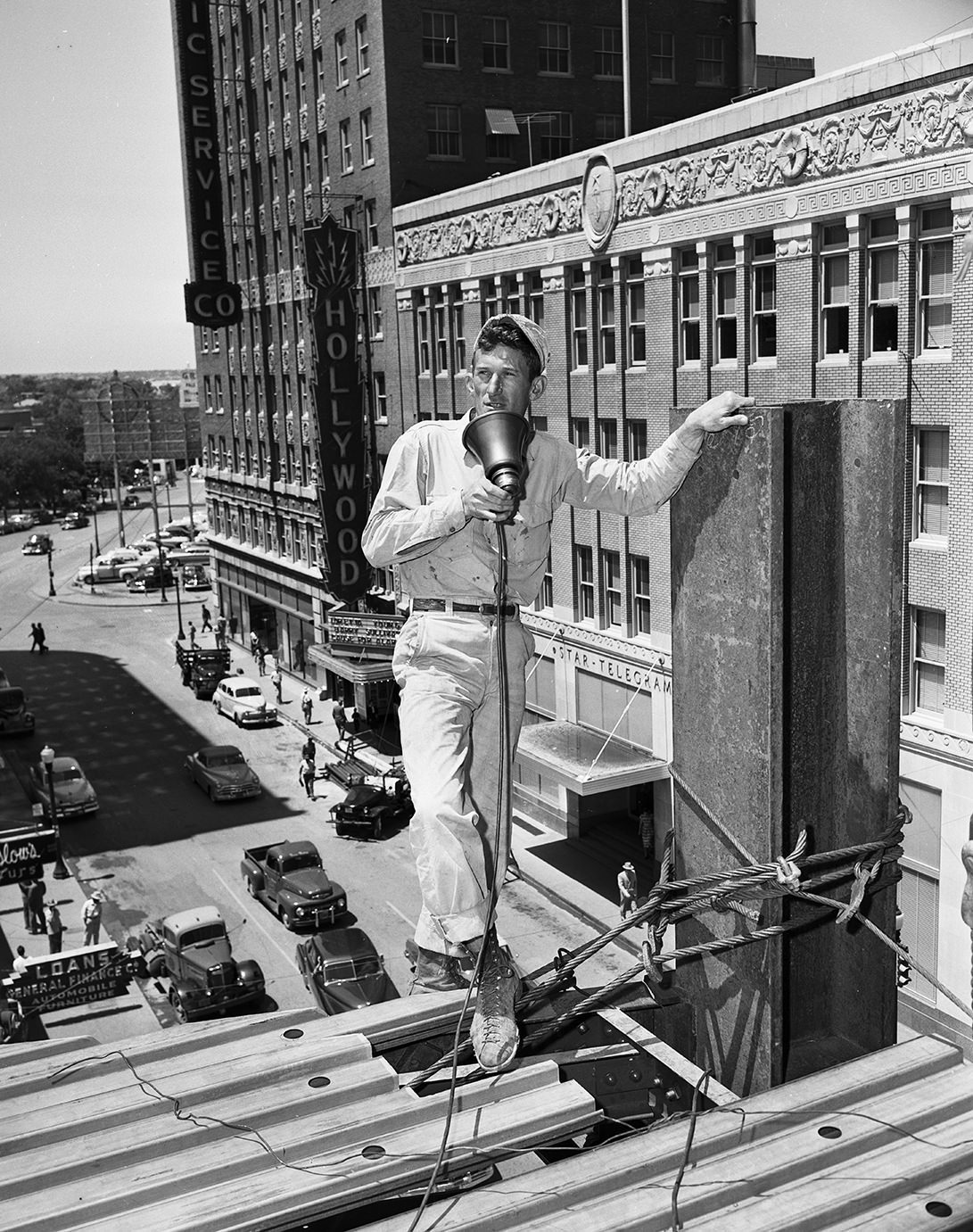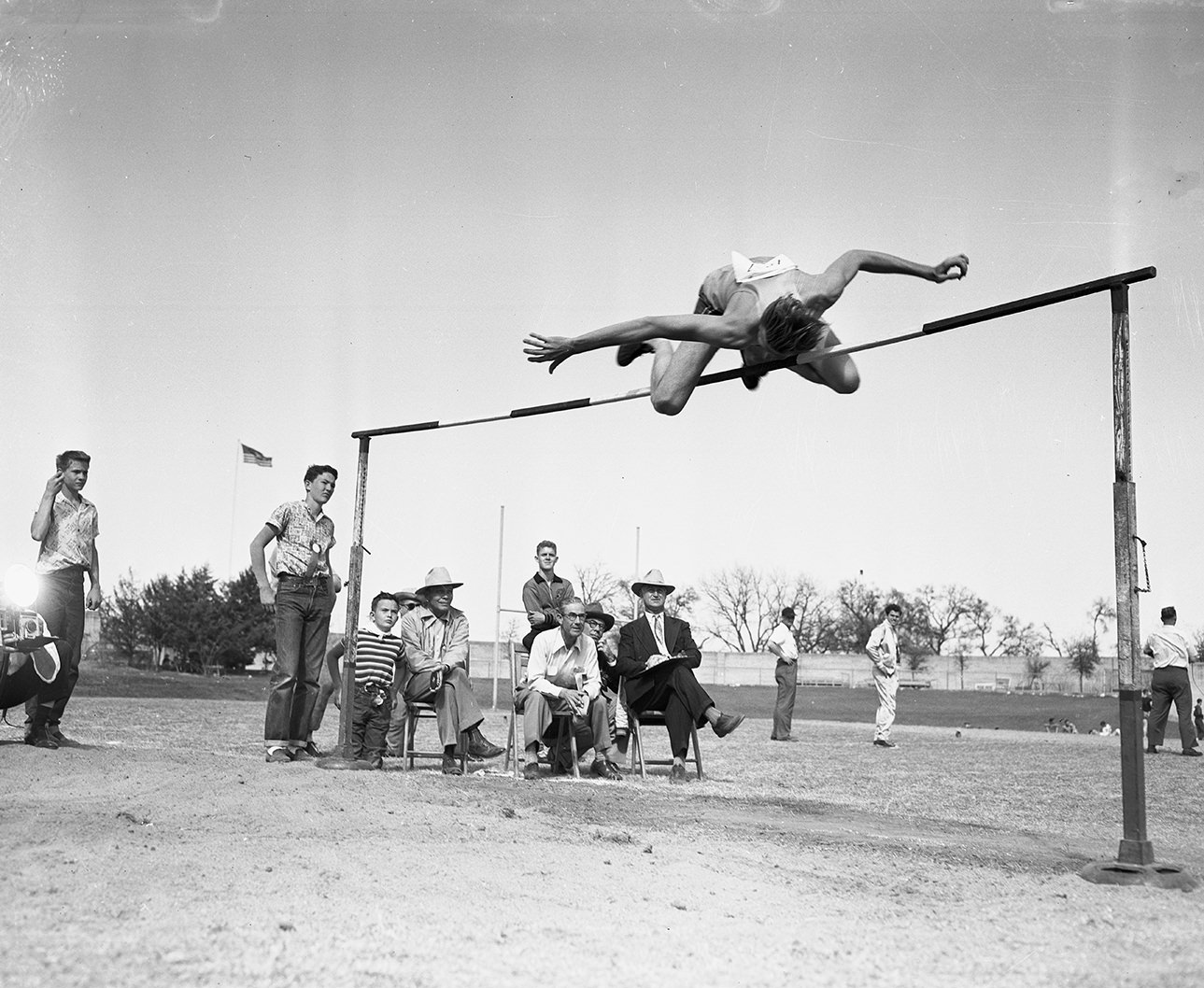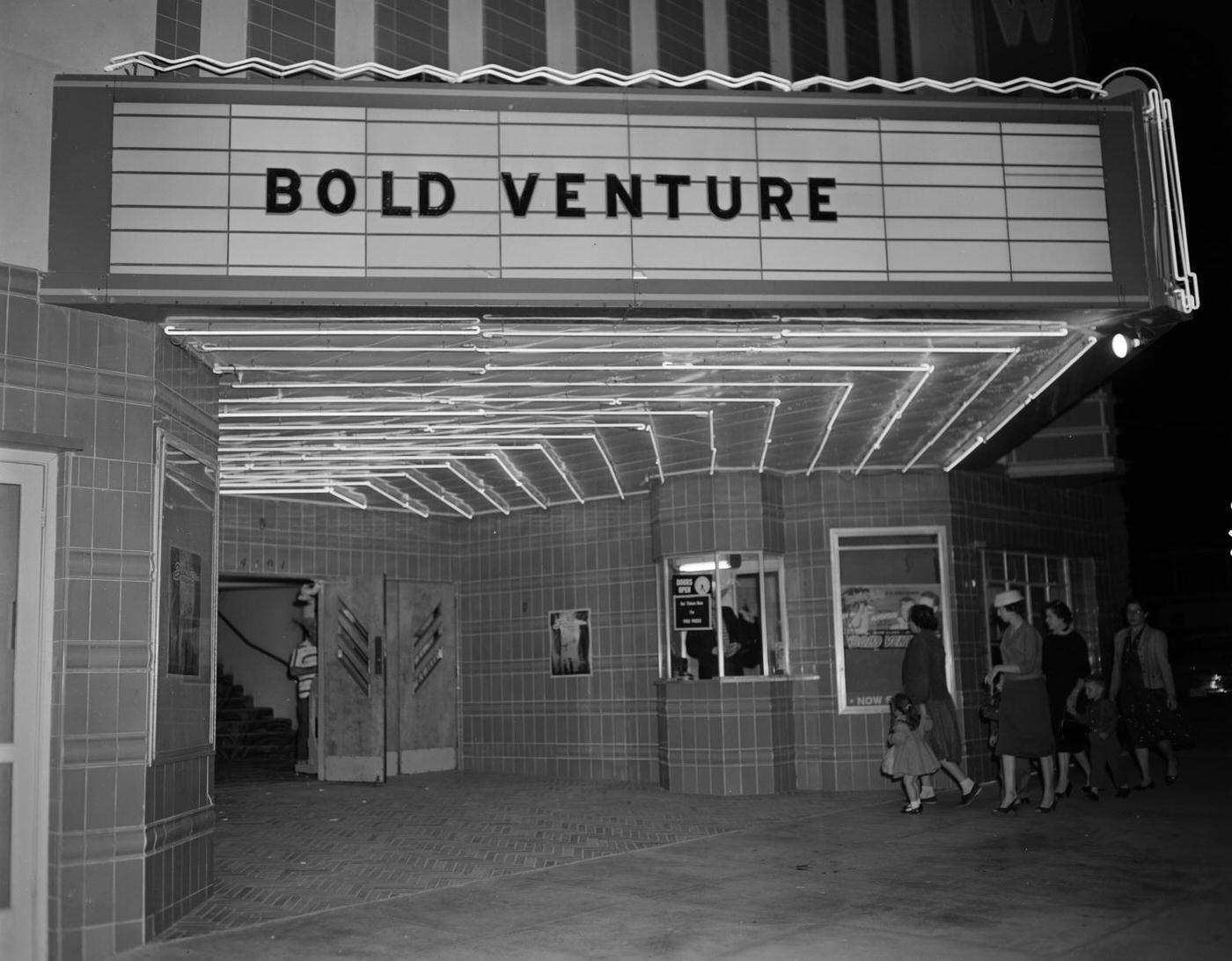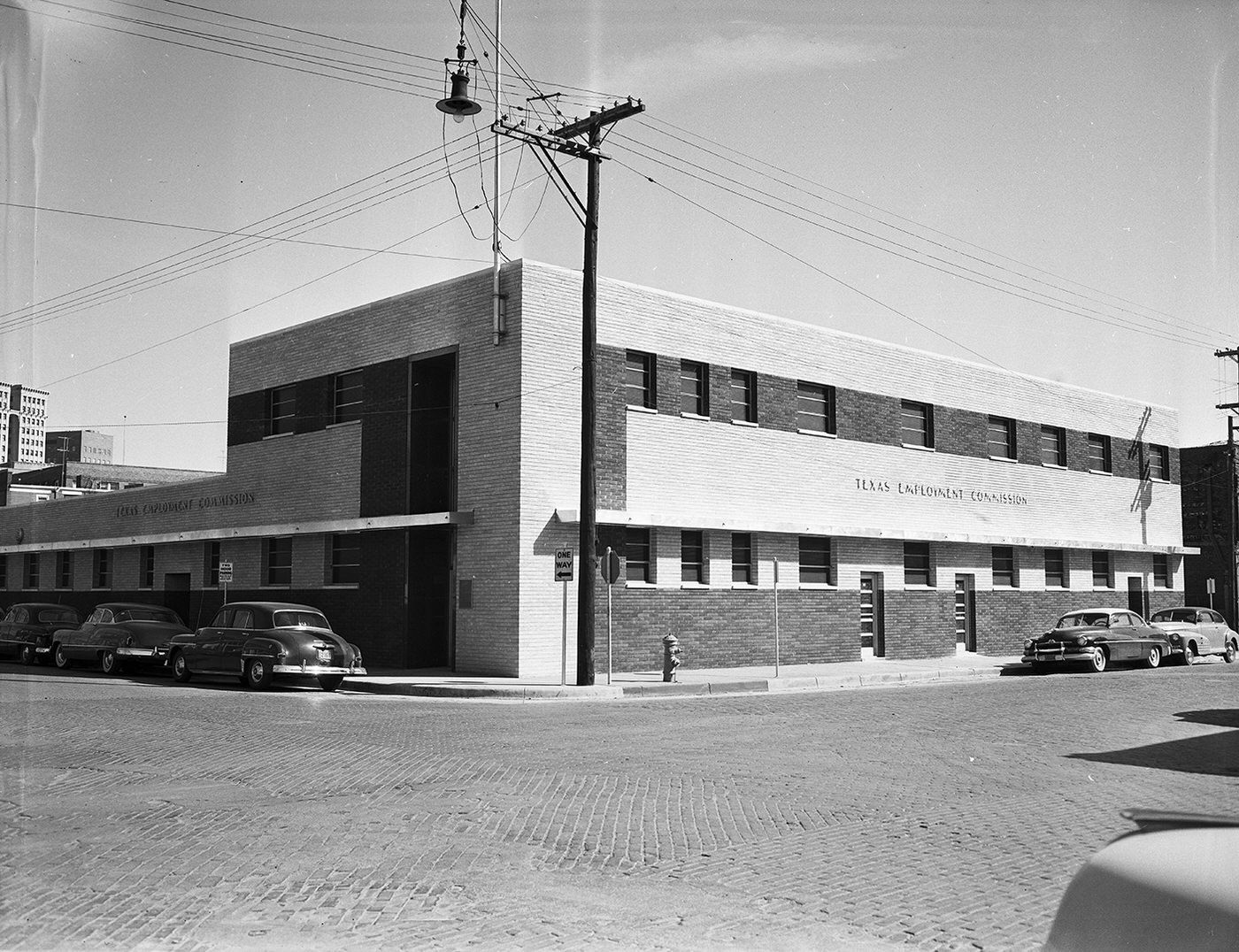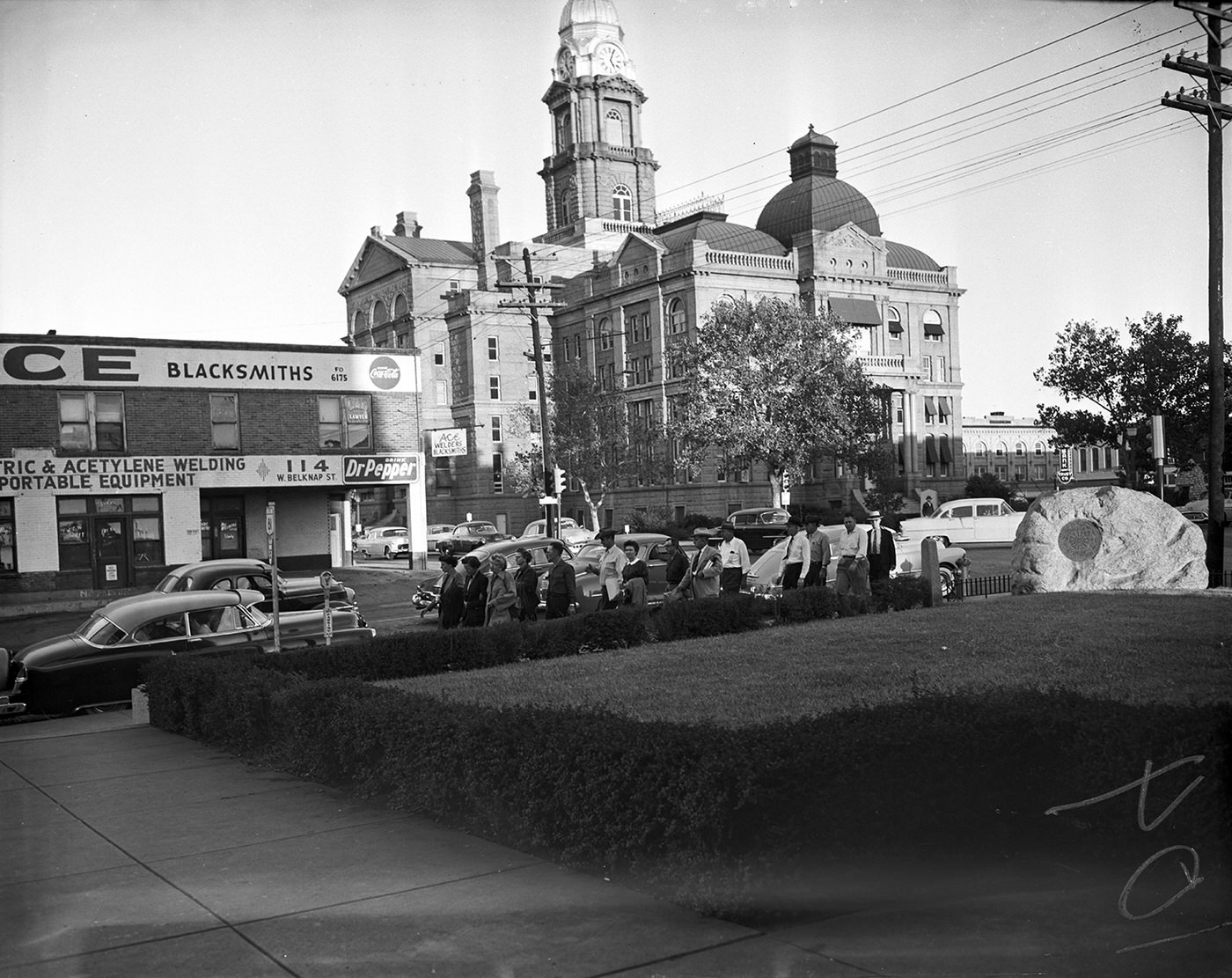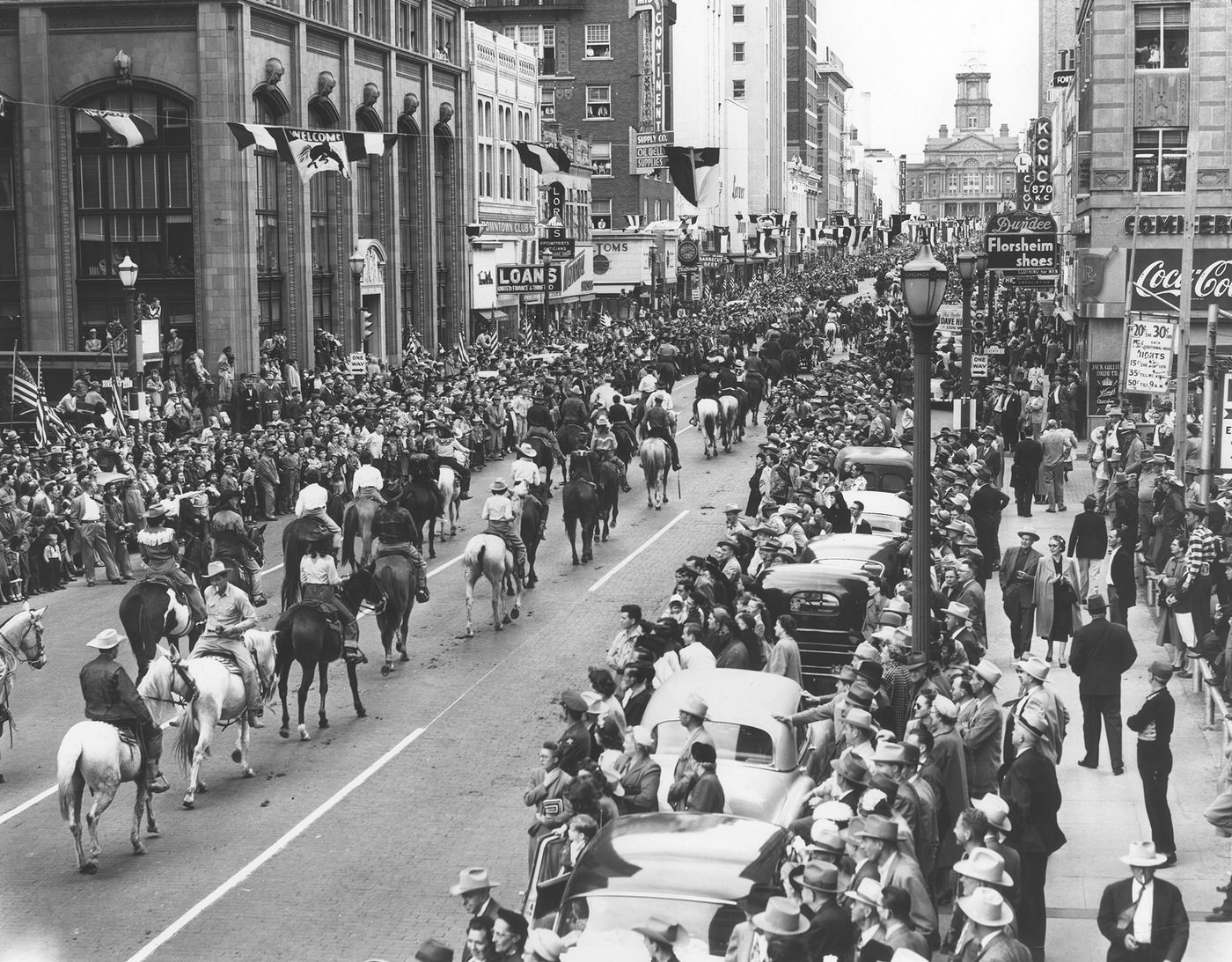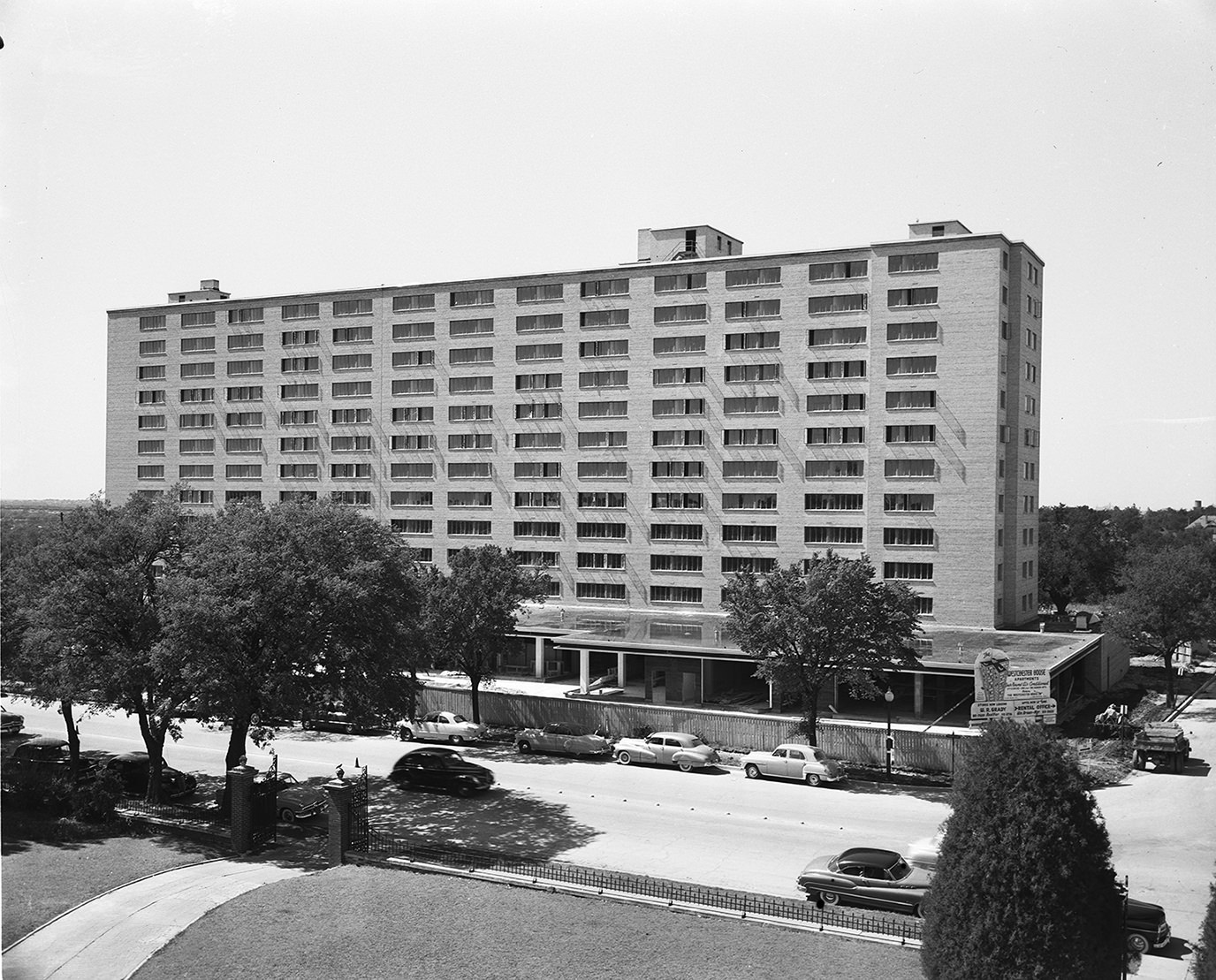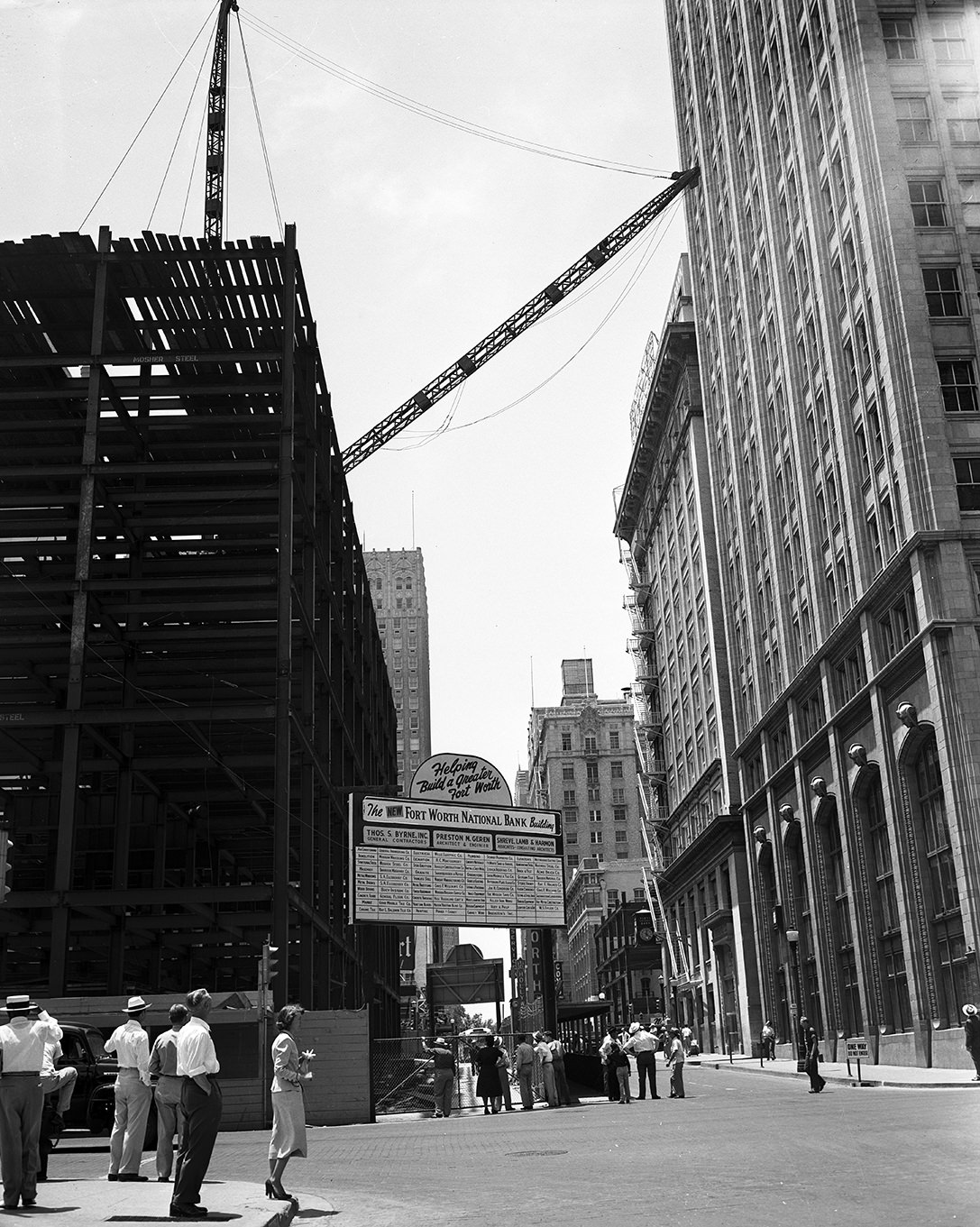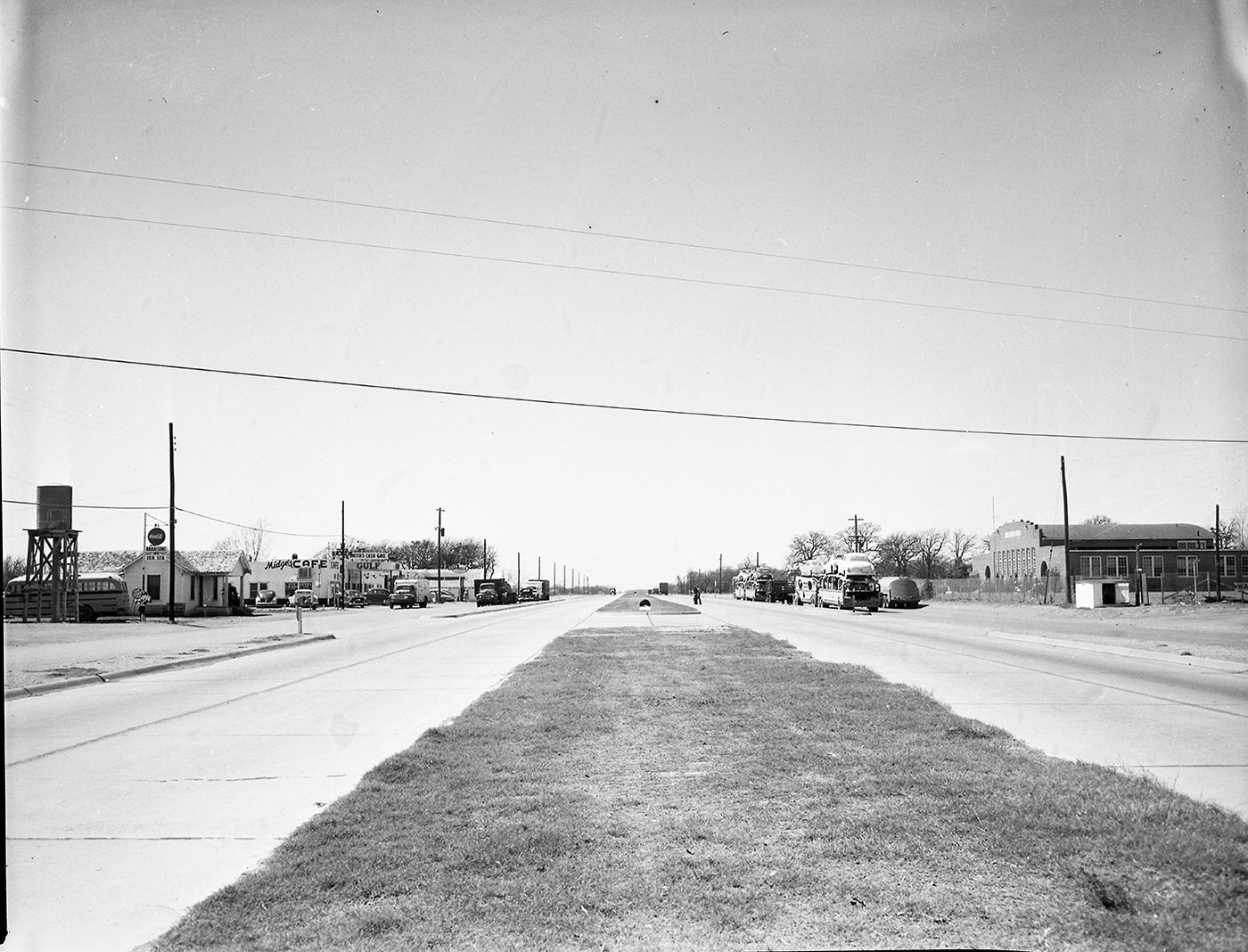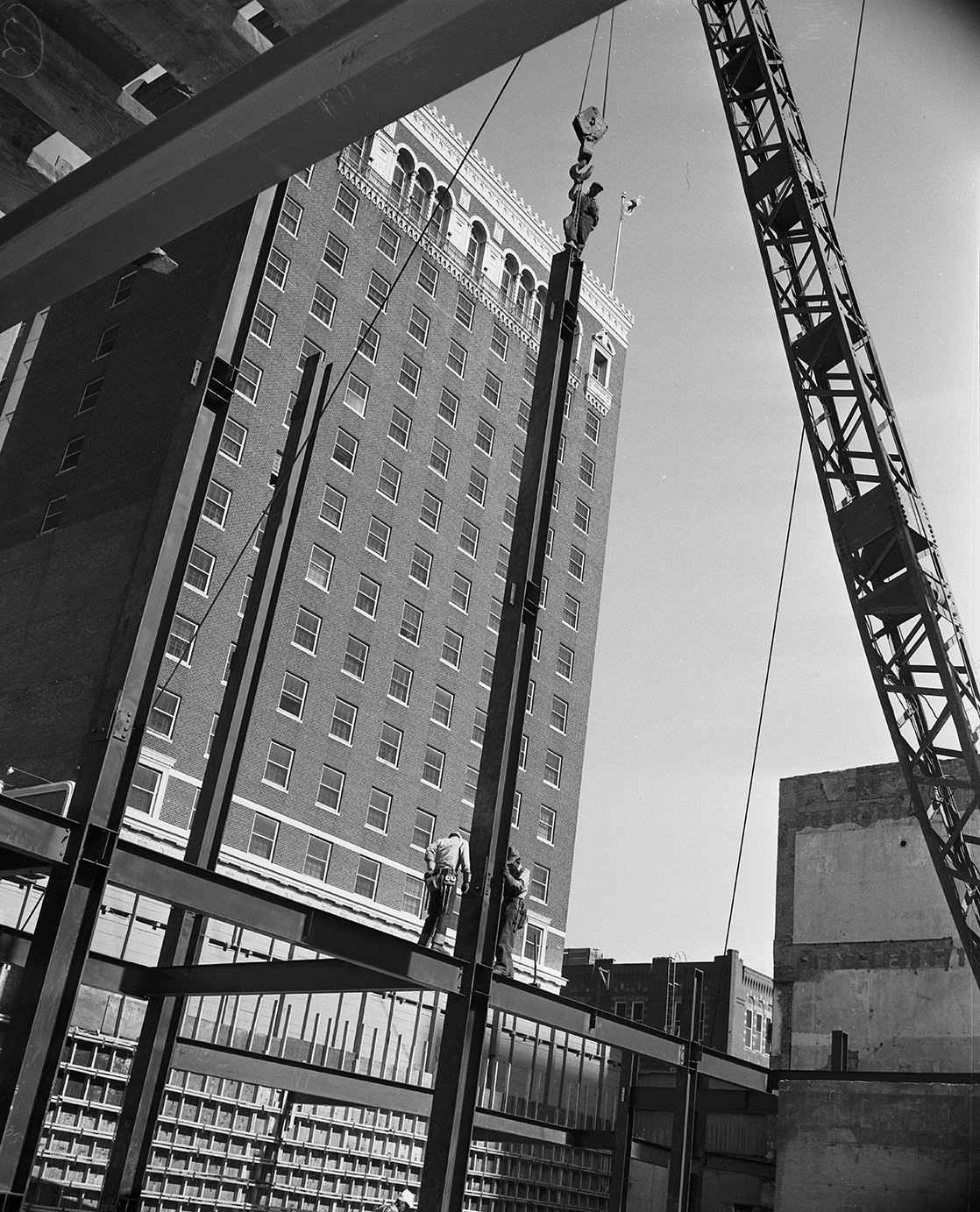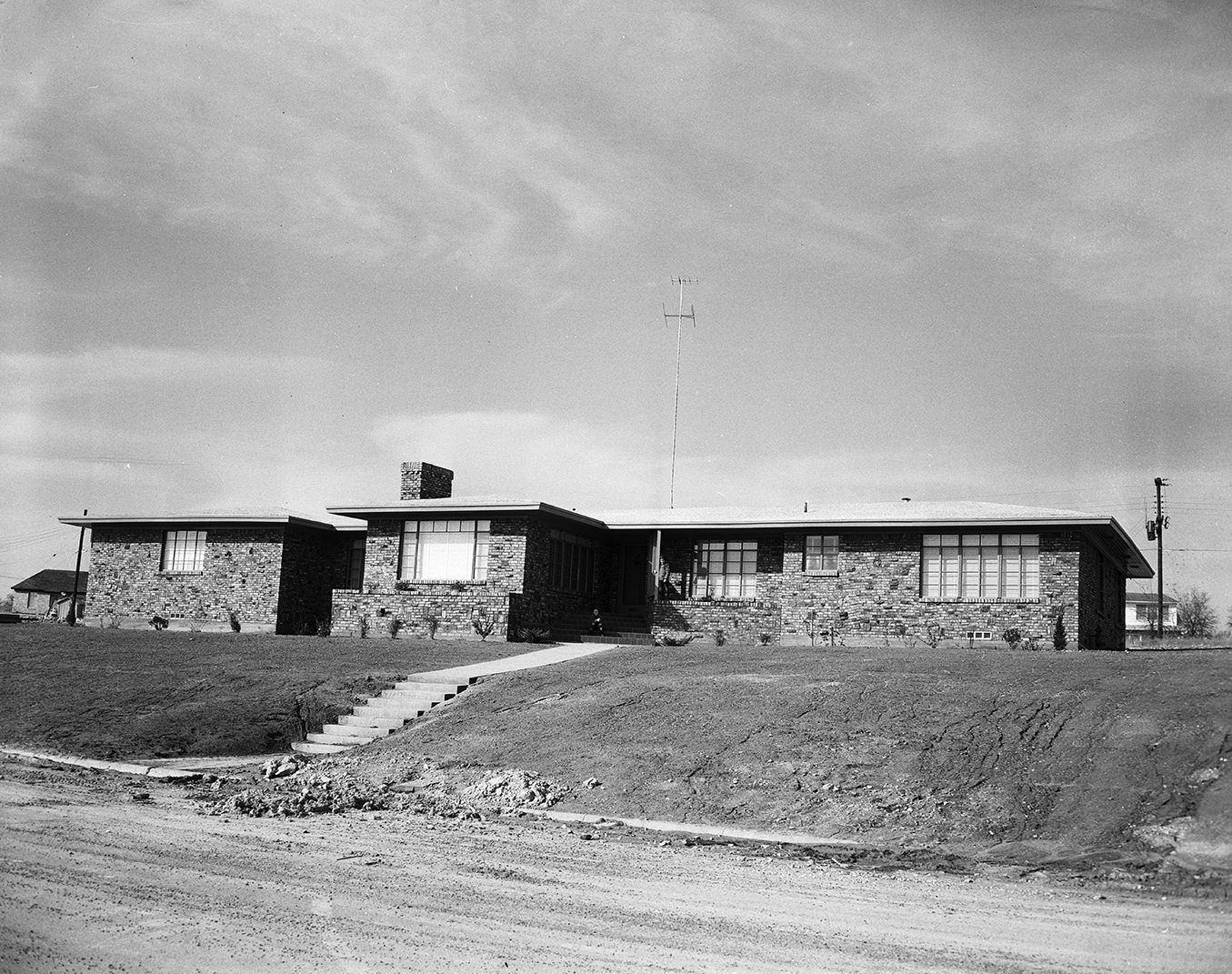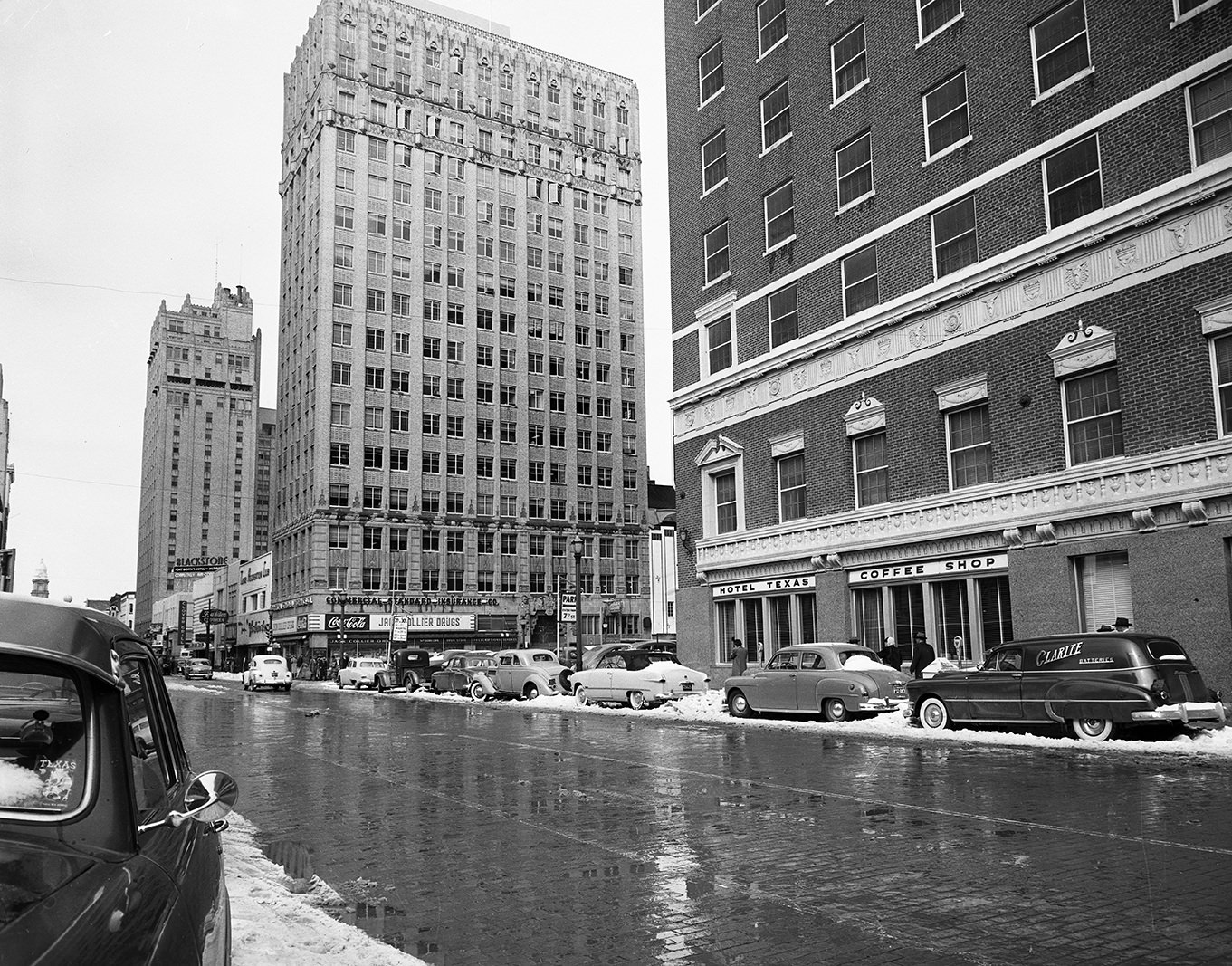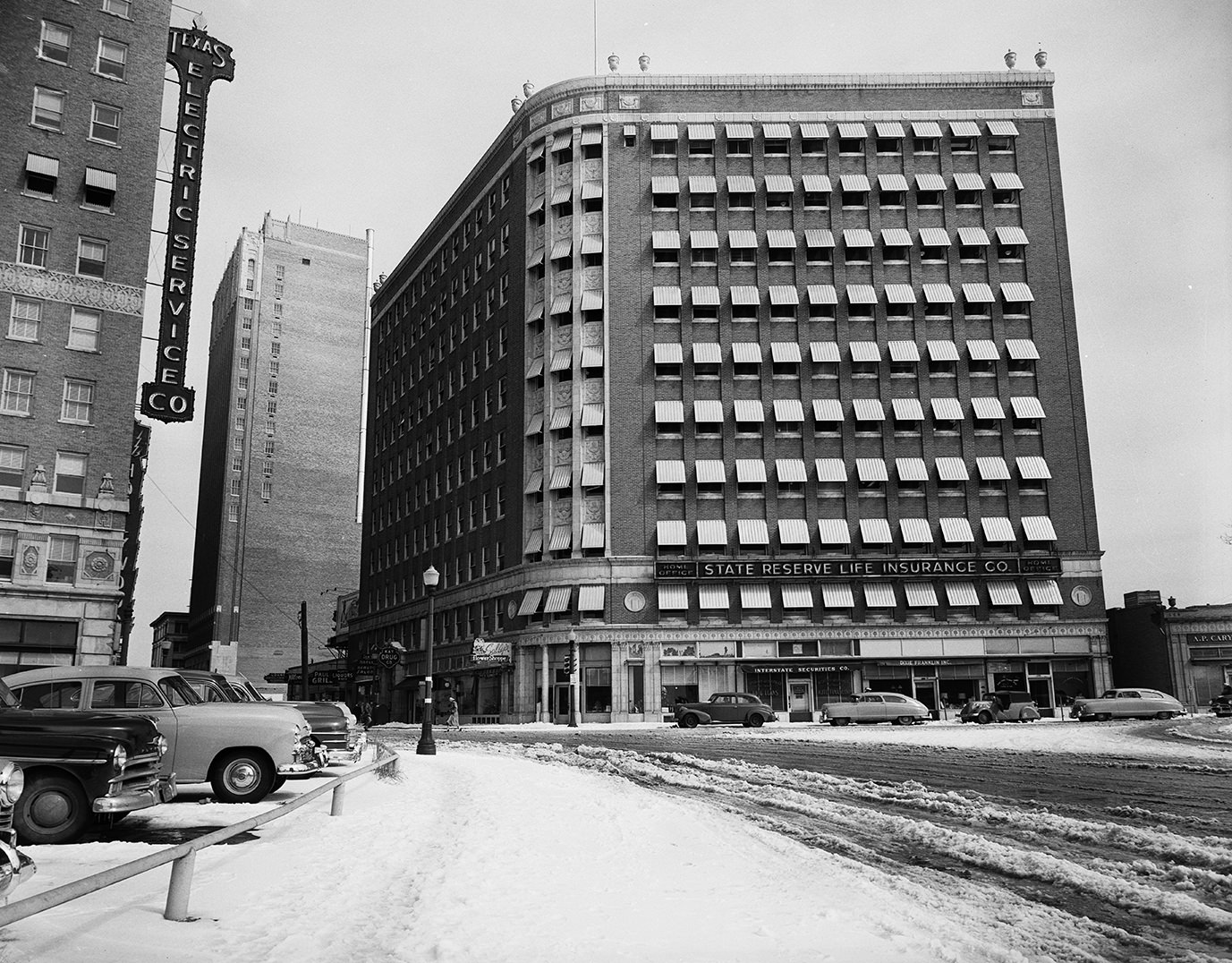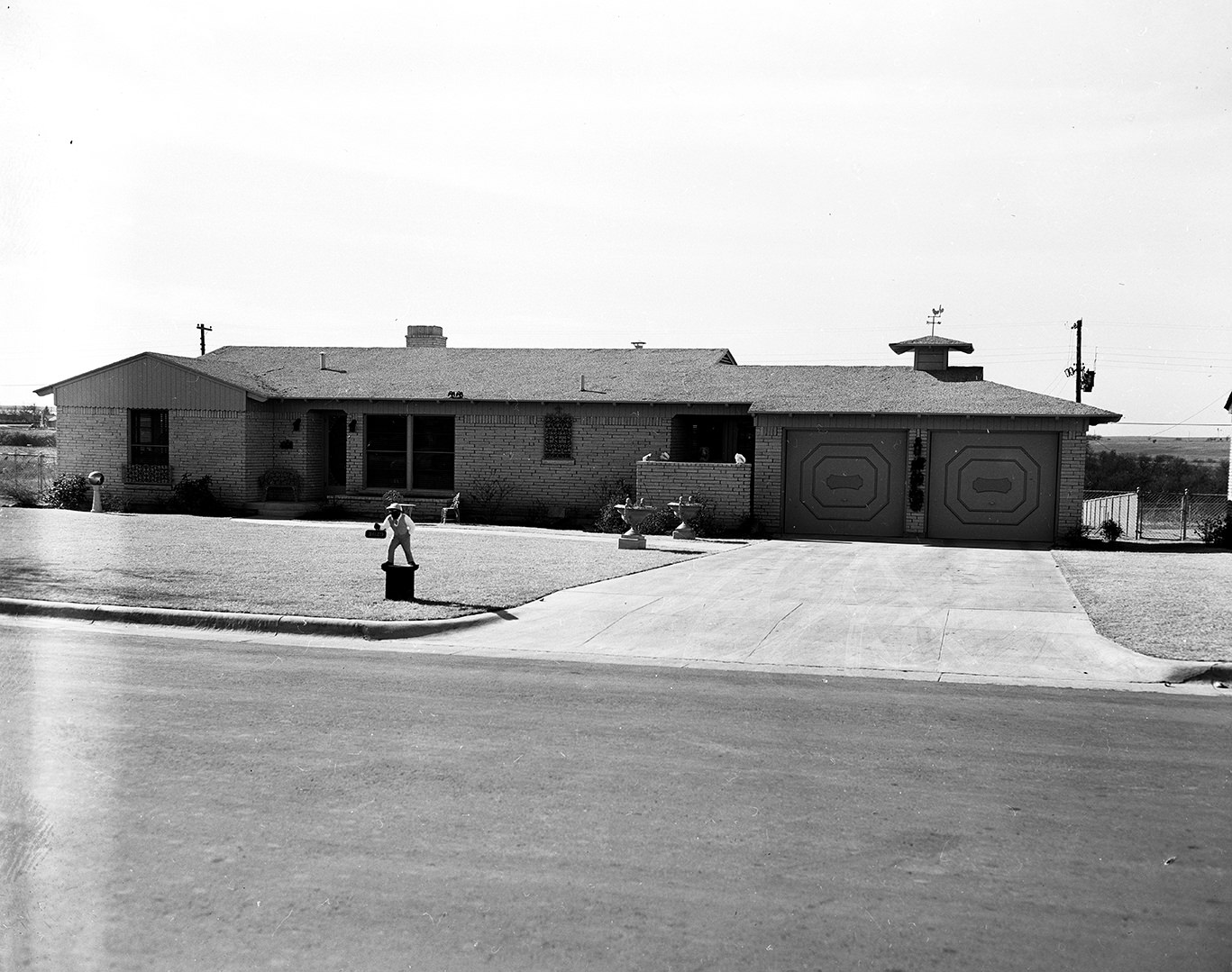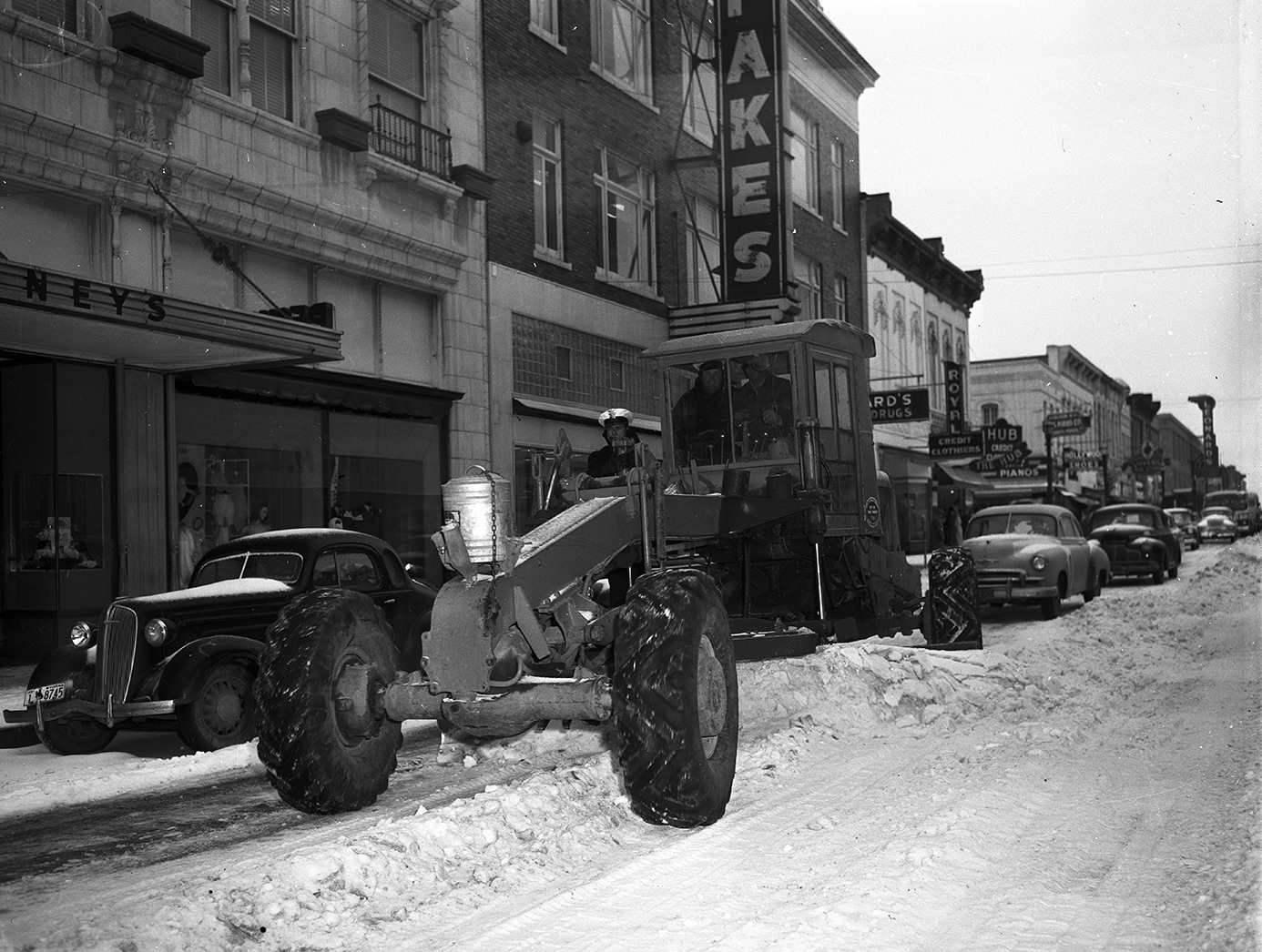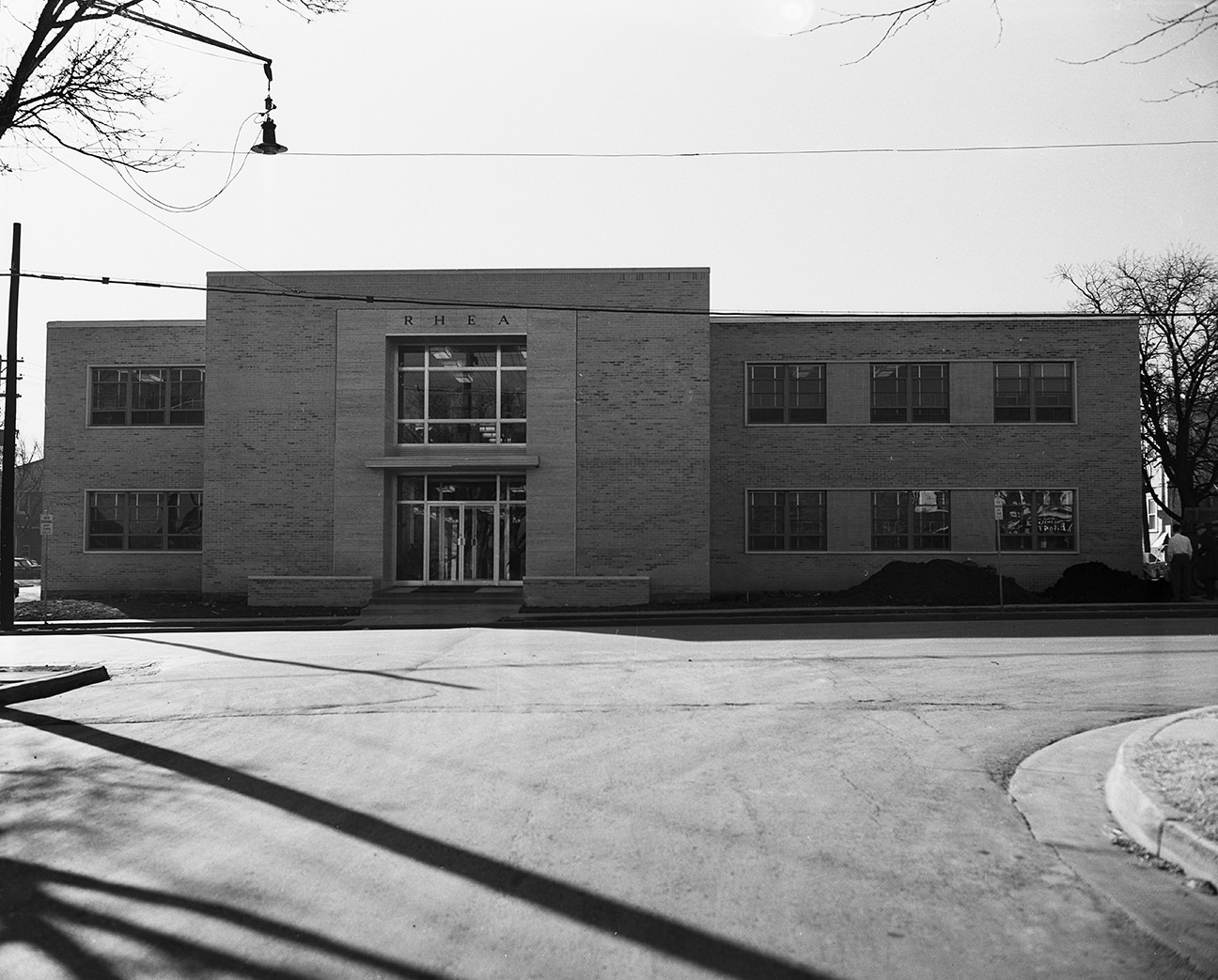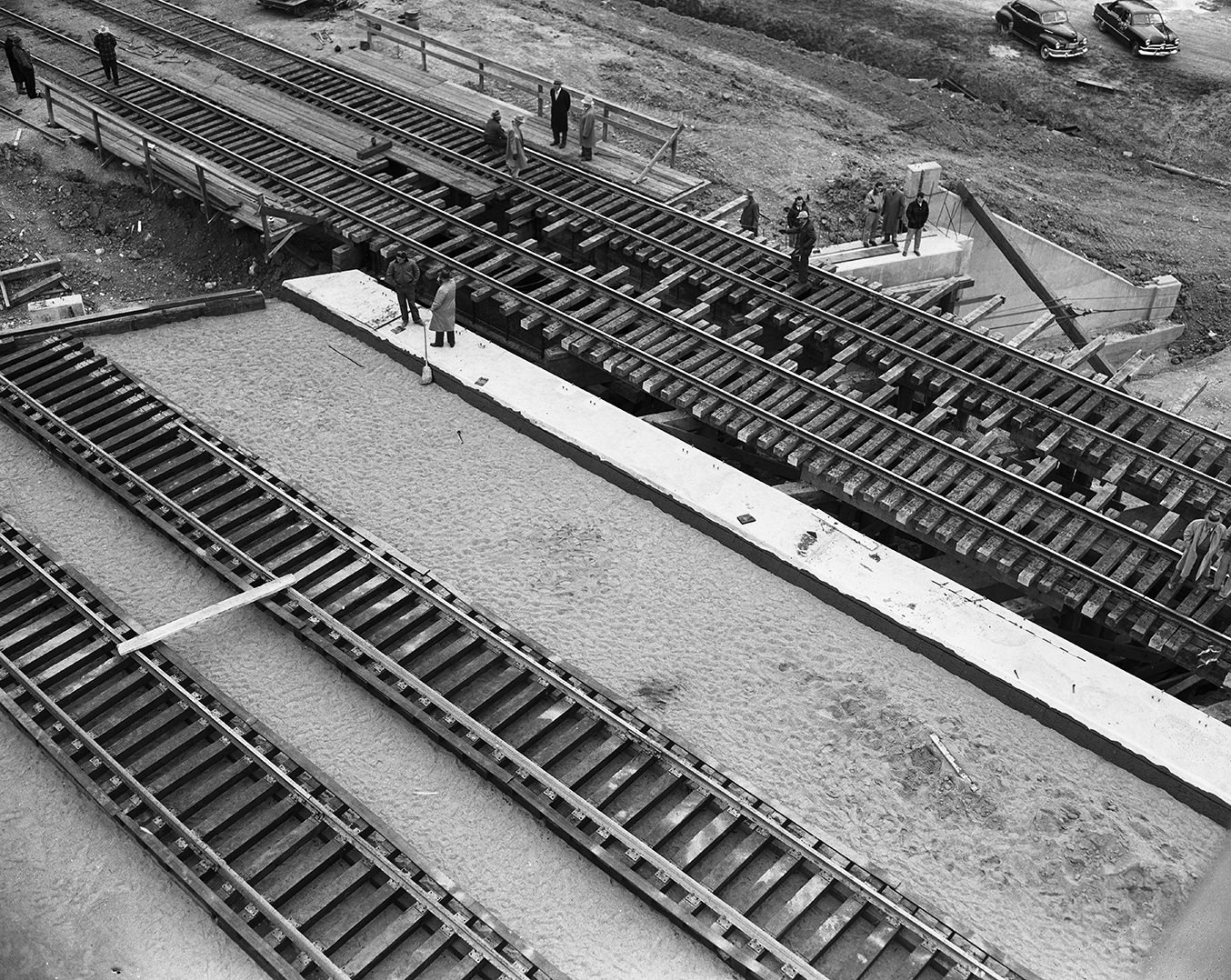Fort Worth, Texas, in the 1950s was a city looking towards the future while still holding onto its past. The decade after World War II brought significant changes across the United States, and Fort Worth was part of this transformation. It was a time of economic growth for many, increasing car ownership, the spread of television, and the expansion of the city outwards.
Coming out of the Great Depression and World War II, the 1950s were generally a period of prosperity for Fort Worth compared to the hardships of the 1930s. The city’s traditional connection to the cattle industry through the Fort Worth Stockyards remained important, with livestock continuing to move through the market and packing plants employing many workers. However, new industries grew in importance, changing the face of the city’s economy.
A major driver of Fort Worth’s economy in the 1950s was the aviation and defense industry. With the Cold War developing, the production of military aircraft became a significant part of the city’s activity. Large companies, like Convair (which later became part of General Dynamics), had major plants in Fort Worth. These facilities employed thousands of people, bringing new residents and economic stability to the area. The sight of large aircraft being built and tested was a visible sign of this important industry.
Read more
The physical landscape of Fort Worth began to change noticeably in the 1950s due to increased car ownership and a growing population. While Downtown Fort Worth remained a central hub for businesses, shopping, and entertainment with its taller buildings and busy streets, many people started moving to areas outside the city center. New suburban neighborhoods developed rapidly on what had been farmland.
These suburban areas featured rows of newly built houses, often on larger lots than in older city neighborhoods. Shopping centers with grocery stores and other retail businesses began to appear in the suburbs, offering convenience closer to where people lived. This outward expansion was a defining characteristic of Fort Worth’s growth in the 1950s.
Transportation in the 1950s became increasingly centered around the automobile. More families owned cars, and people relied on them to get to work, go shopping, and travel. The development of a highway system began to connect different parts of the city and link Fort Worth to other cities, making car travel faster for longer distances. While public transportation like buses was still used, the convenience of personal cars led to changes in how people moved around the city.
Daily life for residents in the 1950s included new elements that shaped how families spent their time. For those living in the growing suburbs, life often revolved around the home, family activities, and neighborhood connections. Television became a common form of entertainment in many households, bringing shows and news directly into people’s living rooms. New consumer goods, from kitchen appliances to cars, were more widely available, reflecting the era’s increasing focus on consumerism.
Fort Worth had important institutions and landmarks during the 1950s. The Stockyards continued to be a place for livestock shows and rodeos, connecting the city to its Western roots. Schools educated the growing population of children, and hospitals provided healthcare. Downtown featured prominent department stores, theaters showing movies, and office buildings that housed many businesses.
However, daily life in Fort Worth in the 1950s was also shaped by racial segregation. Like many cities in Texas and the American South, racial segregation was legally enforced and practiced in various aspects of life, including housing, education, and public facilities like parks, swimming pools, and transportation. African Americans and other minority groups faced discrimination and had limited access to opportunities and public spaces. Separate facilities and unequal treatment were realities of the time.



